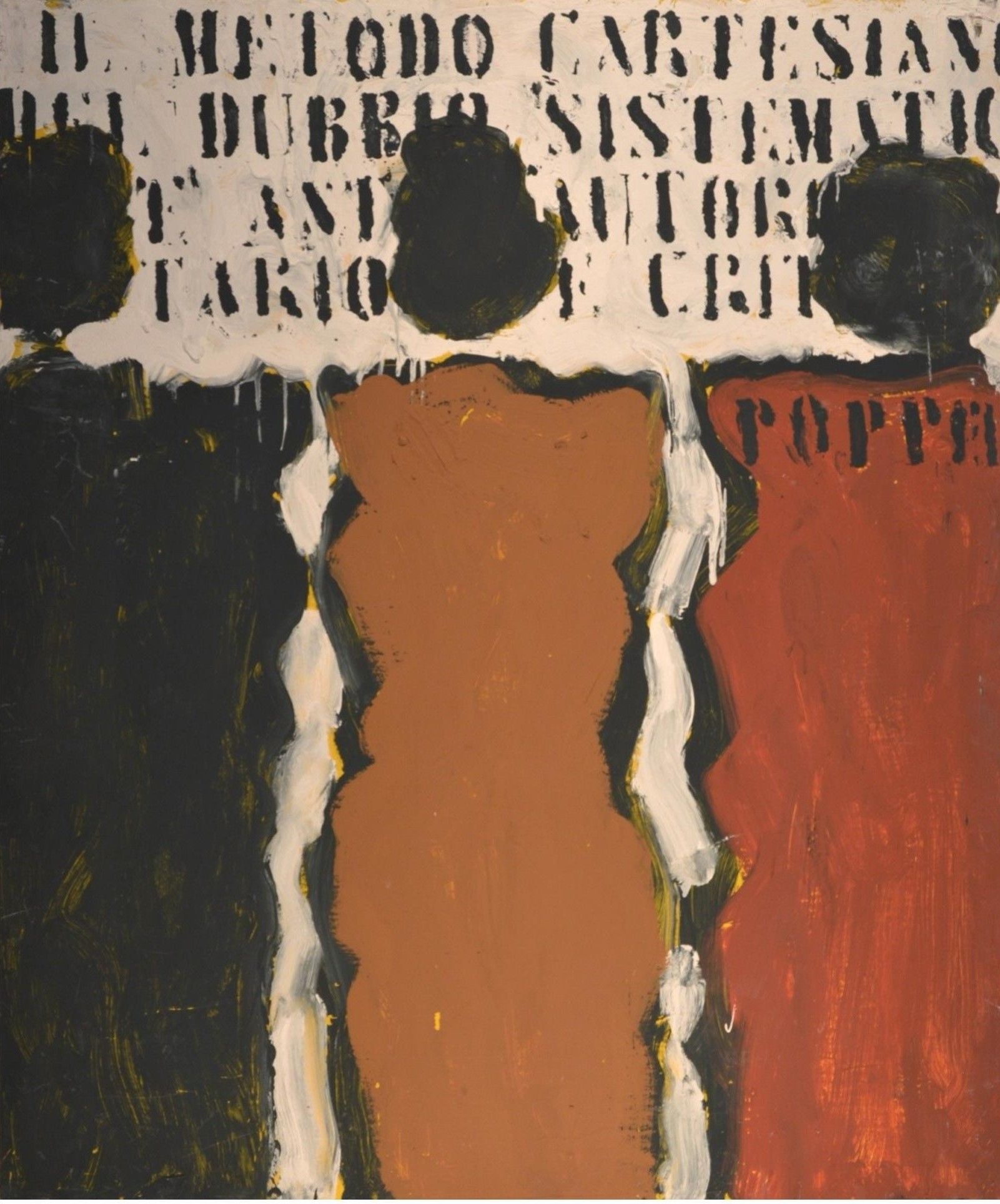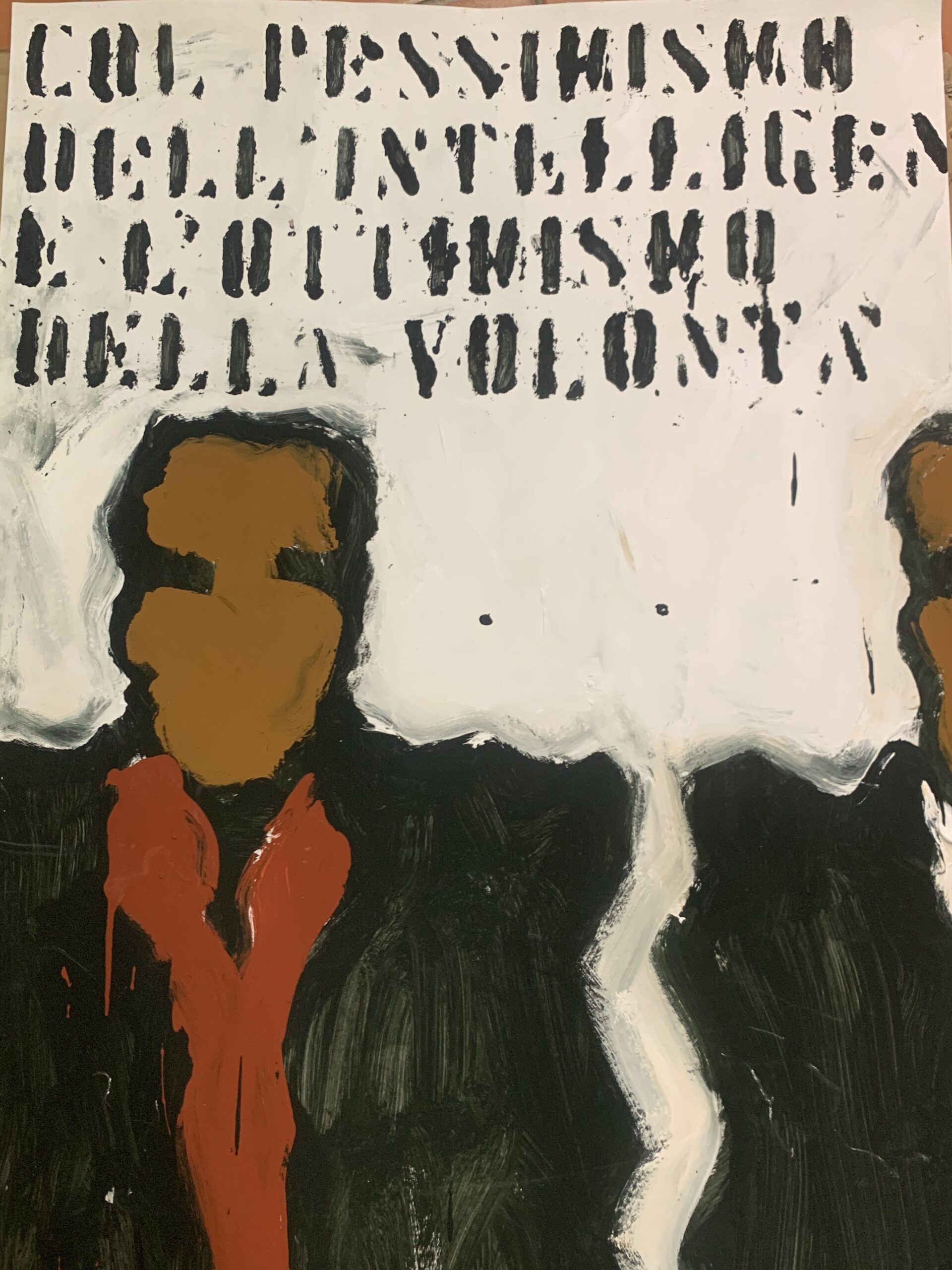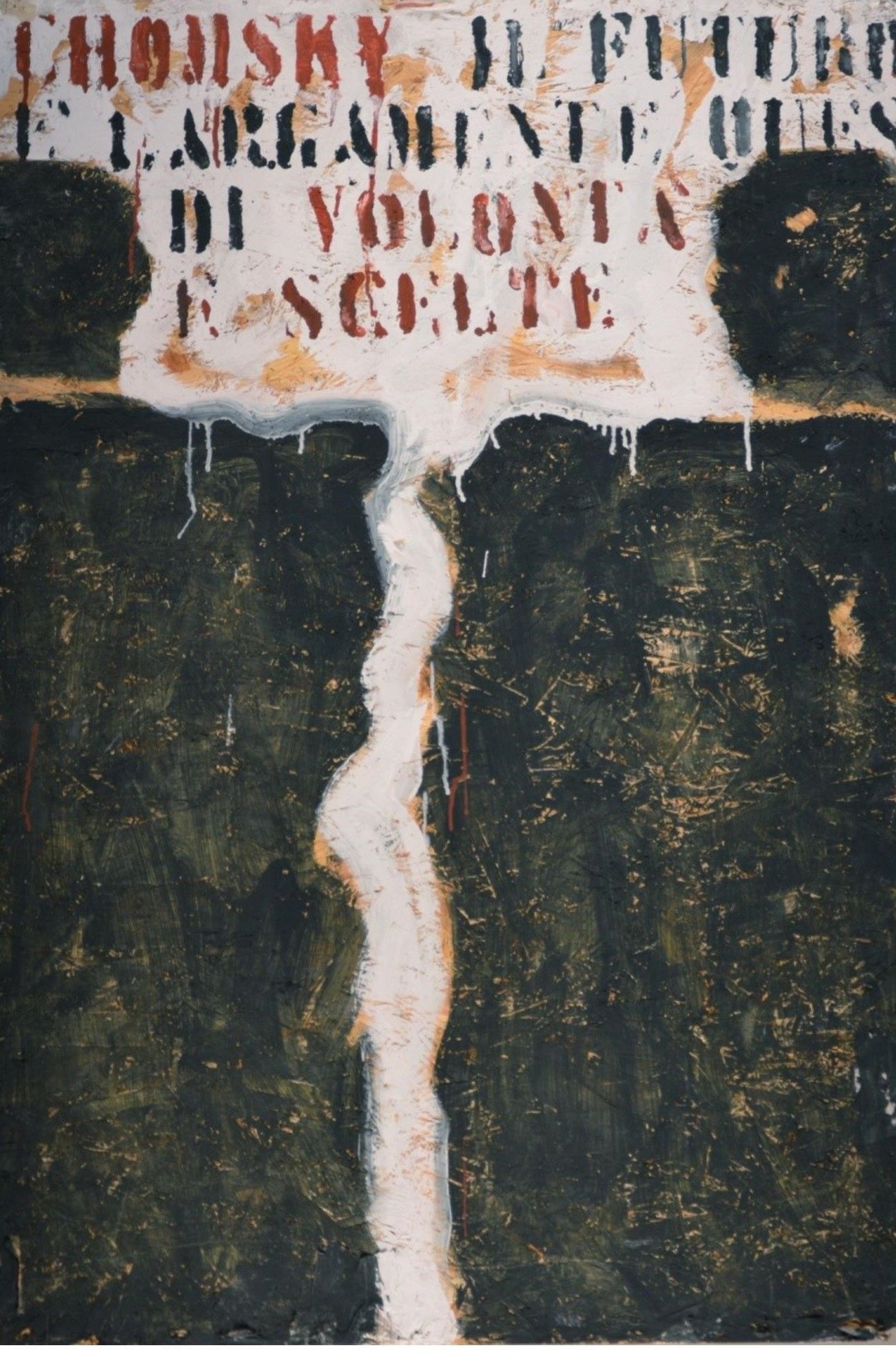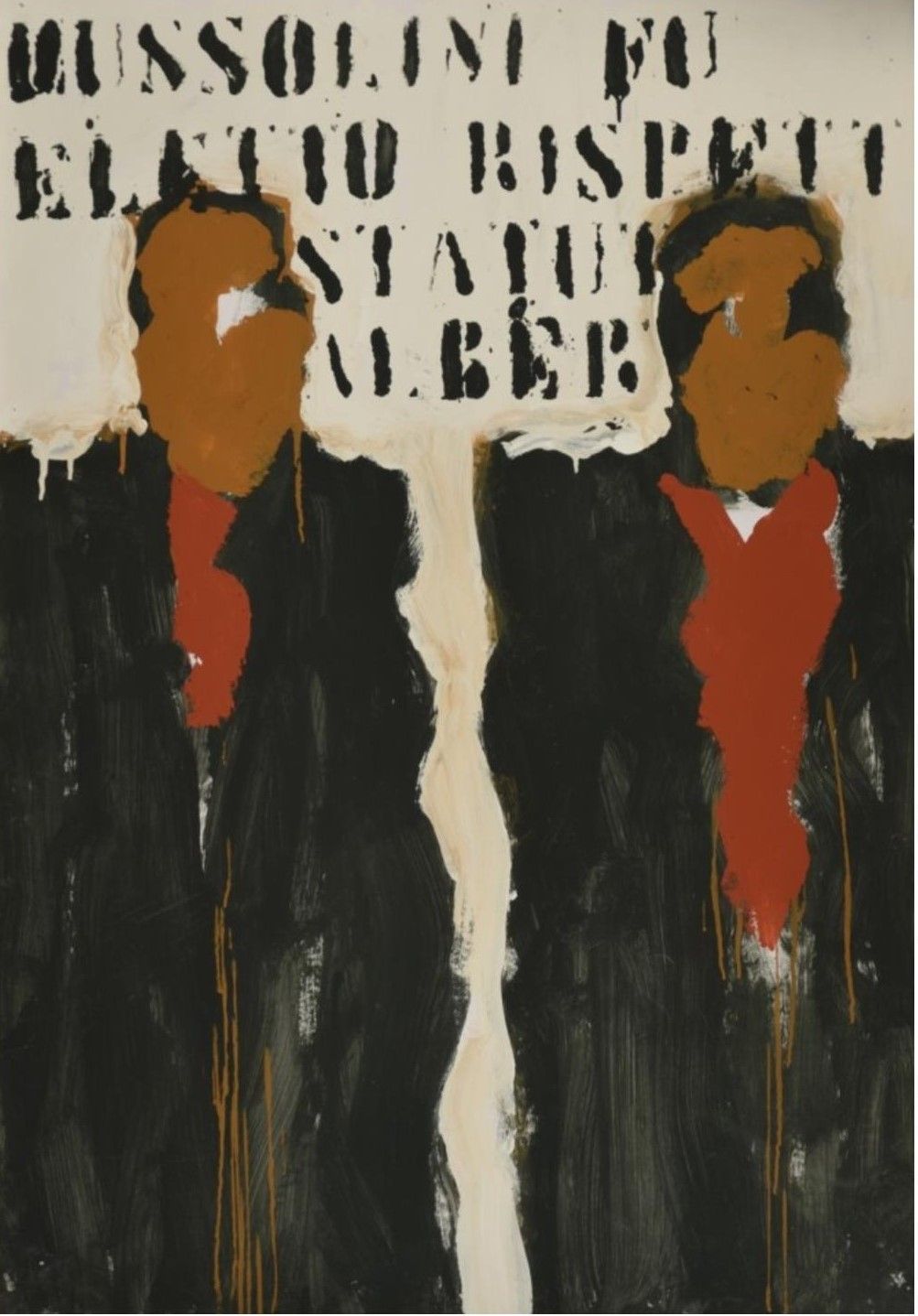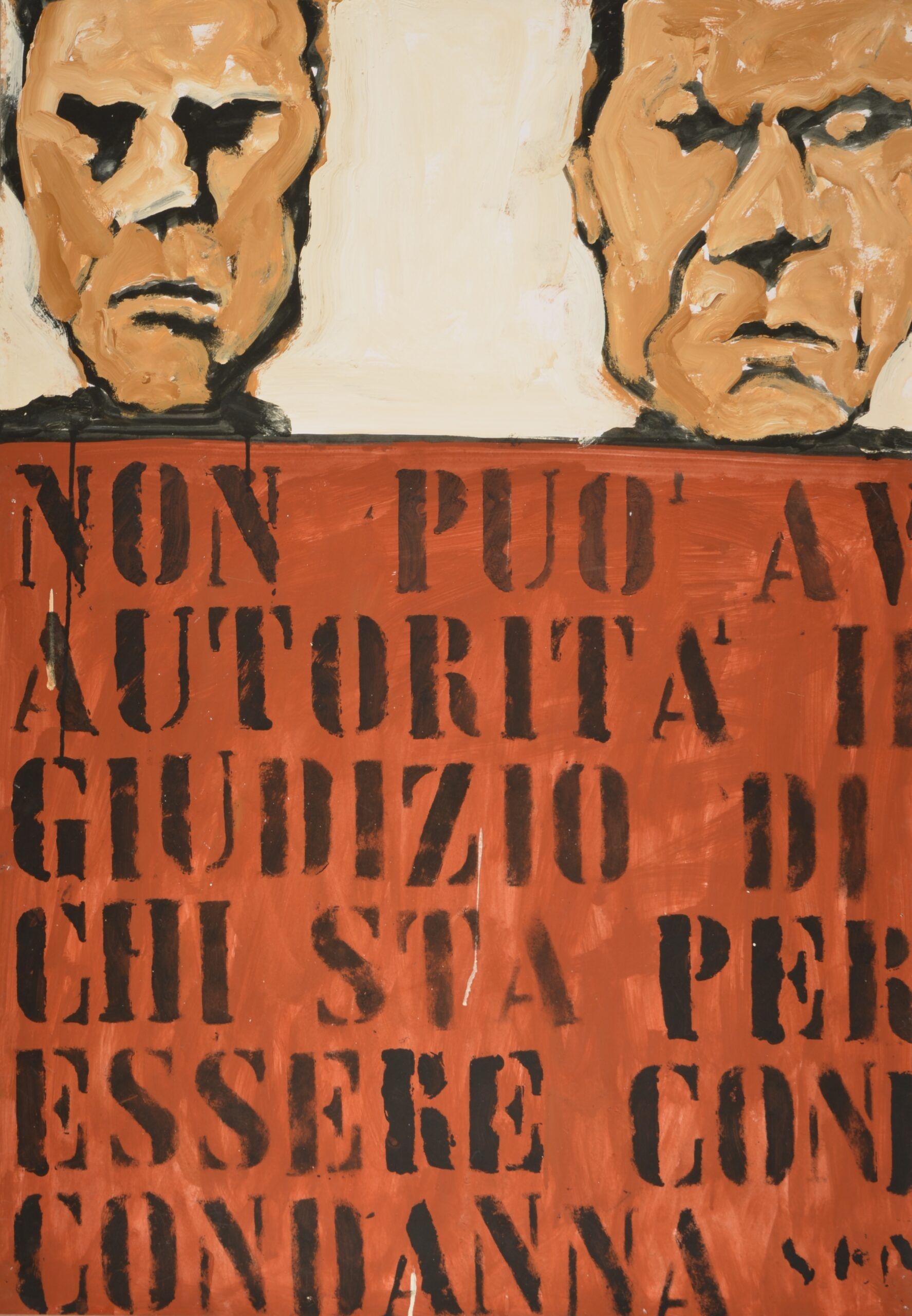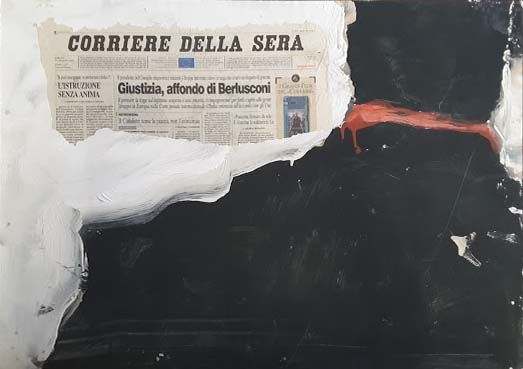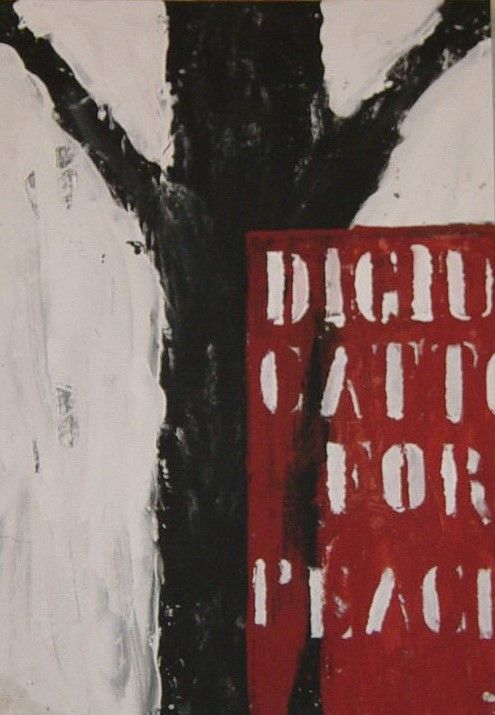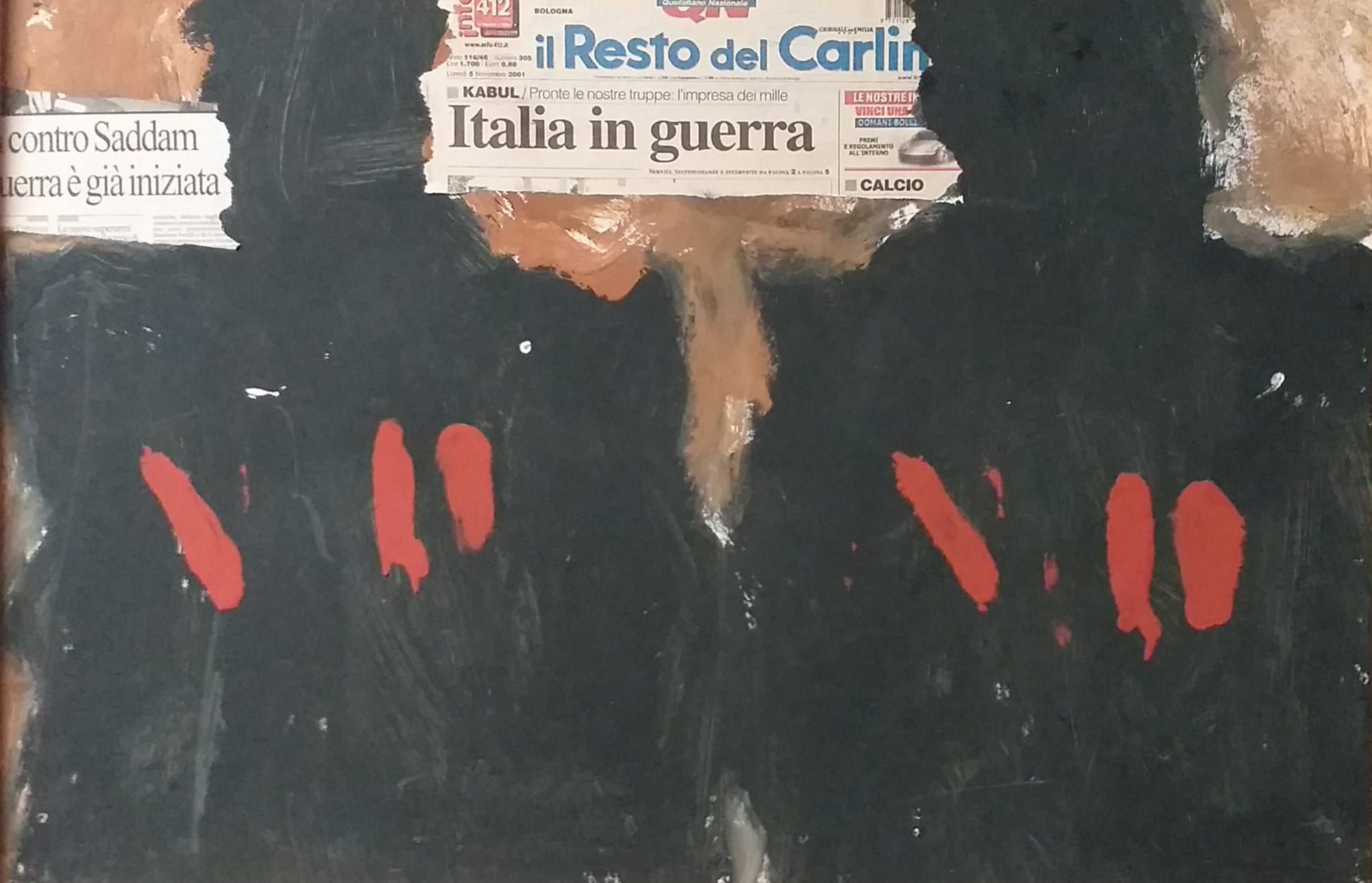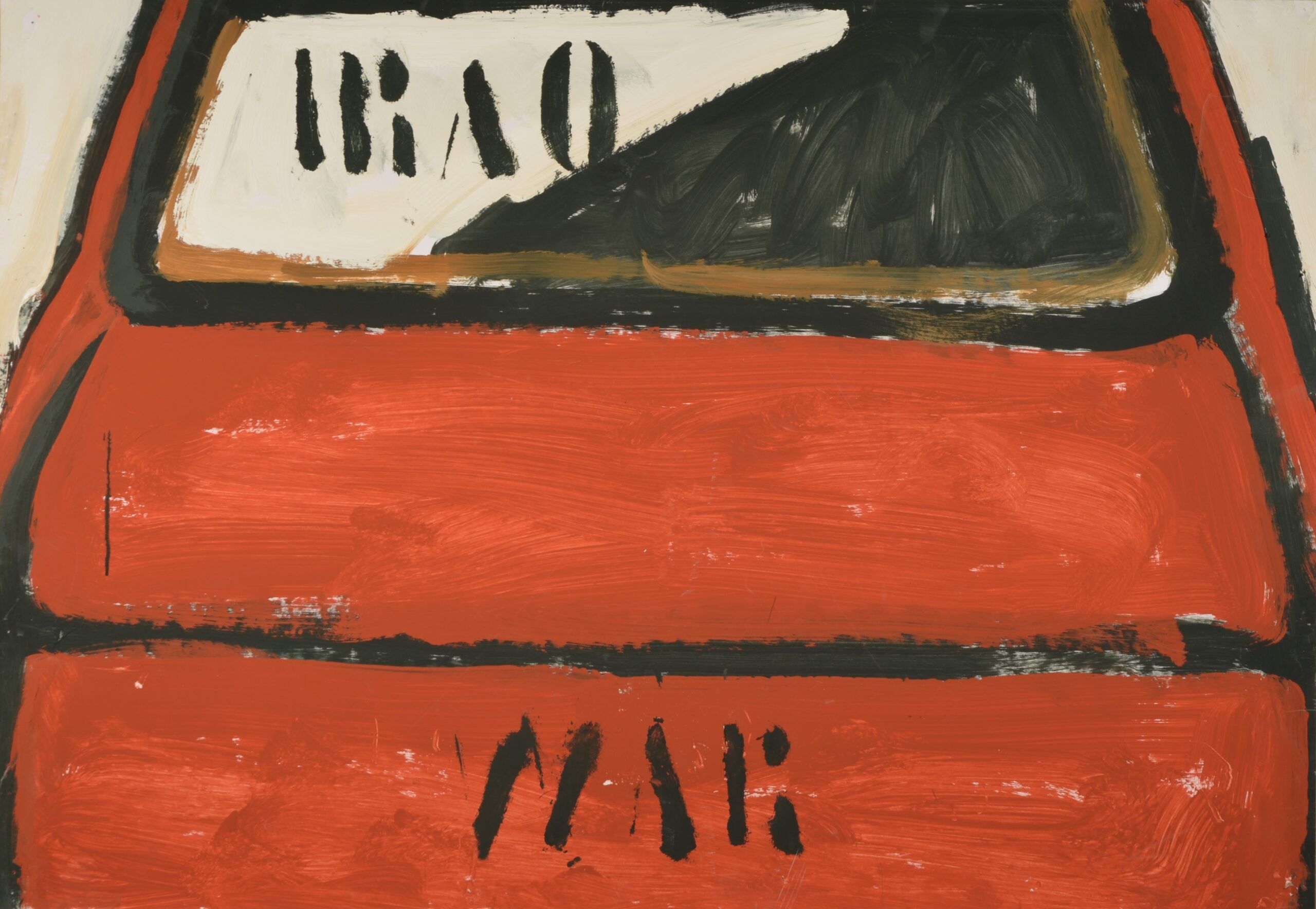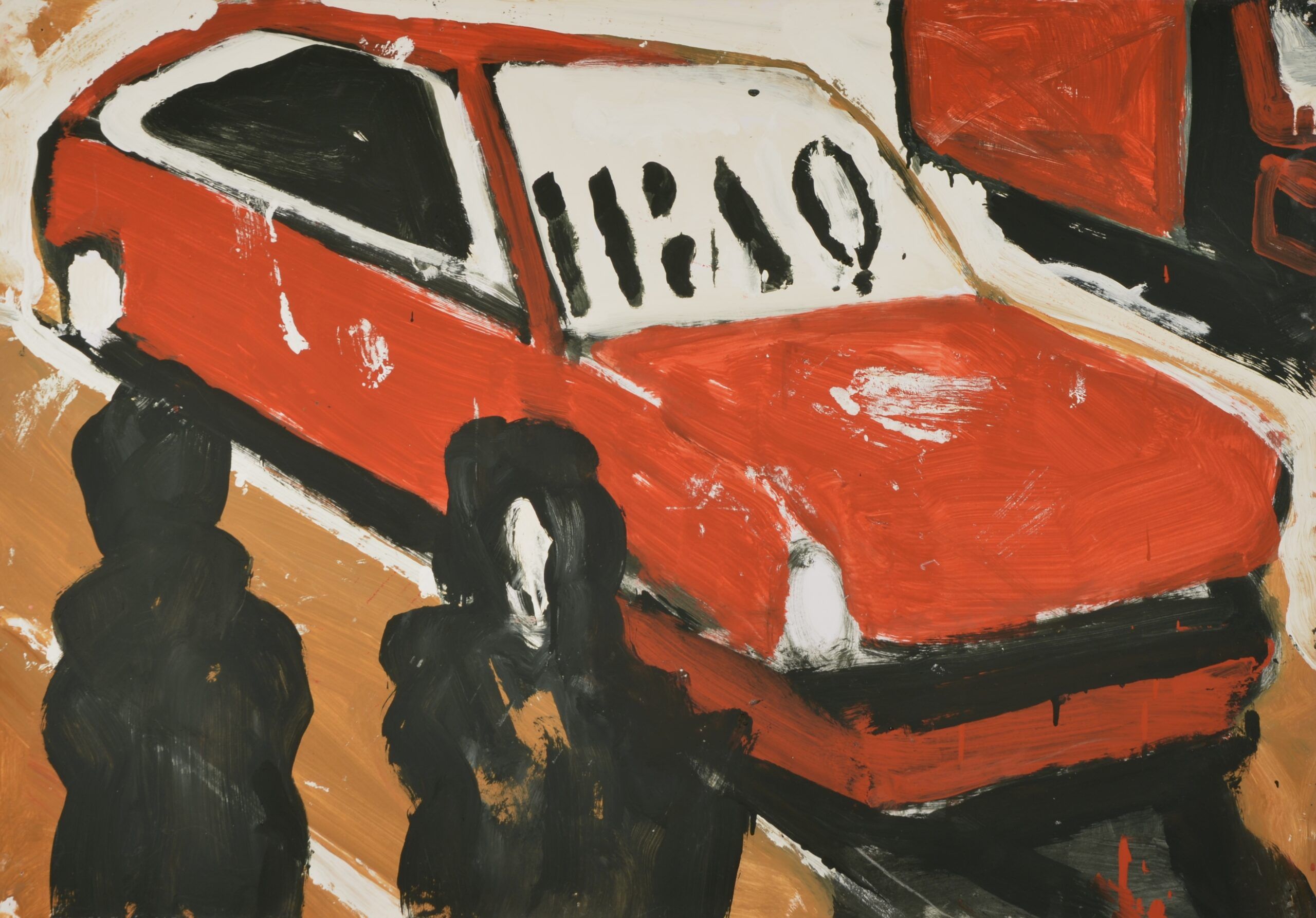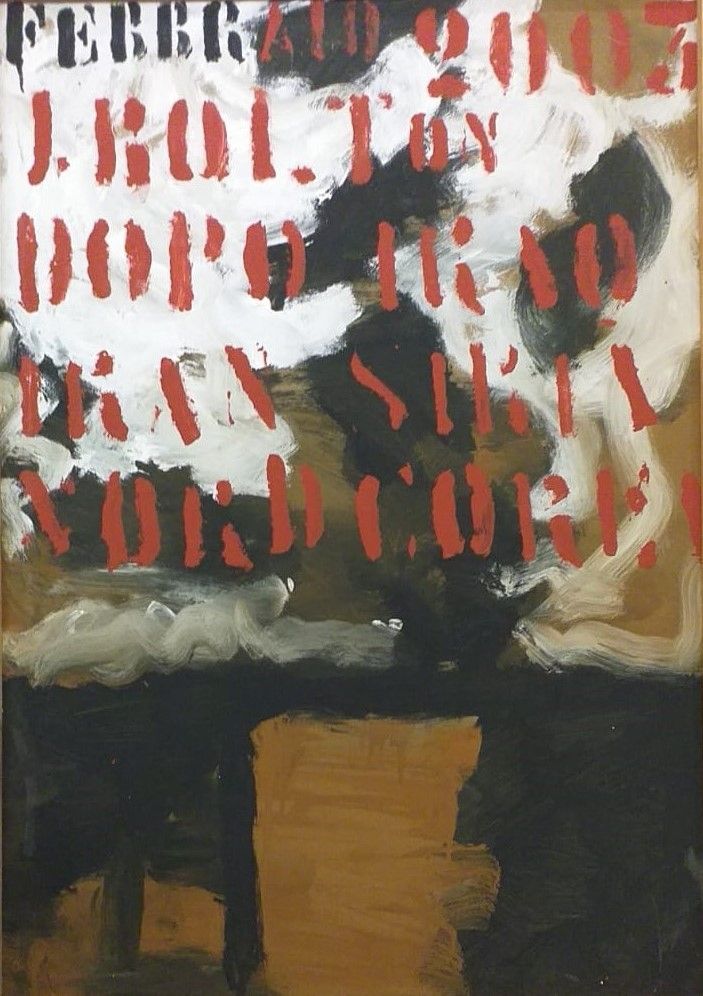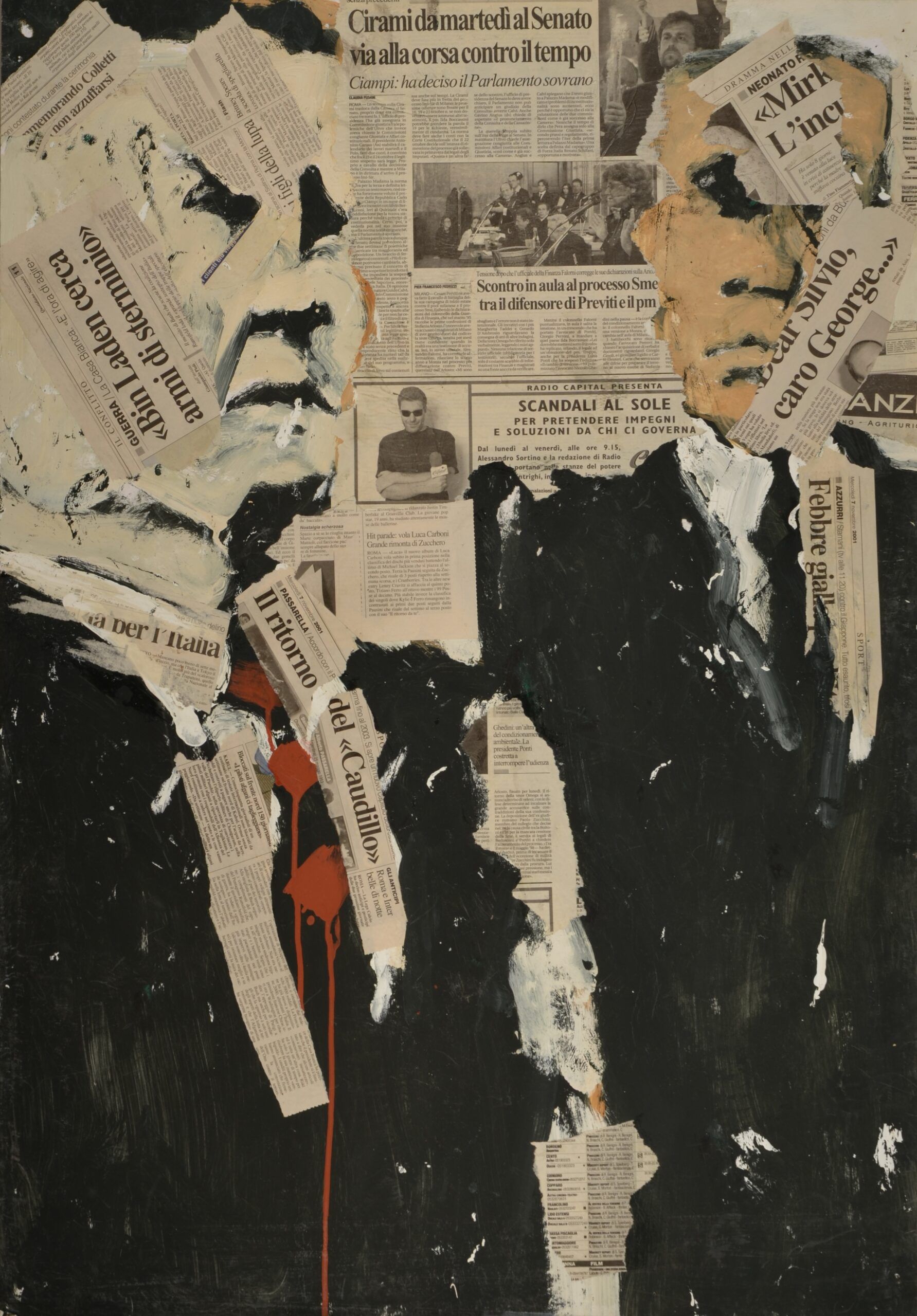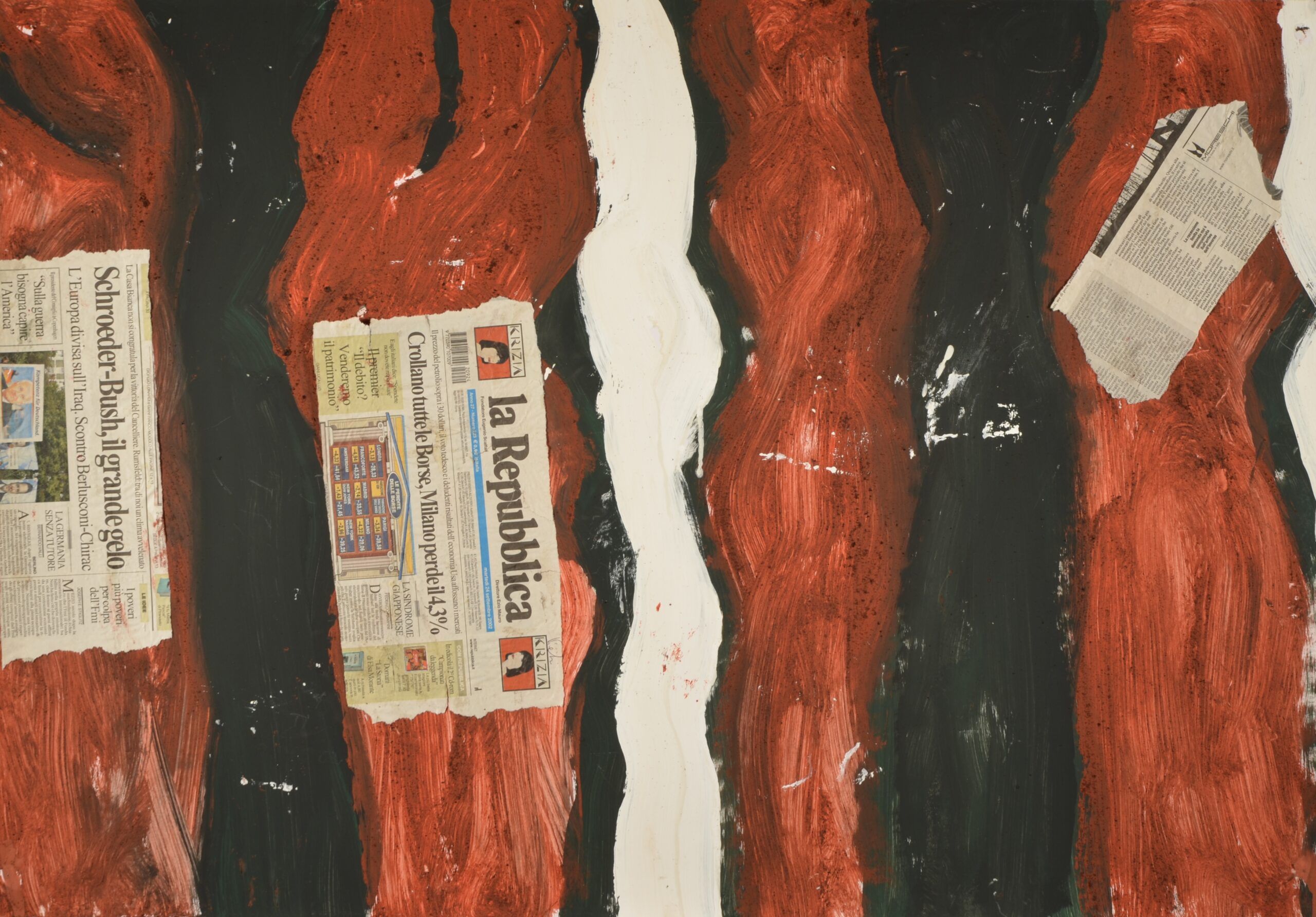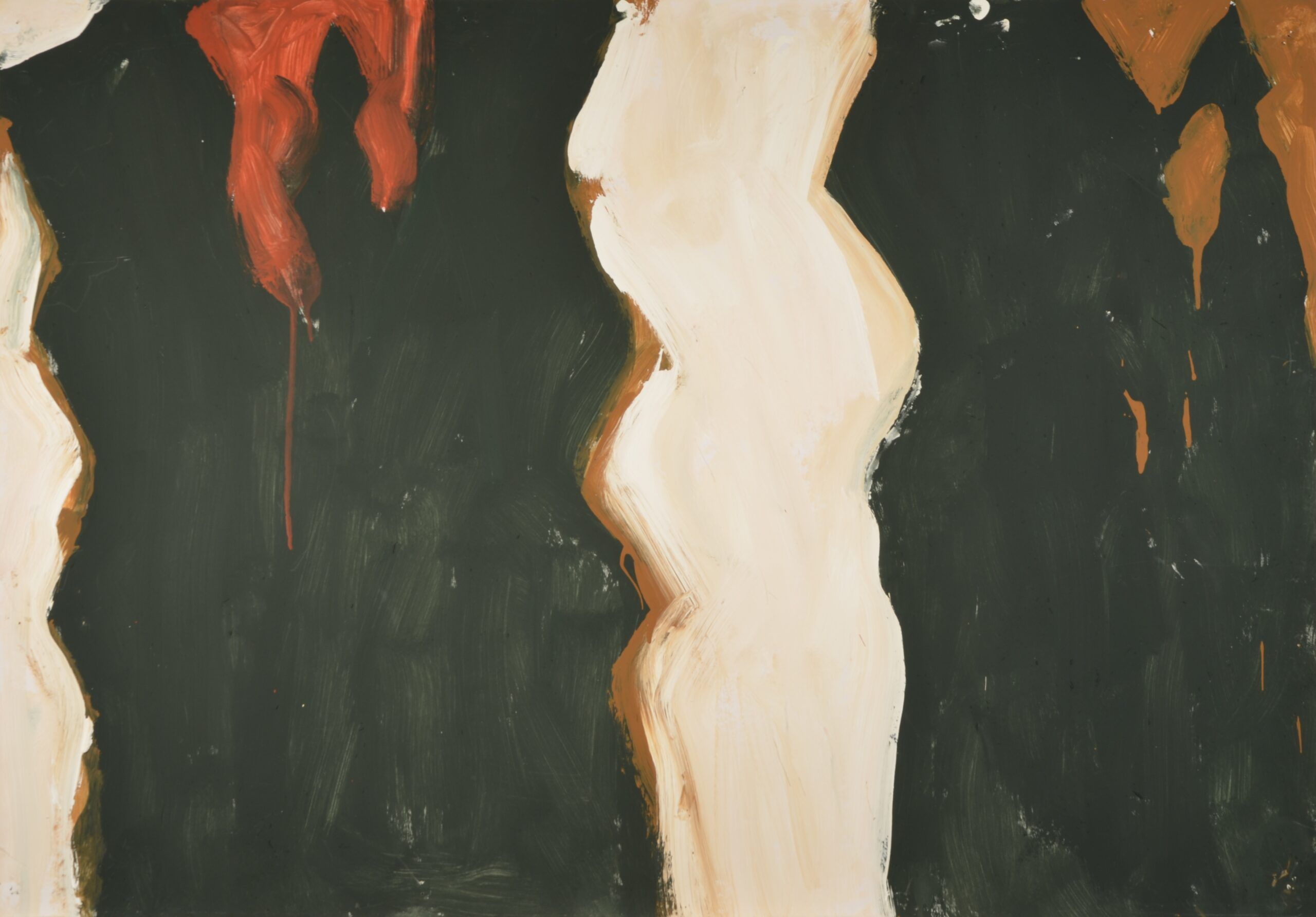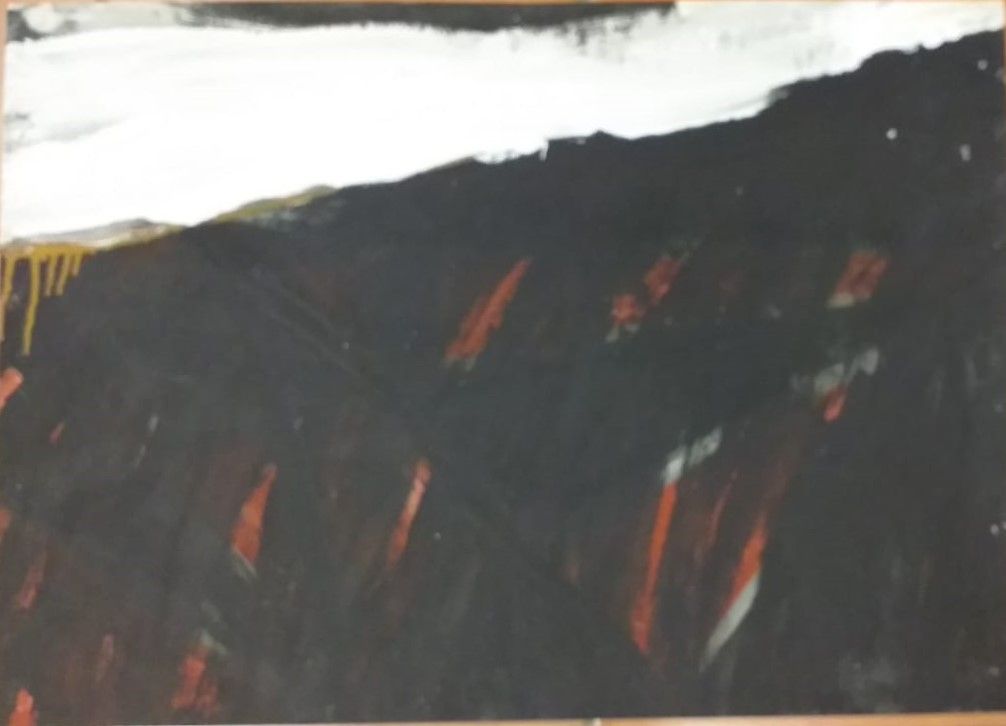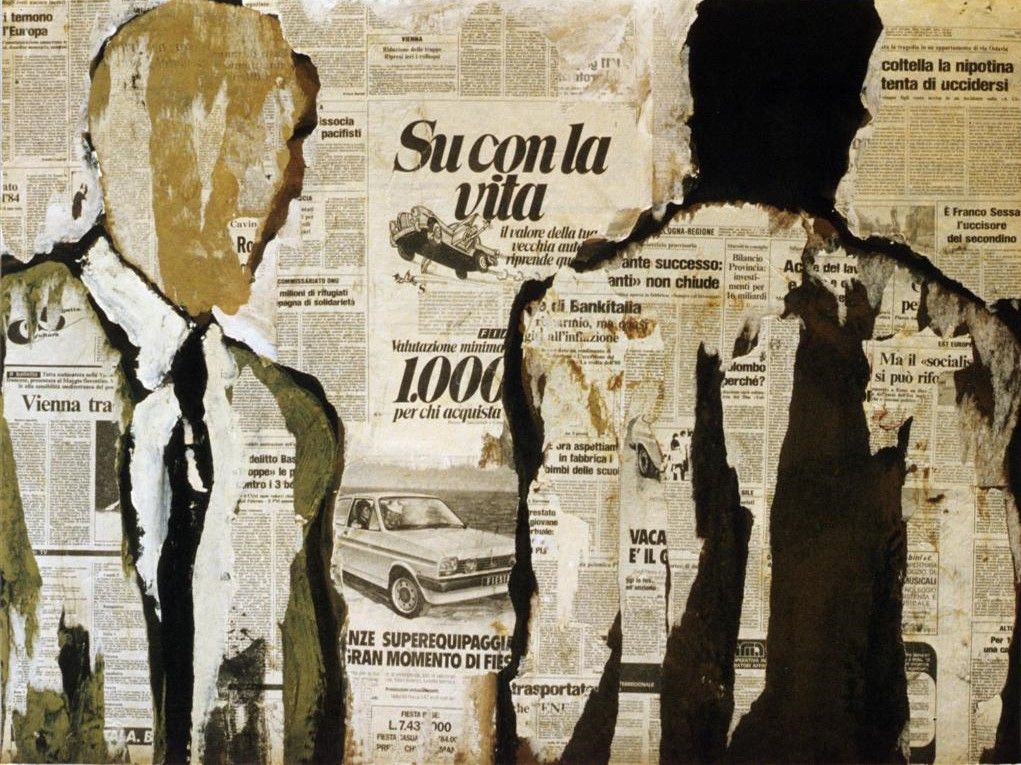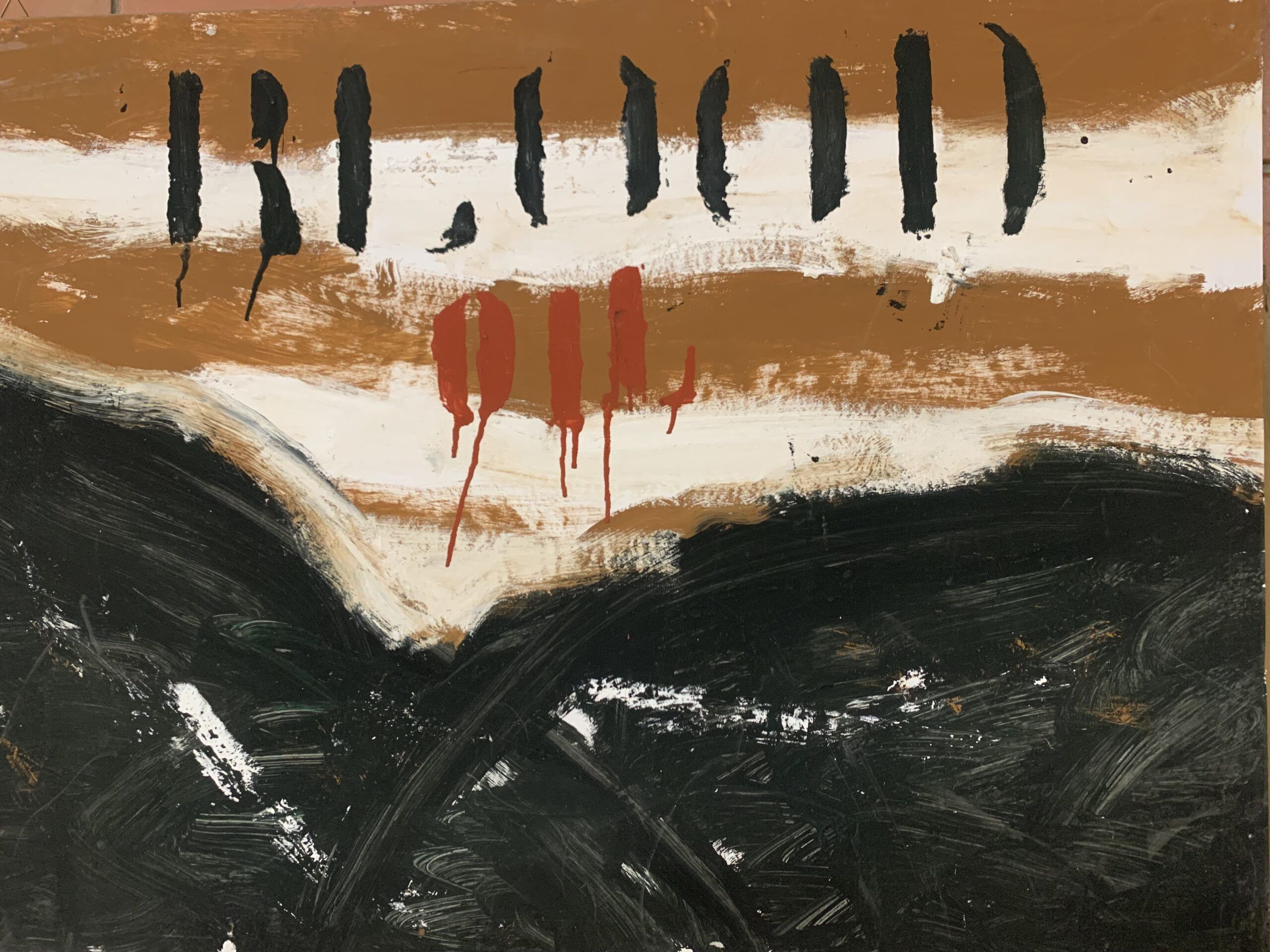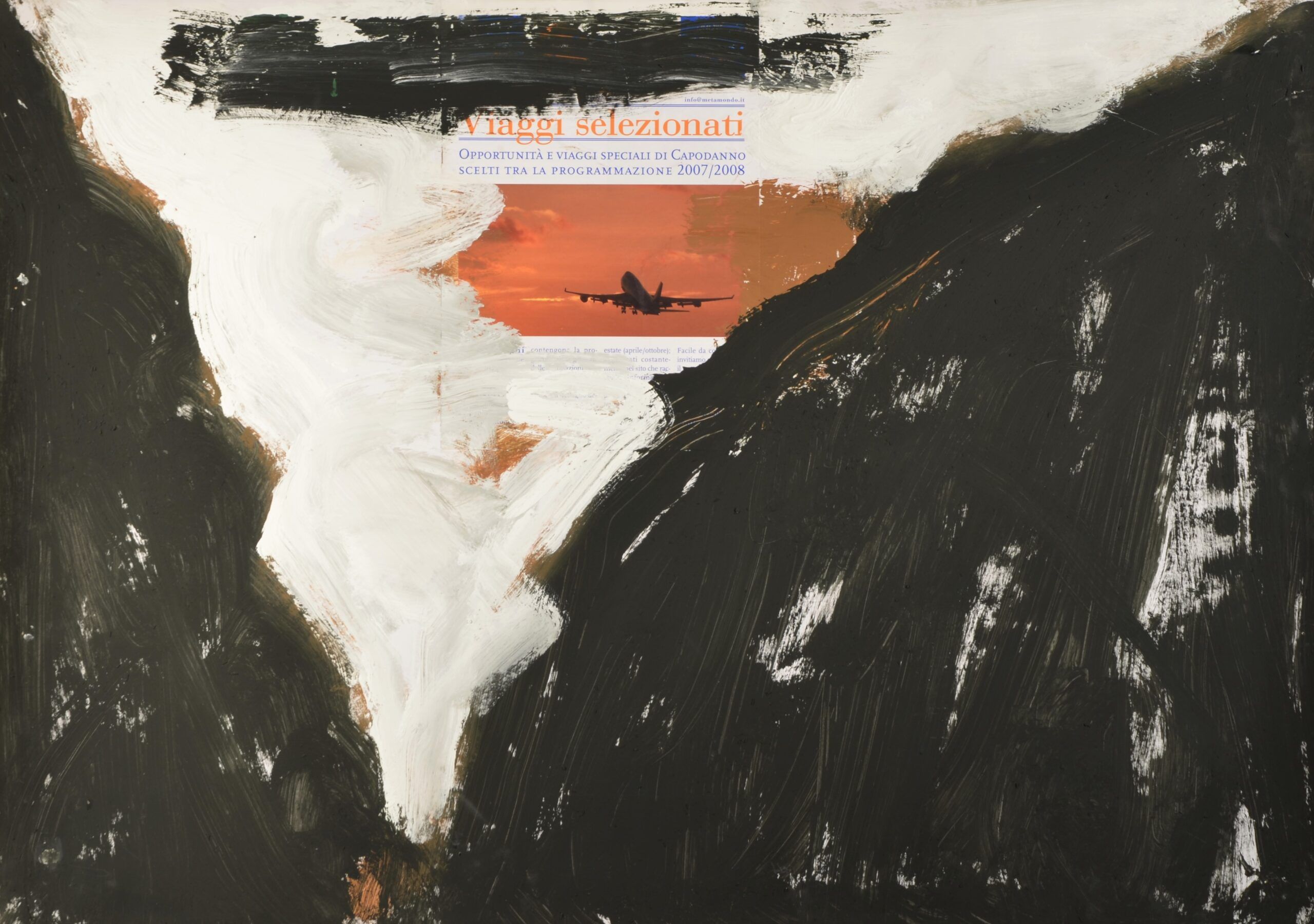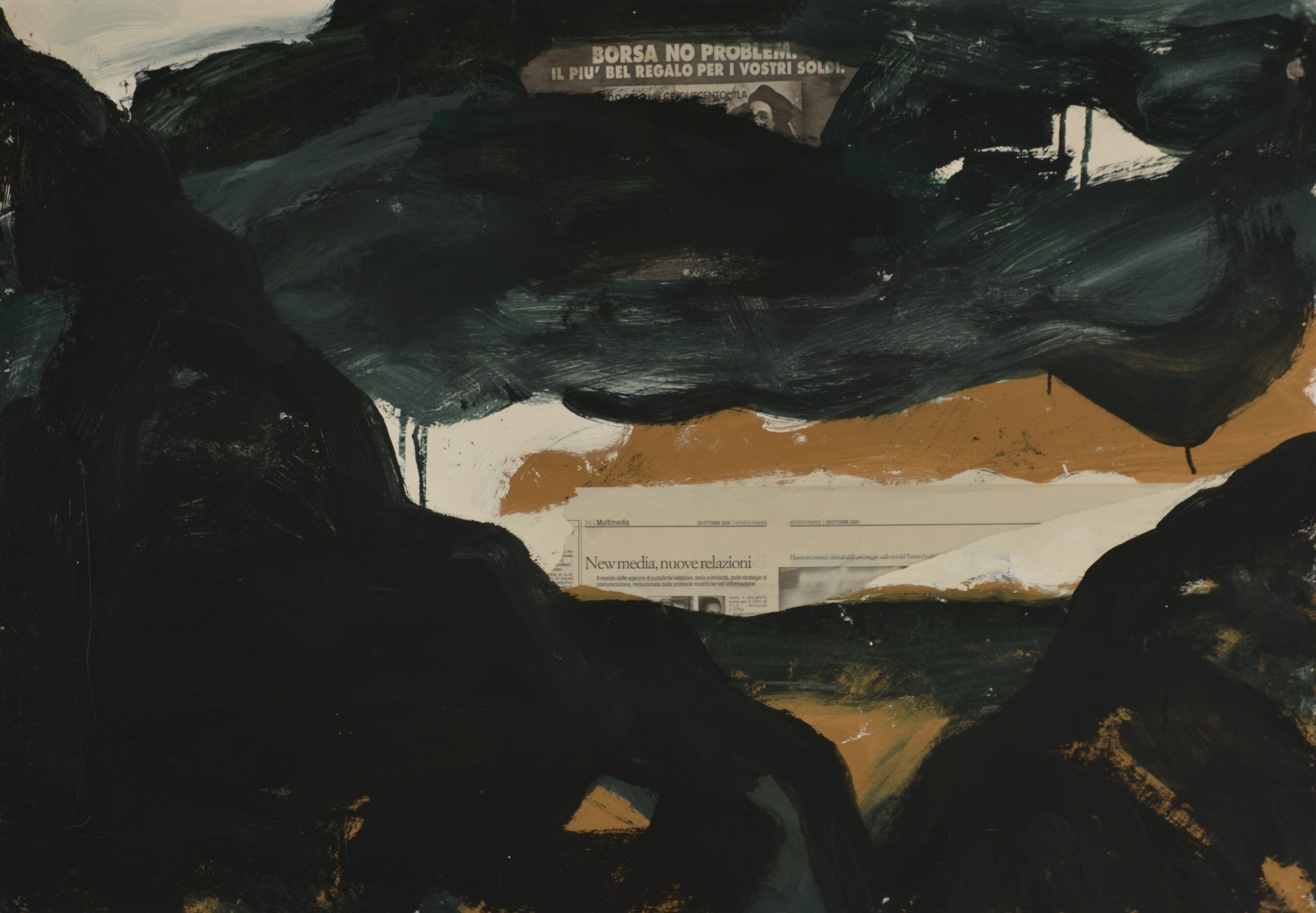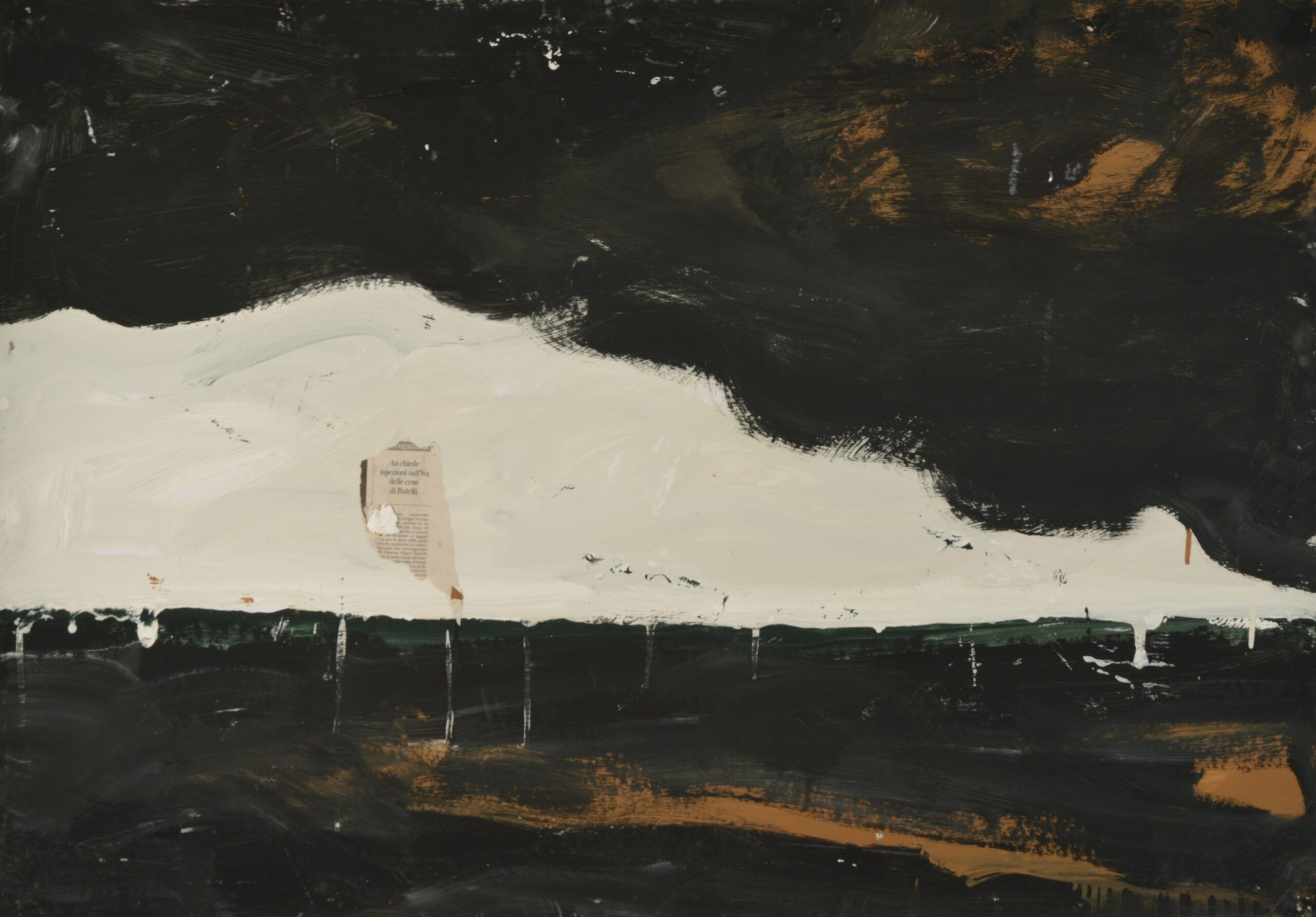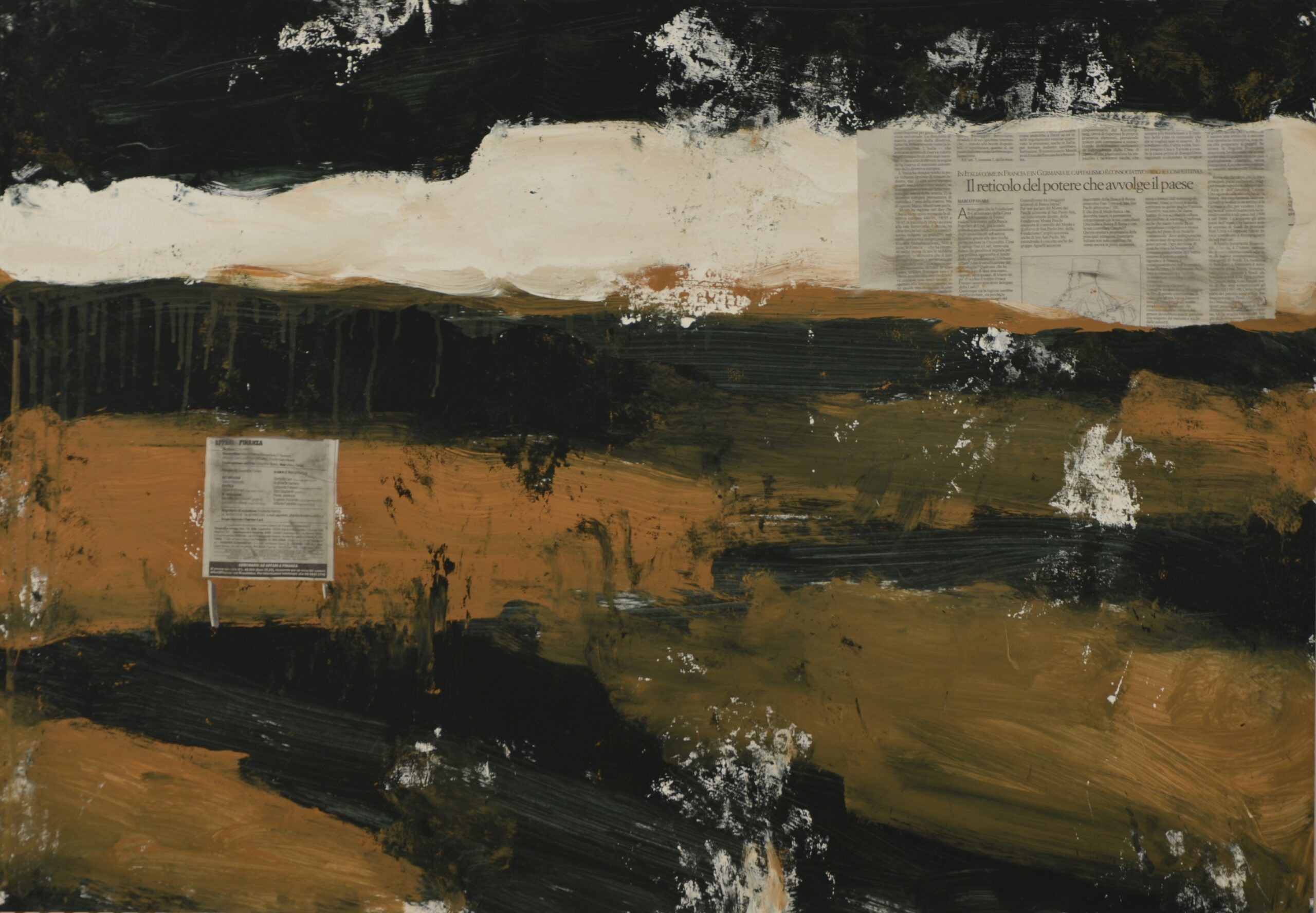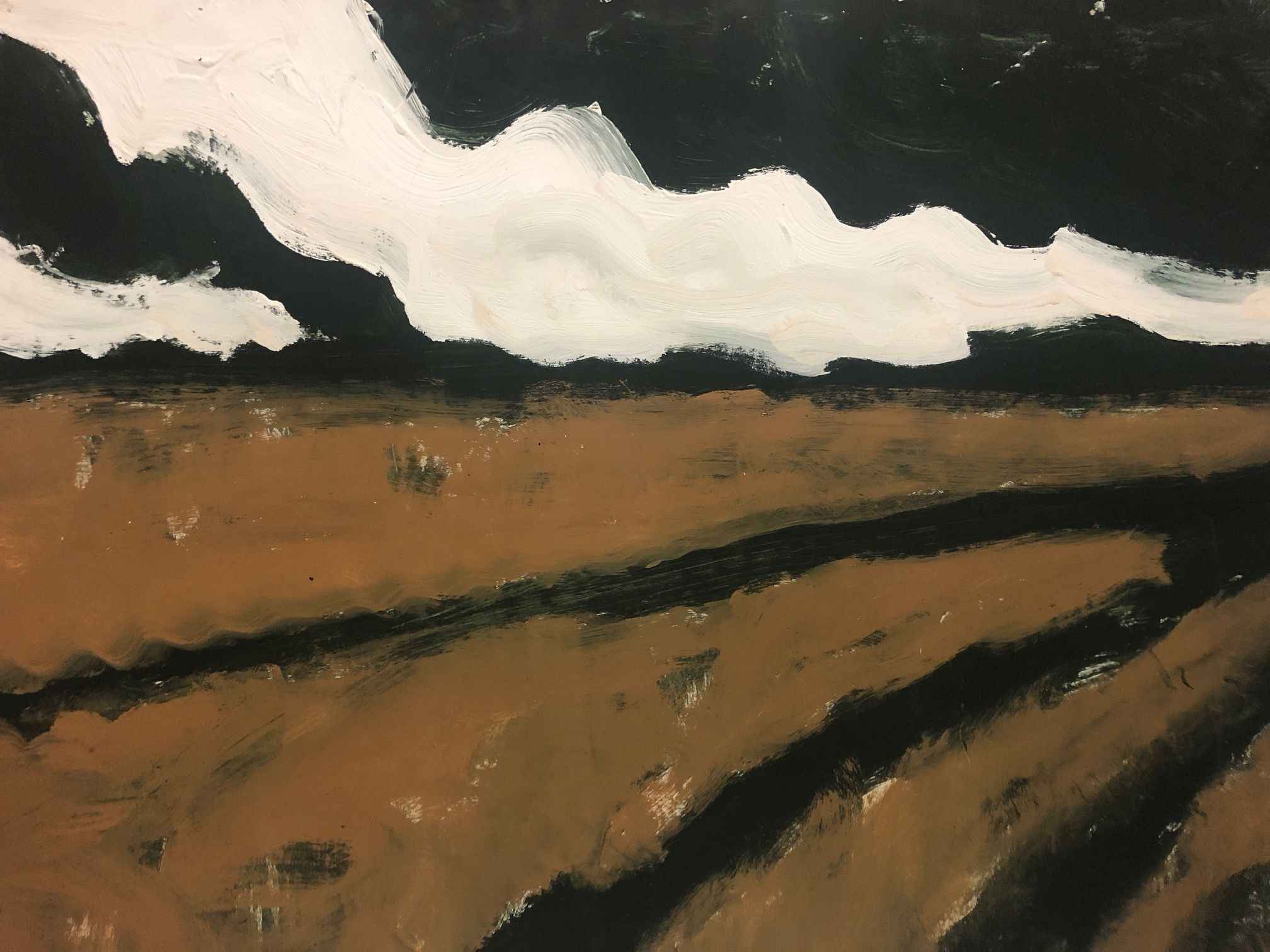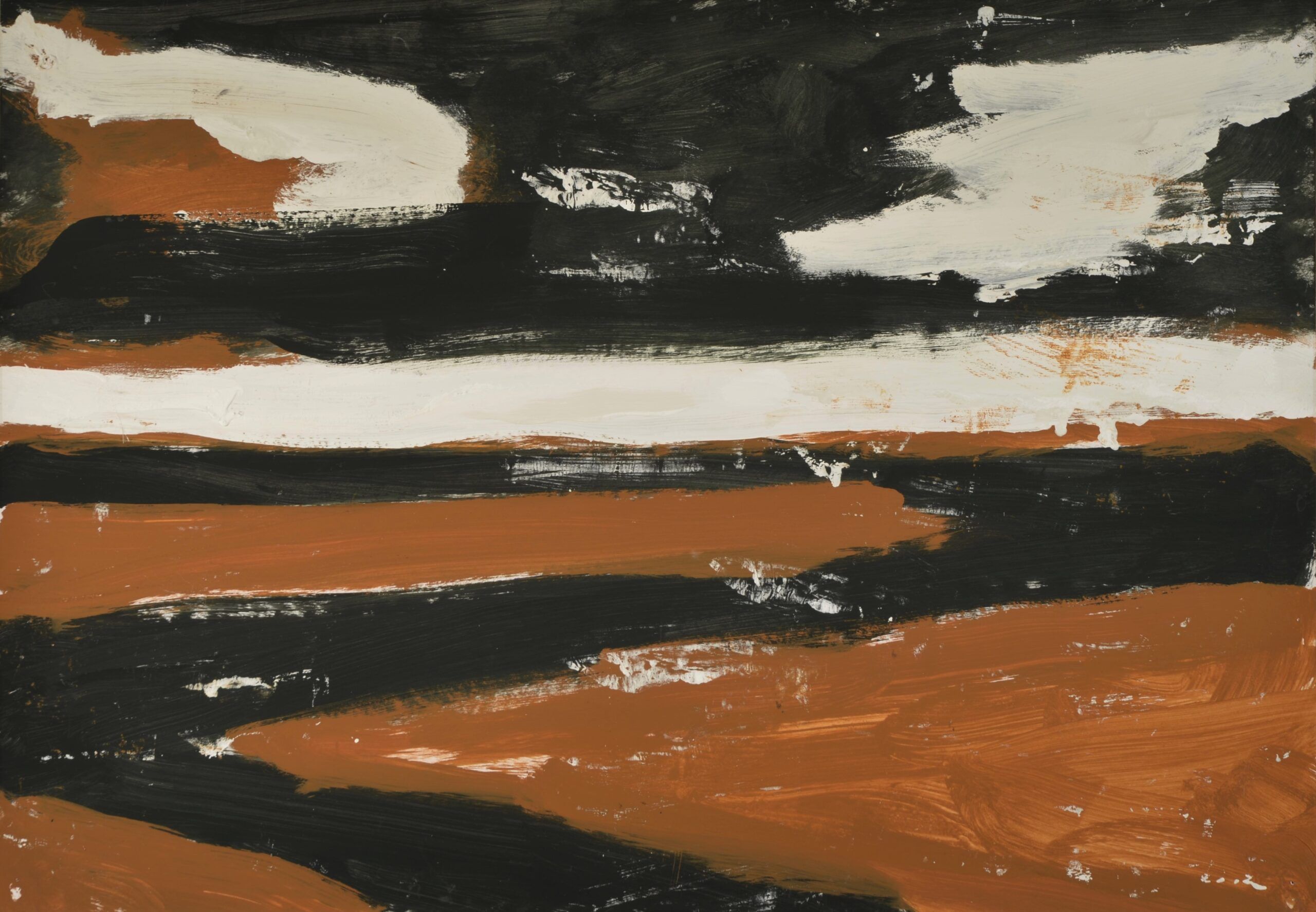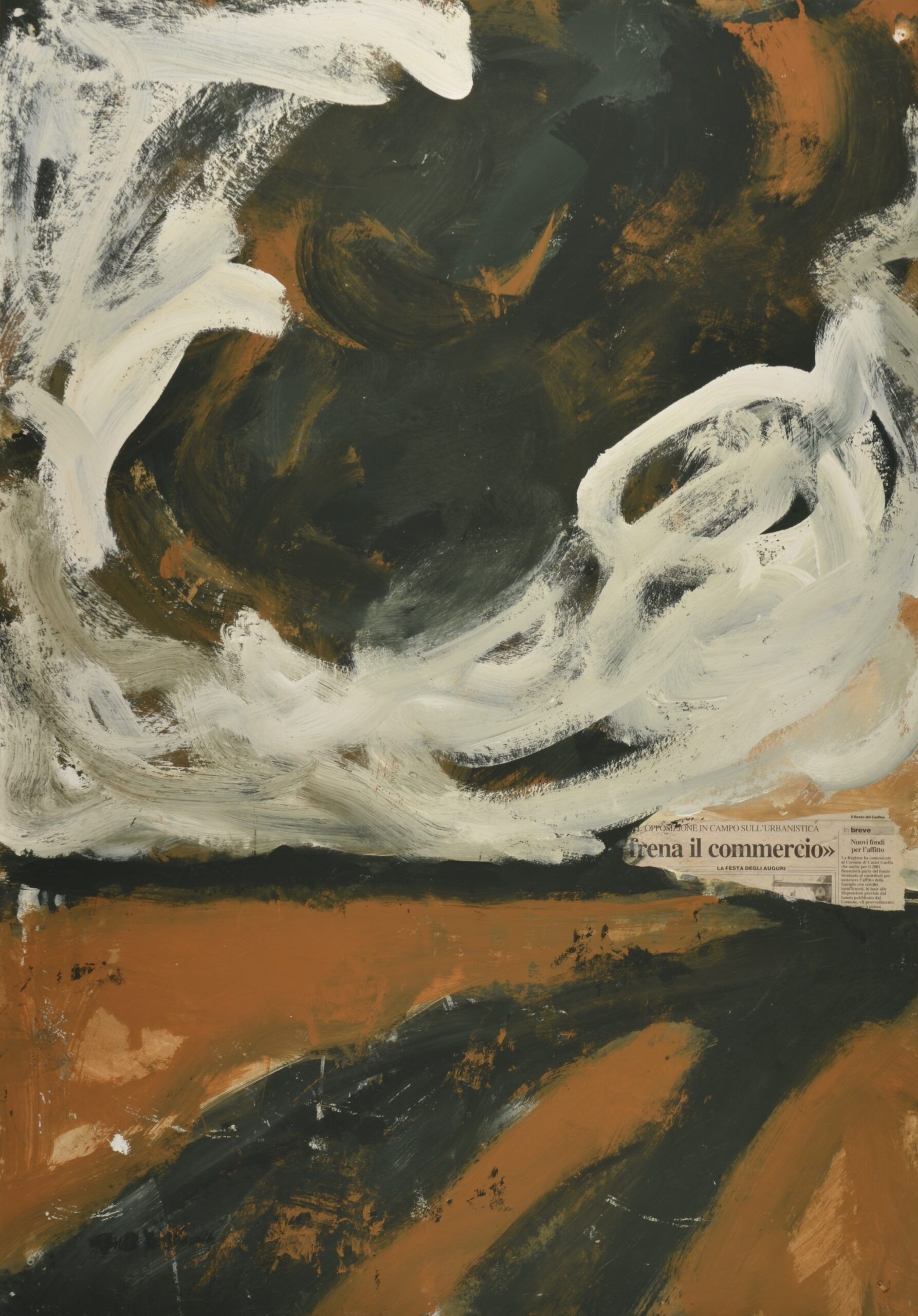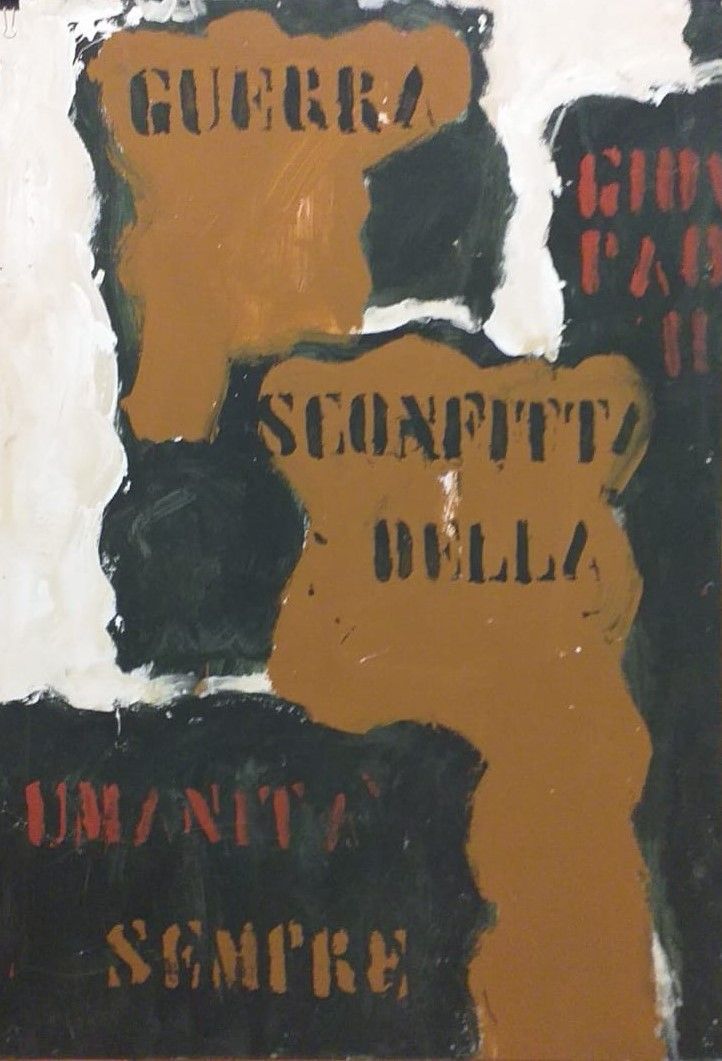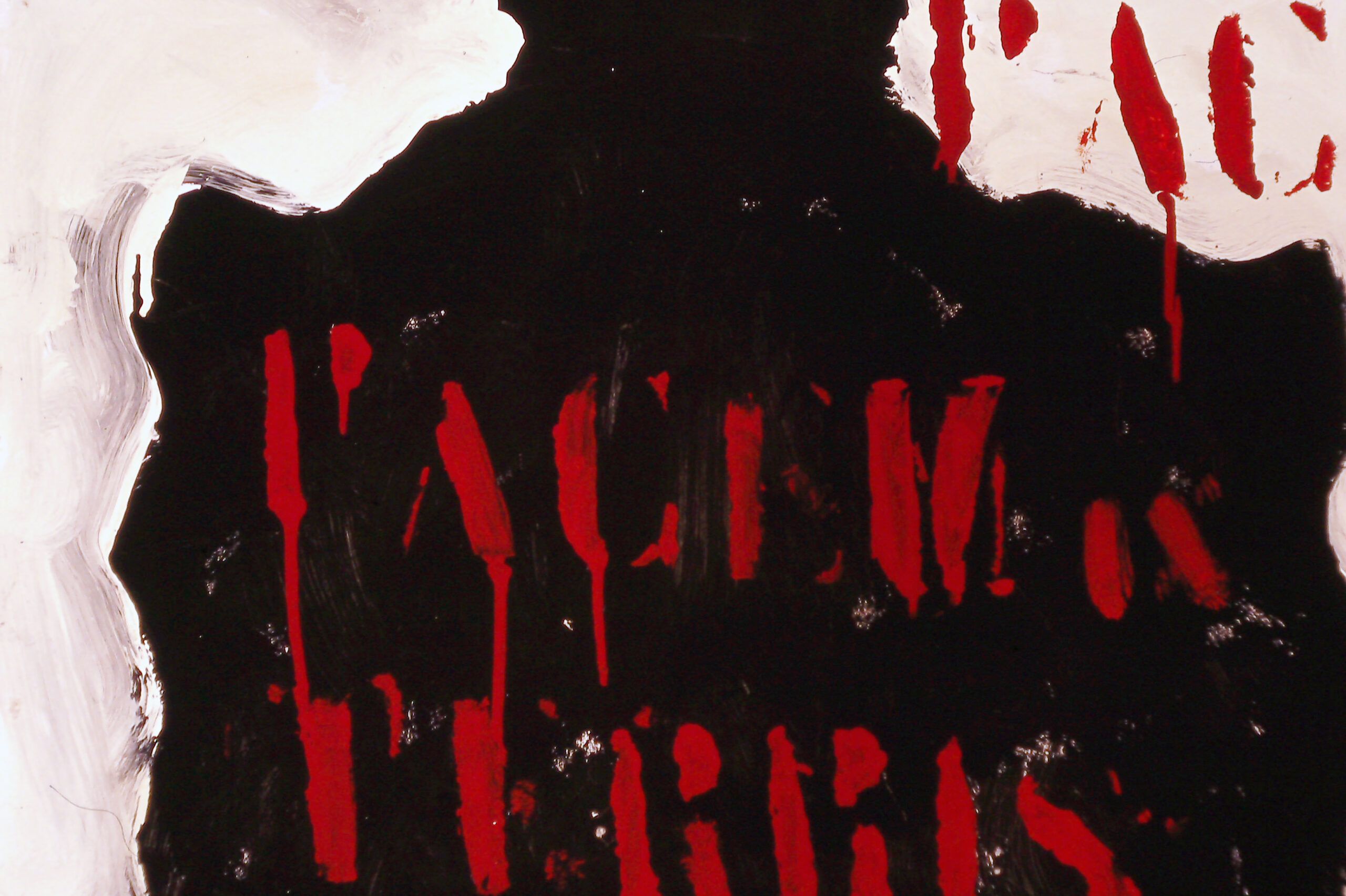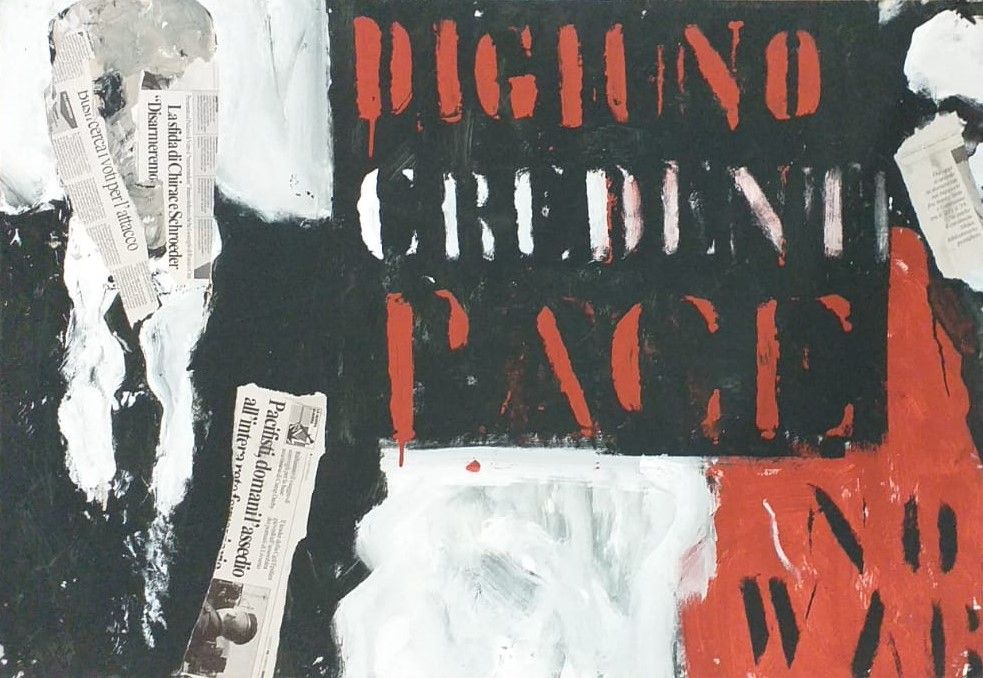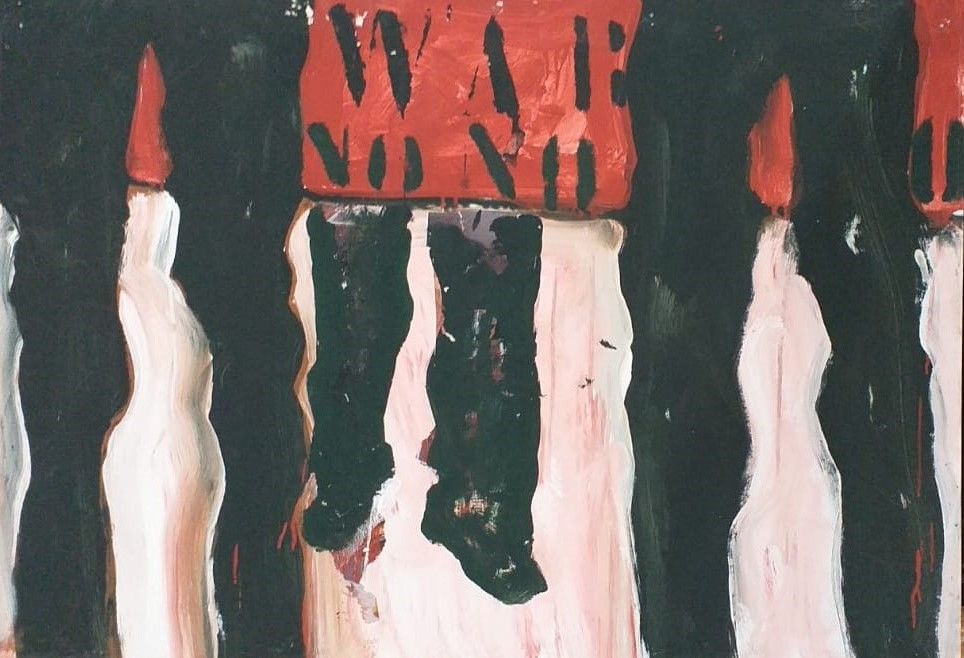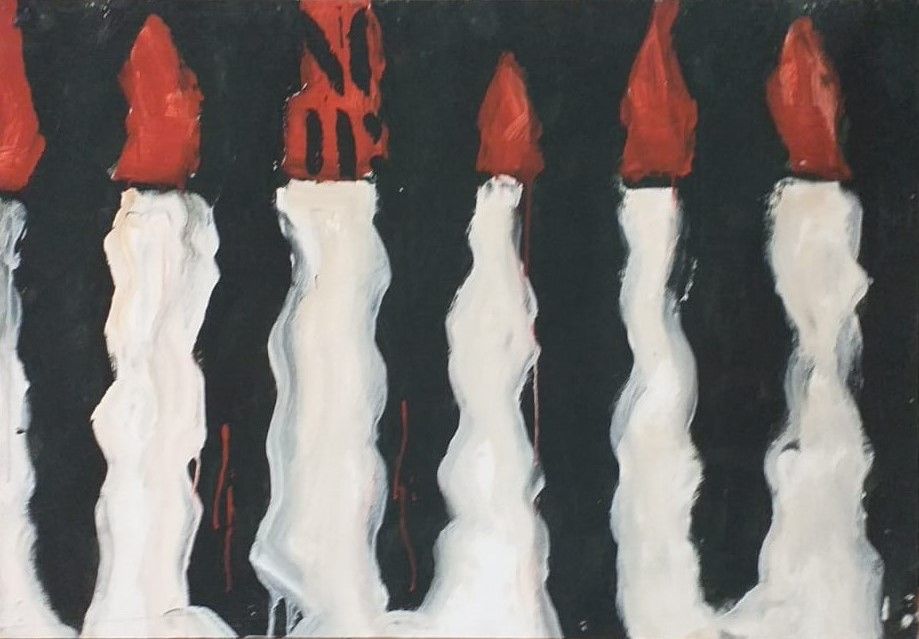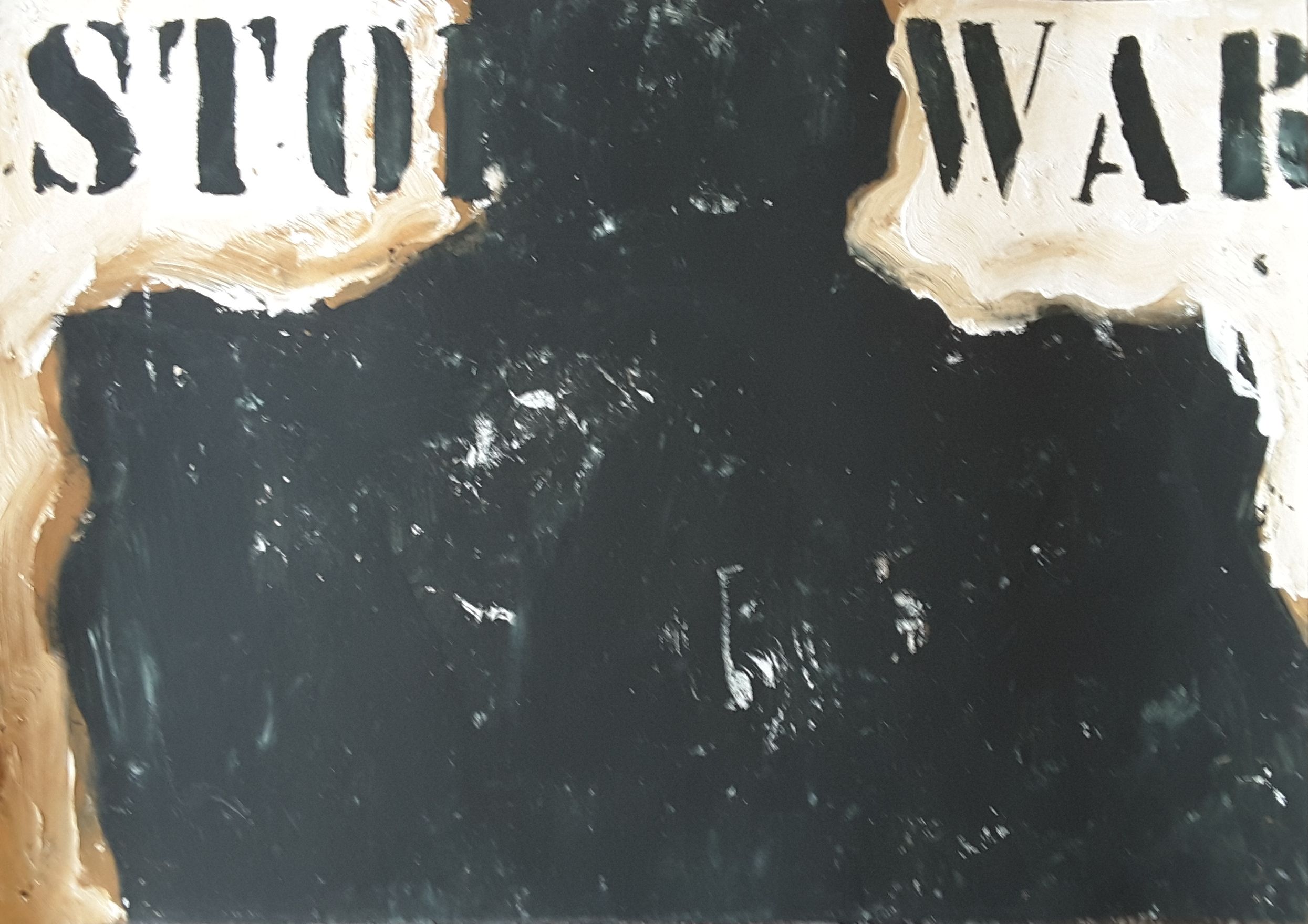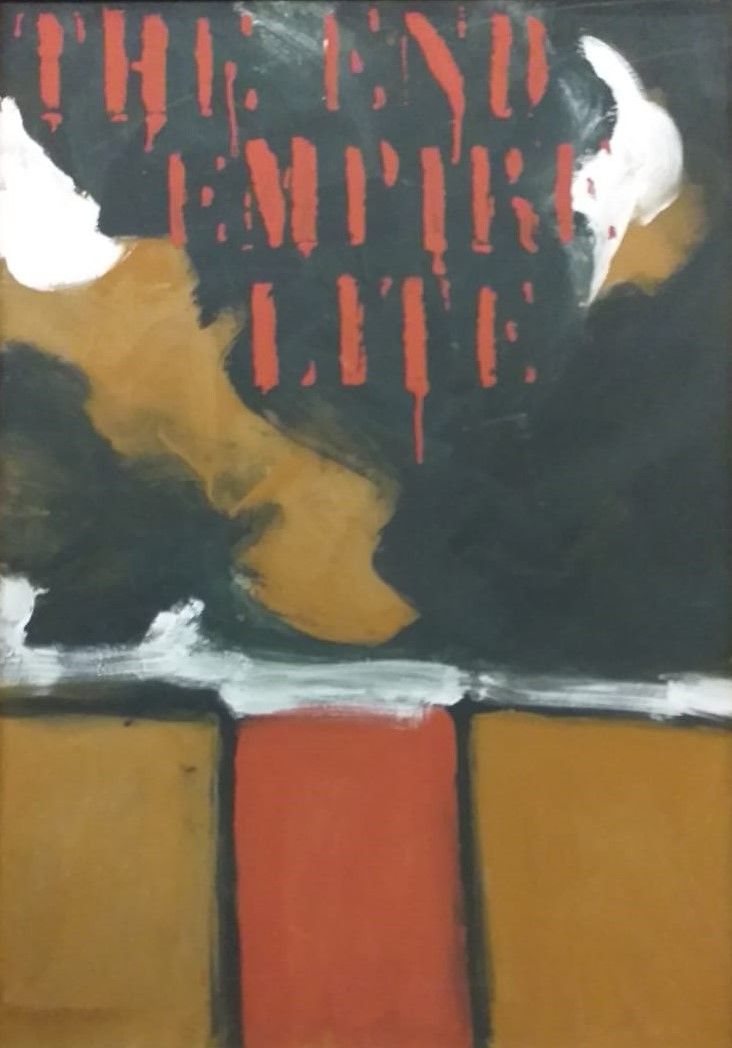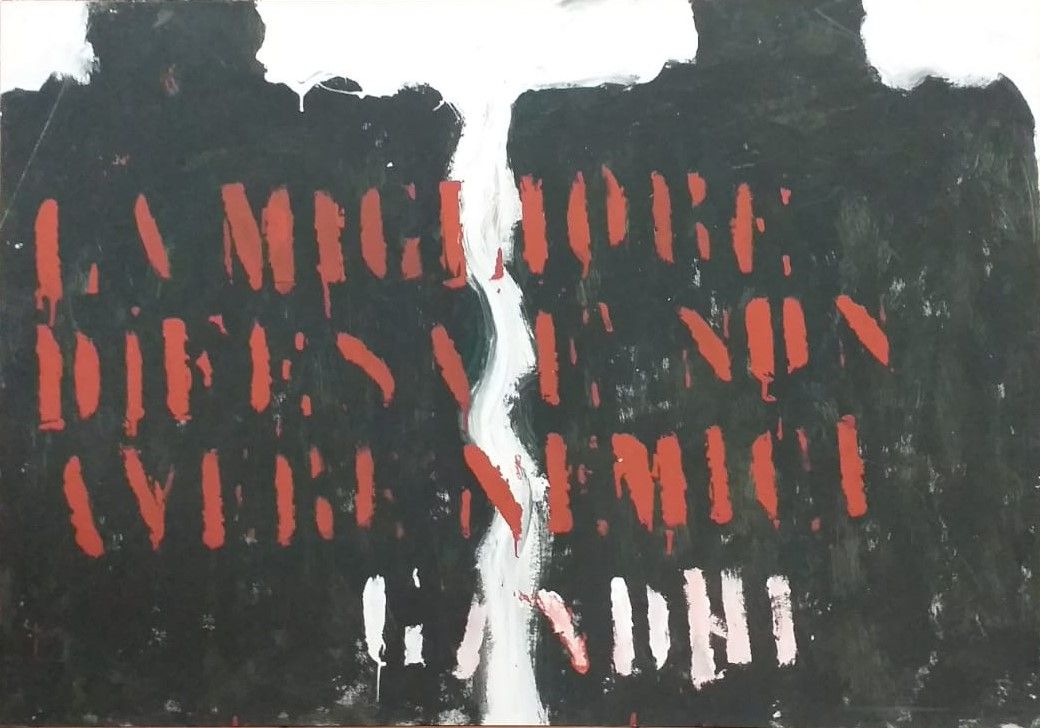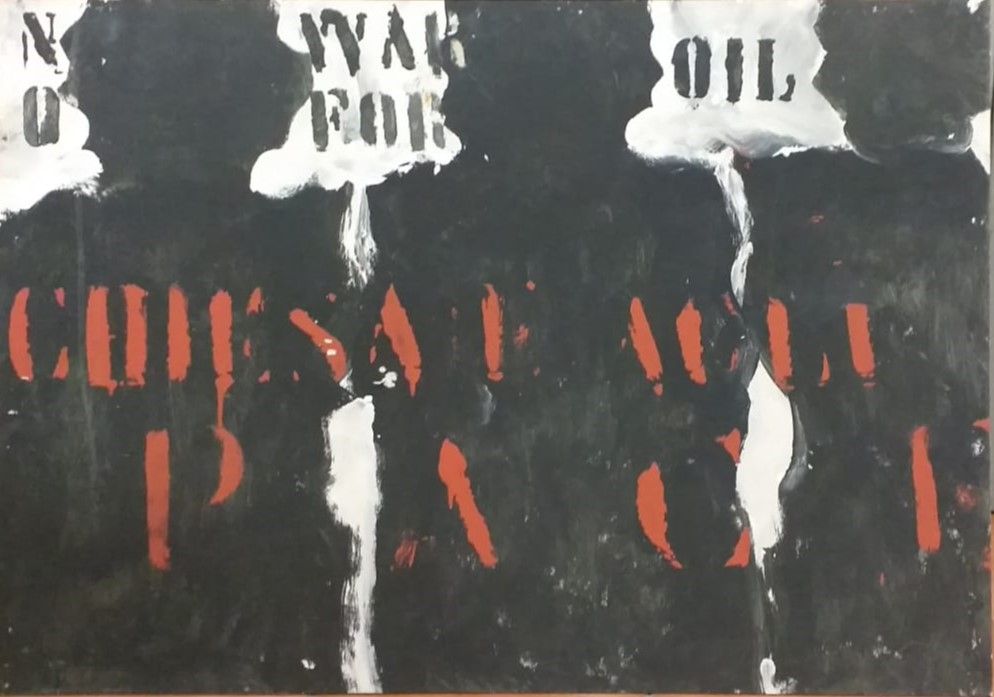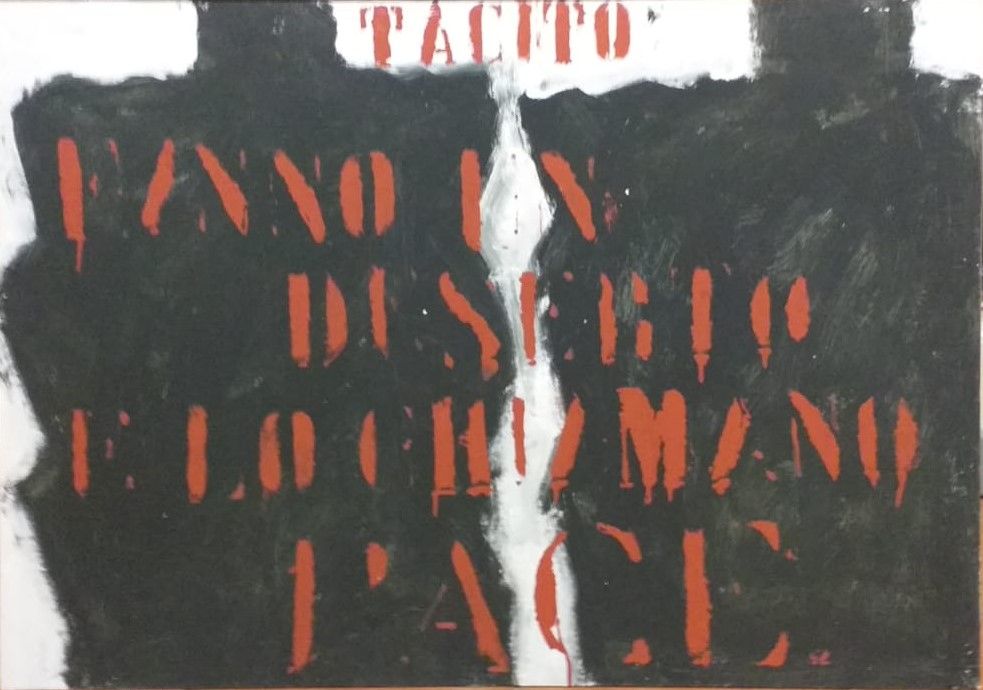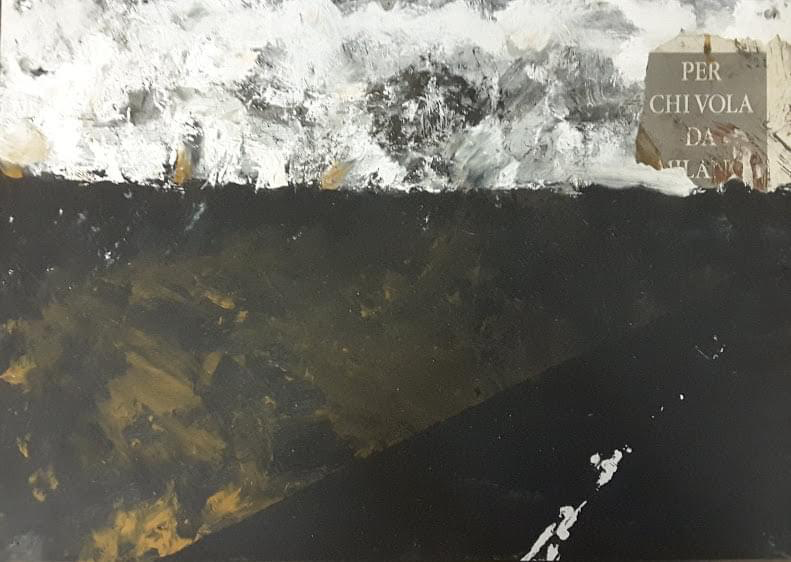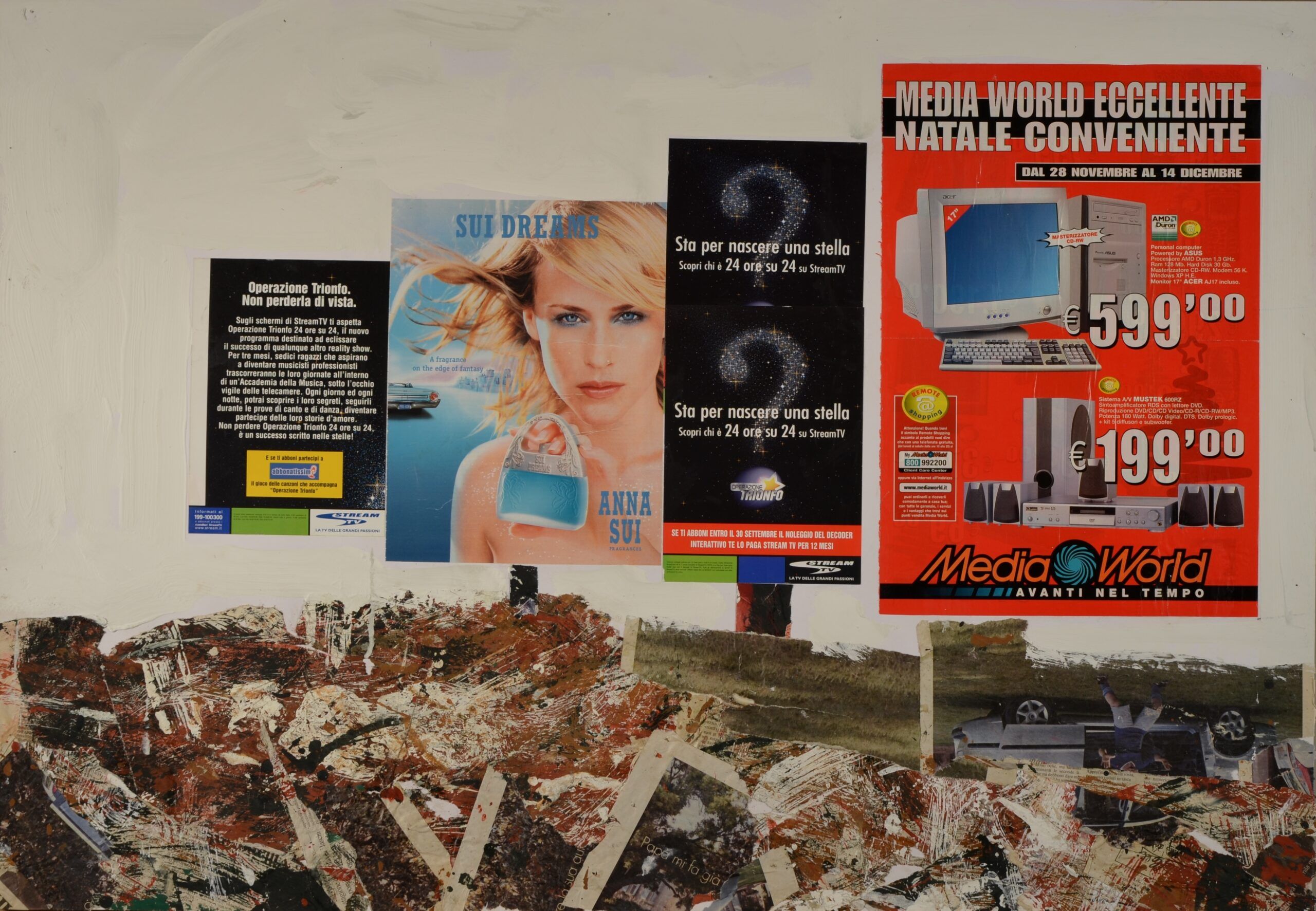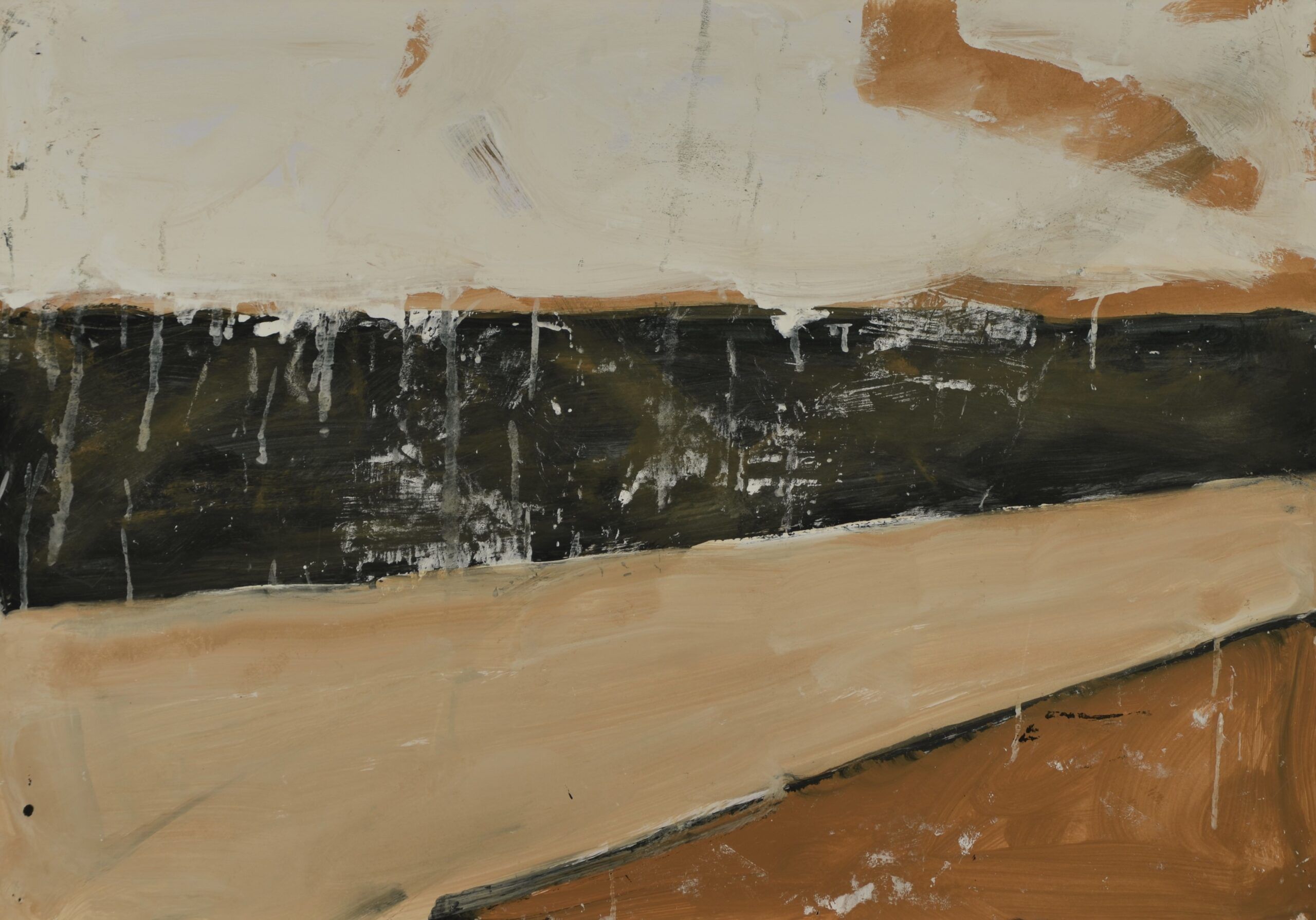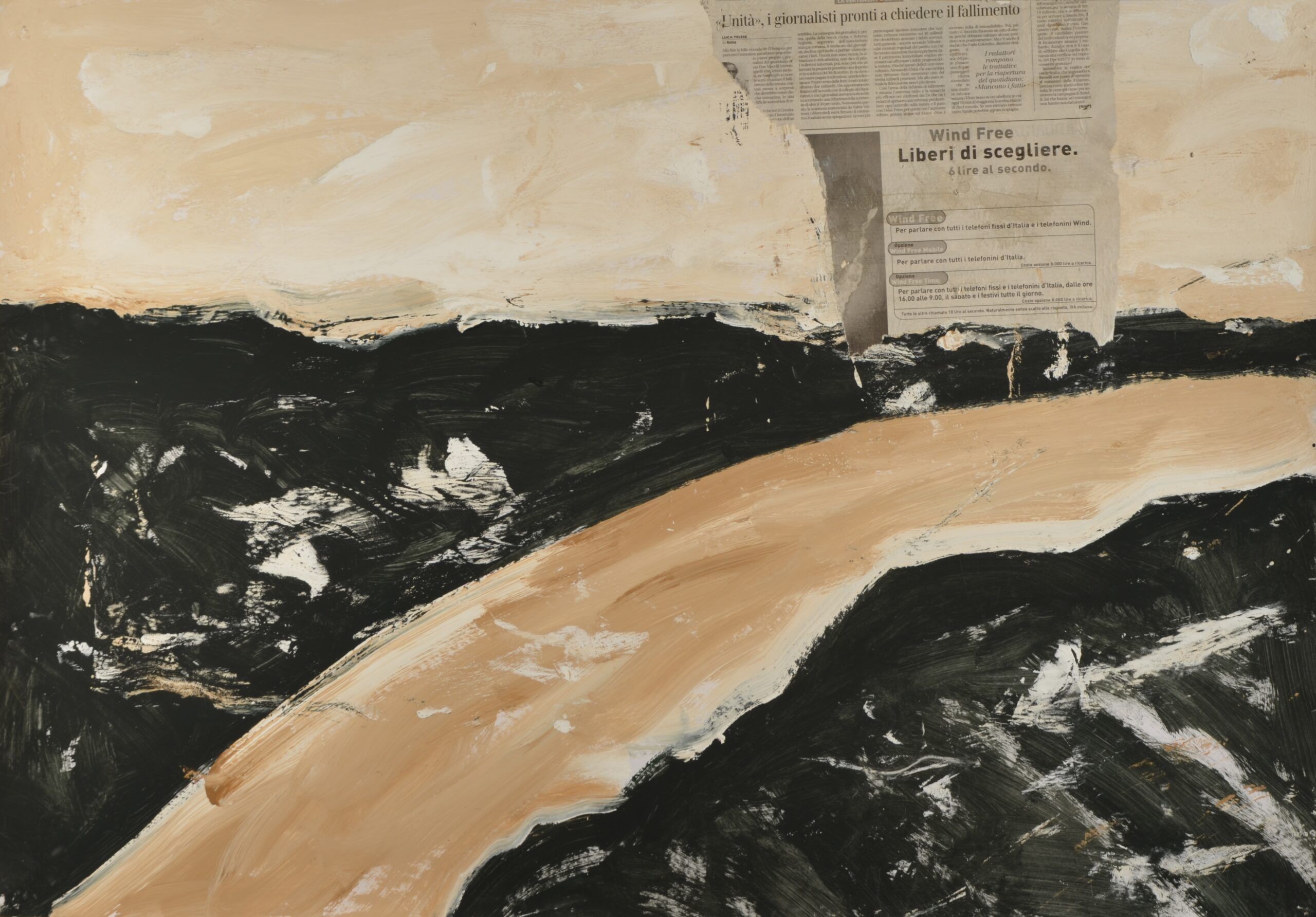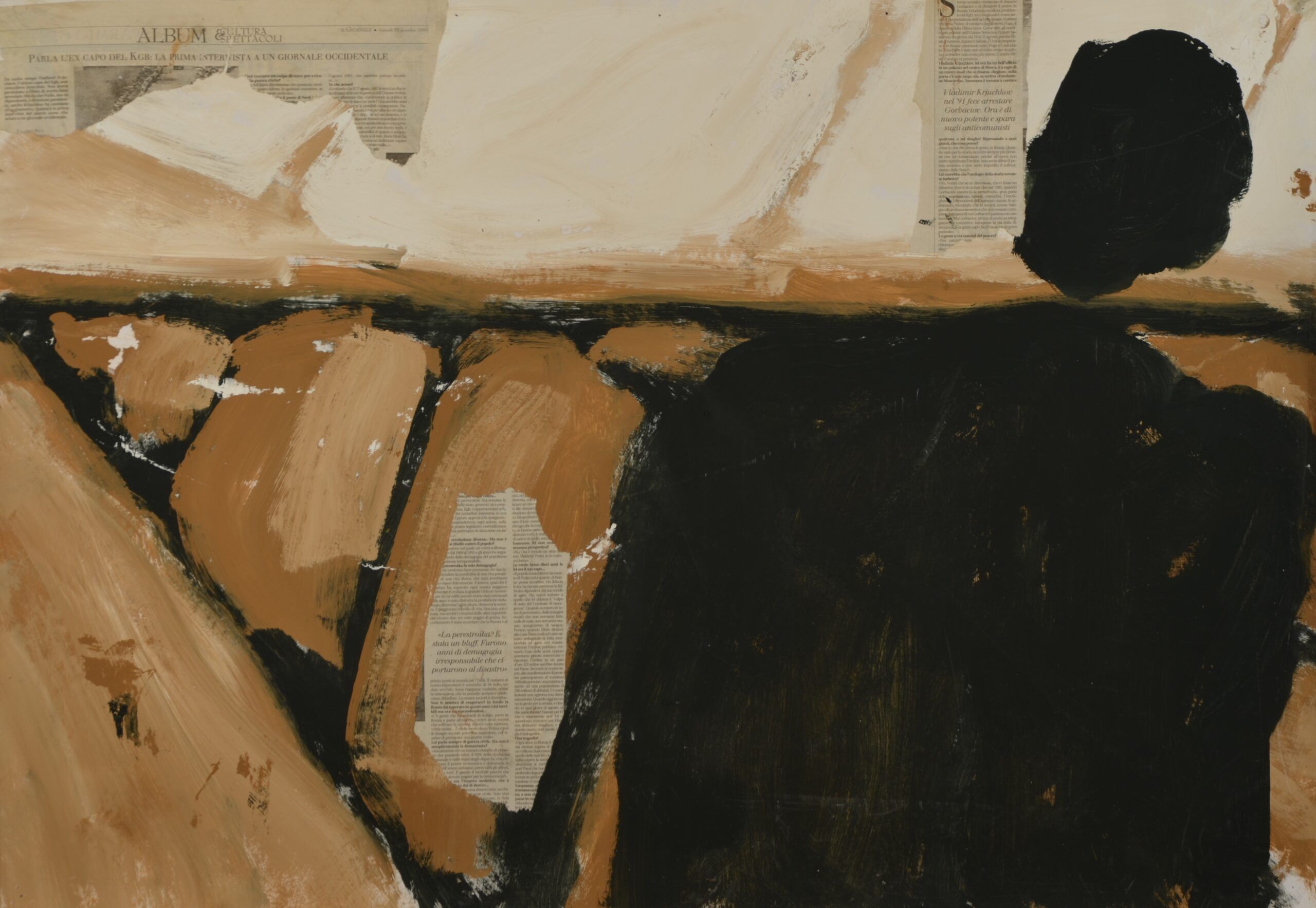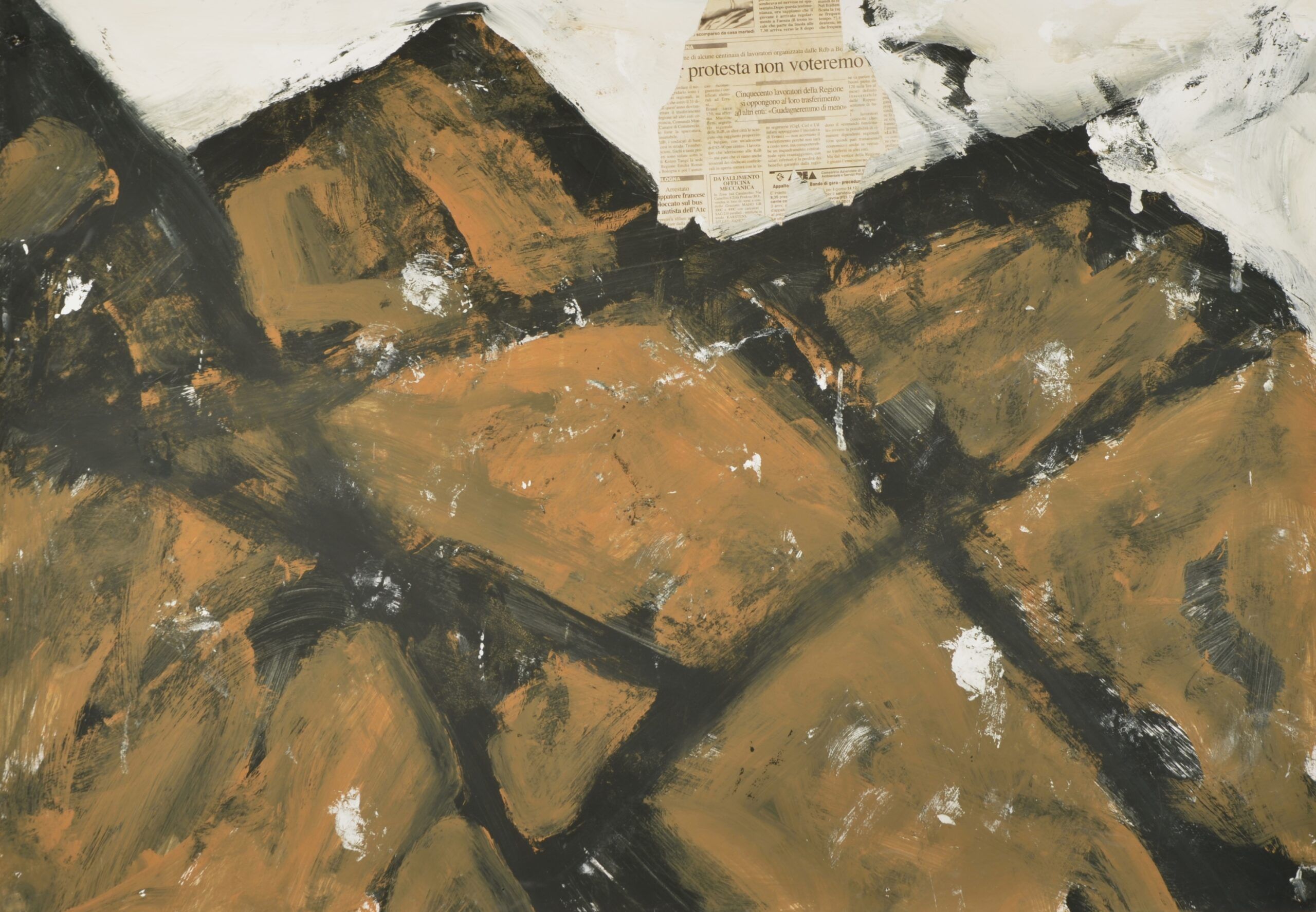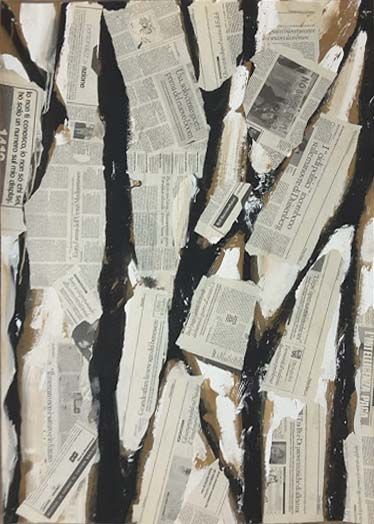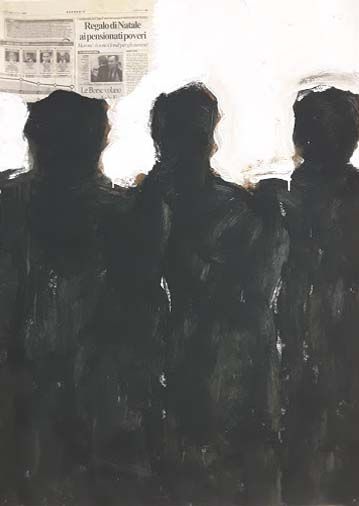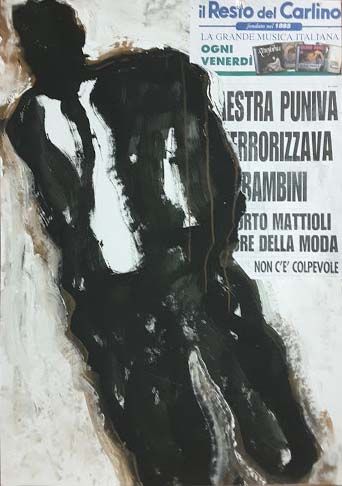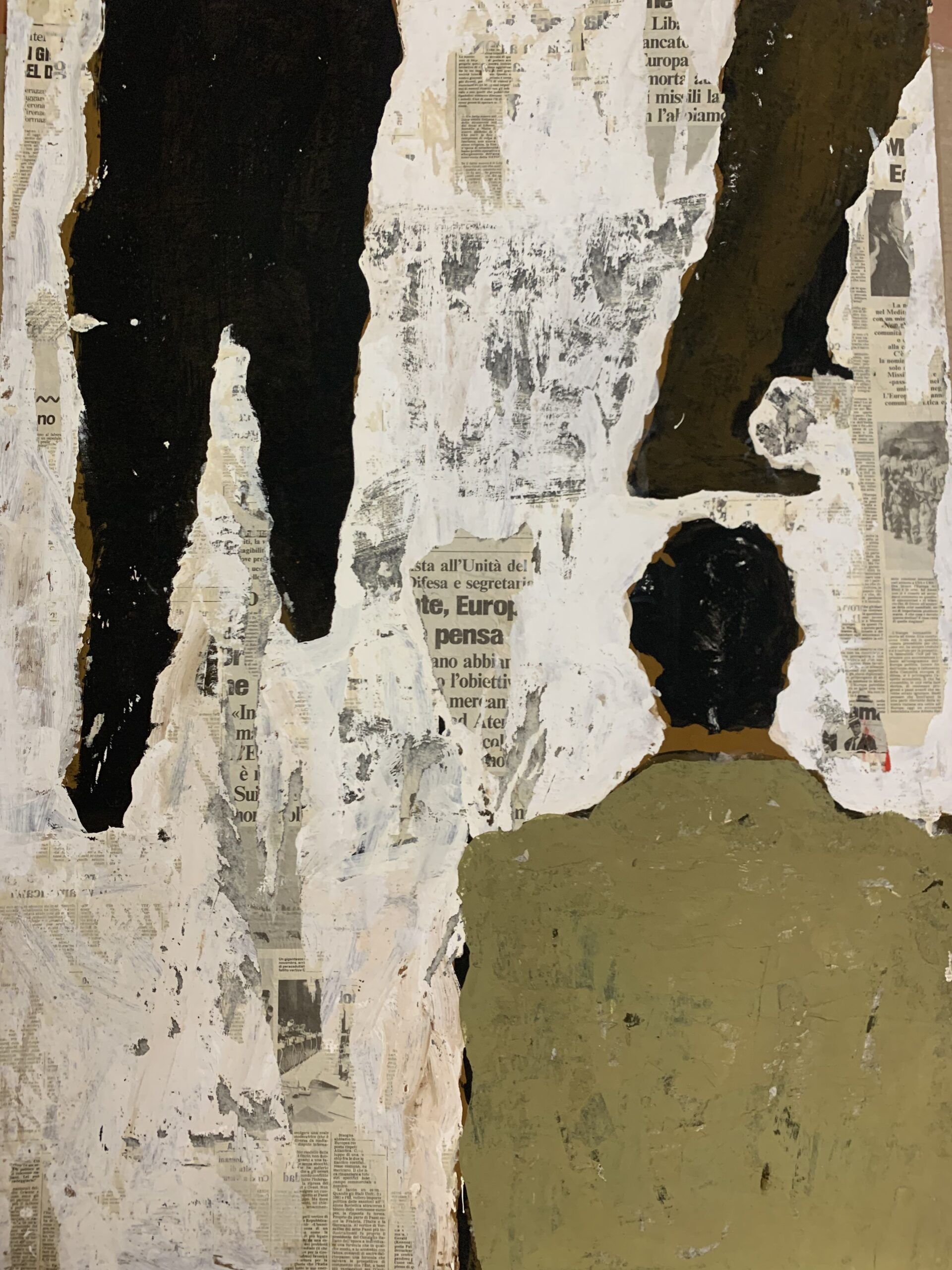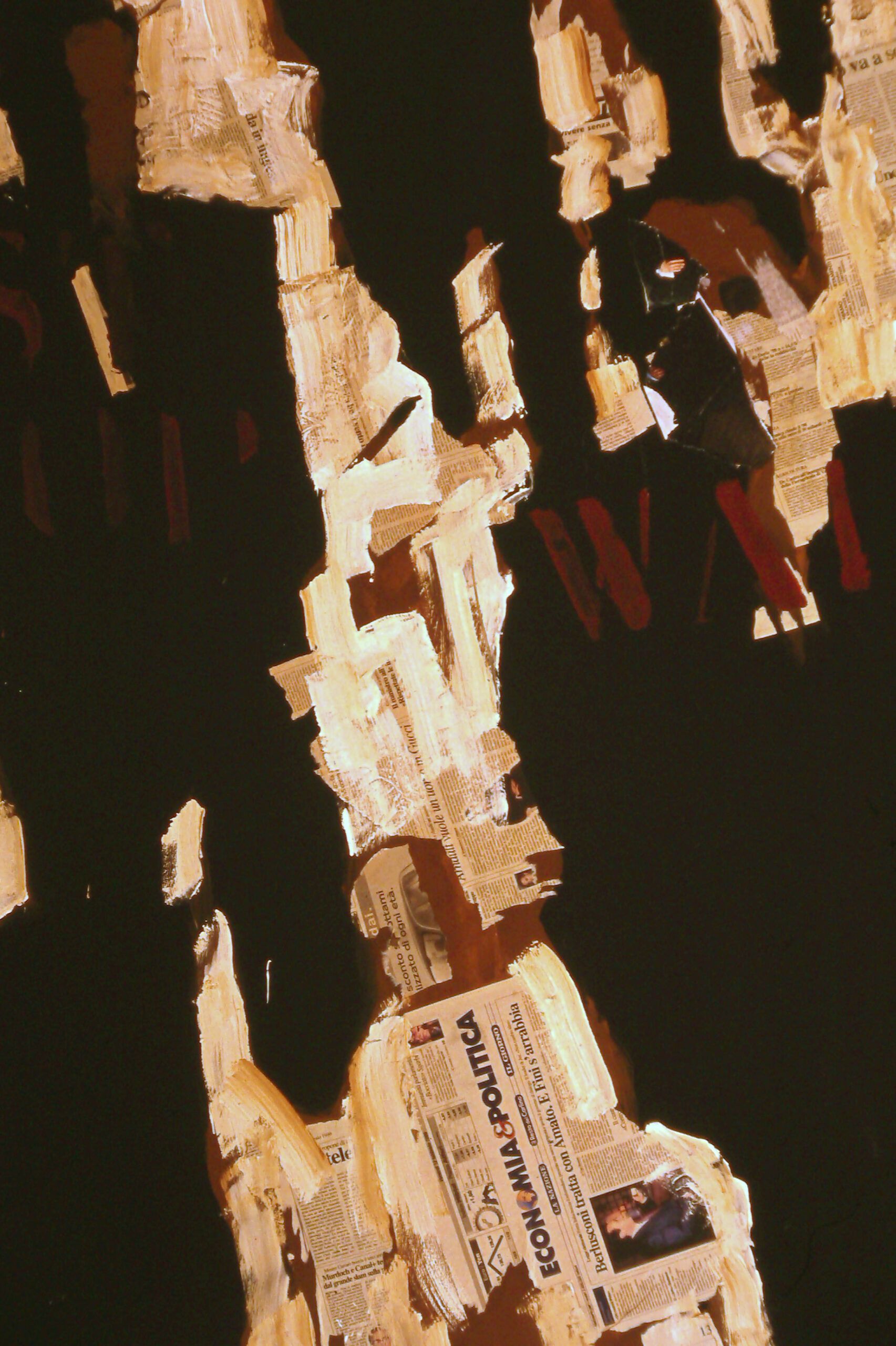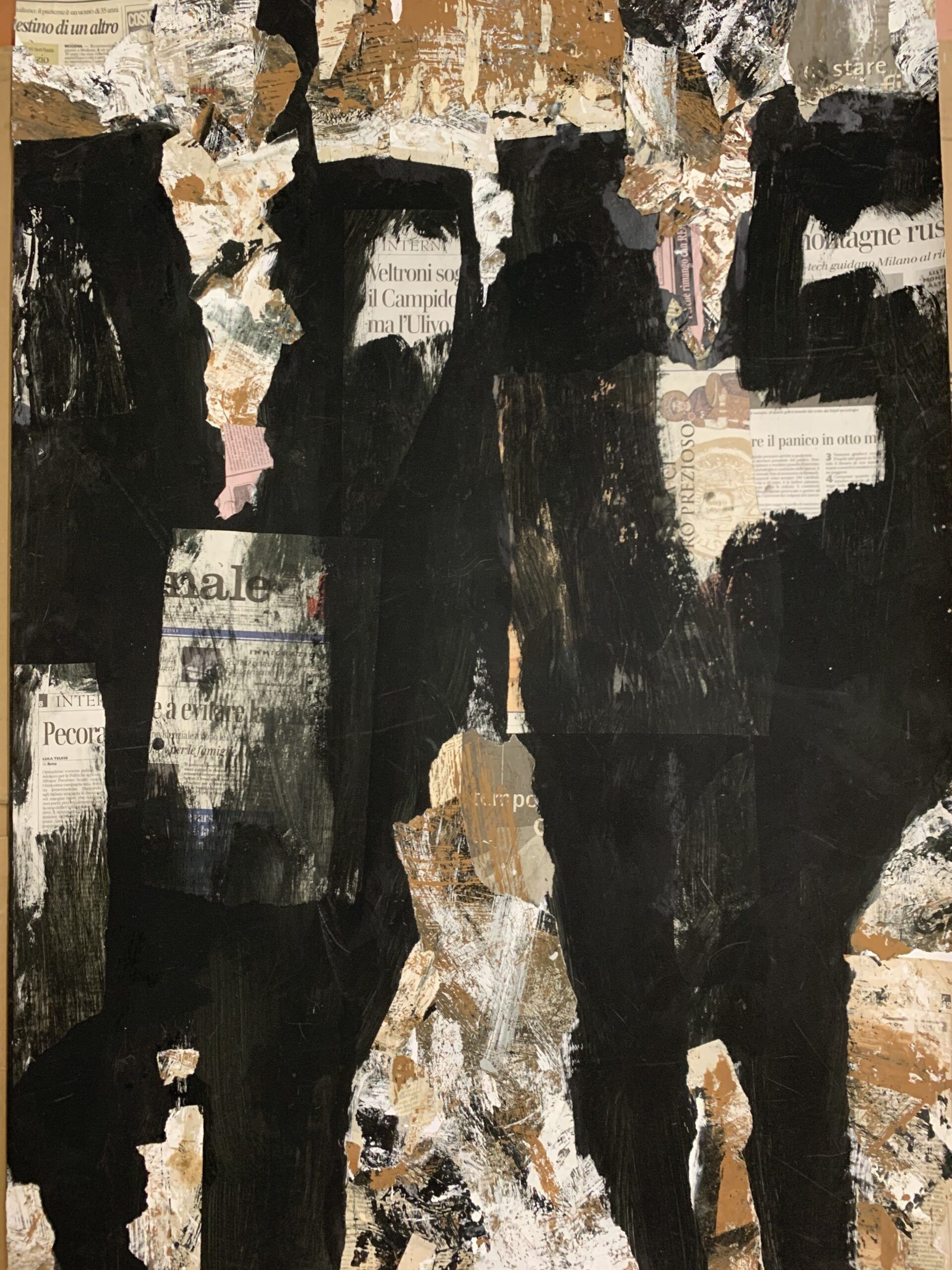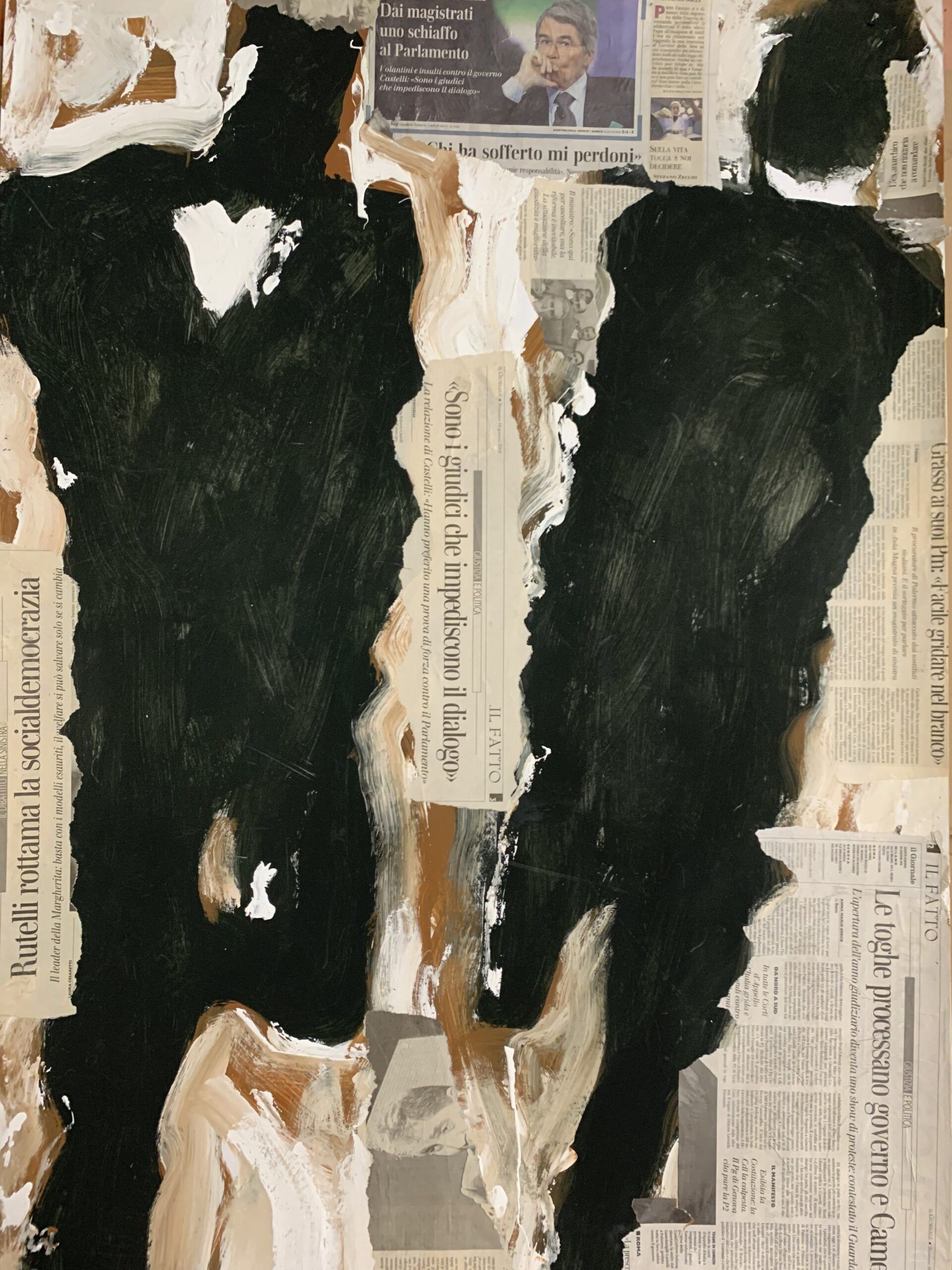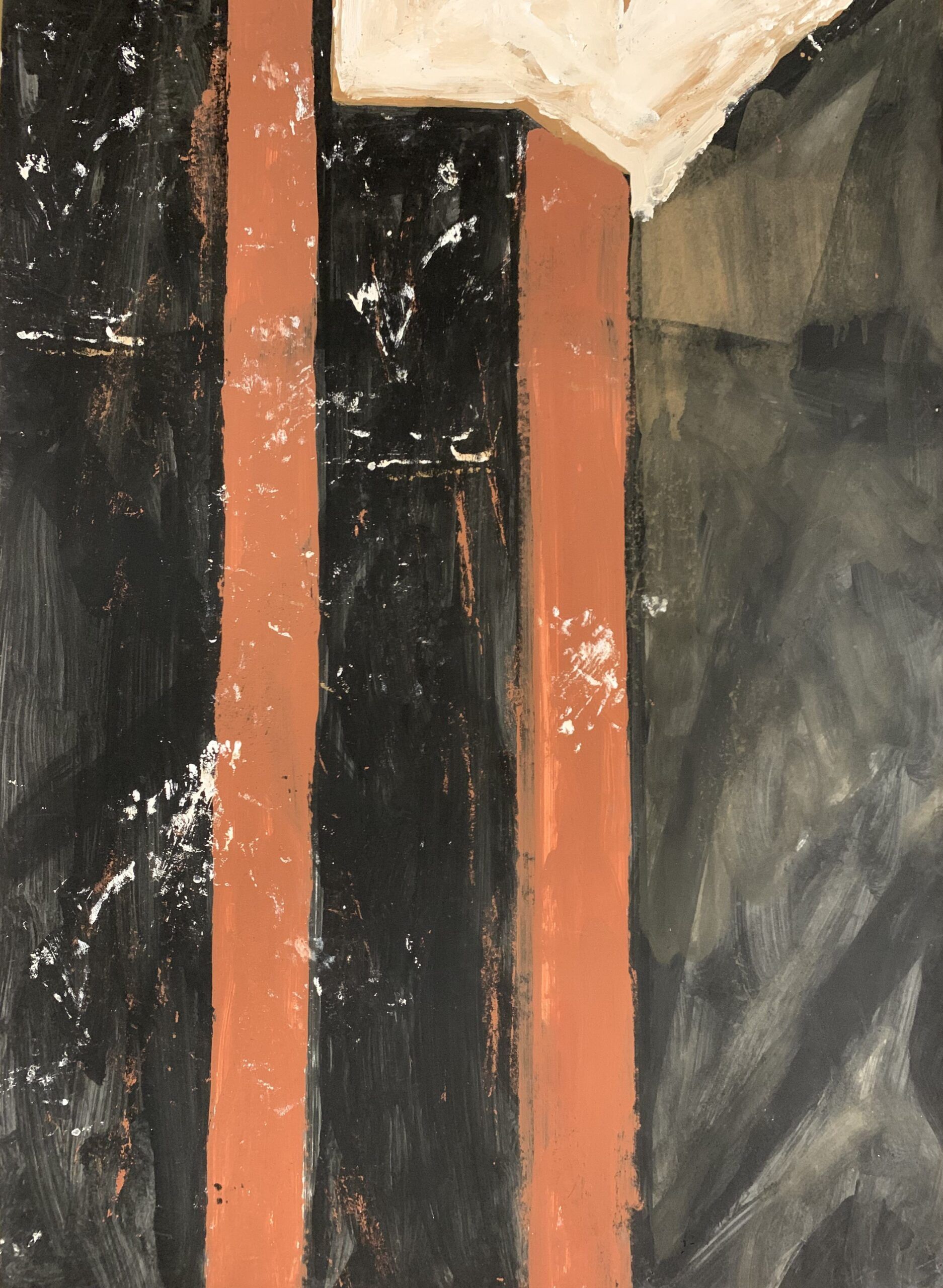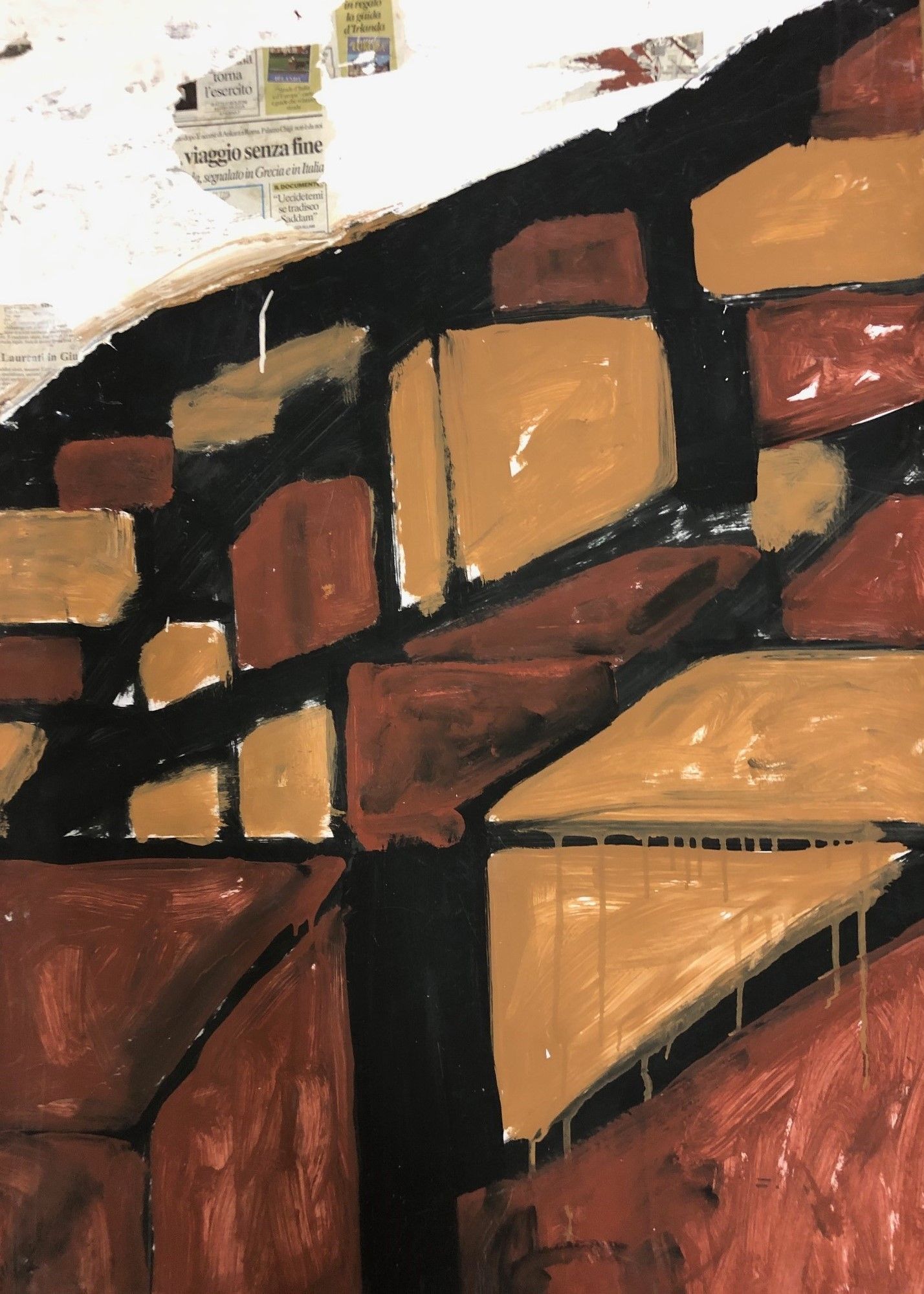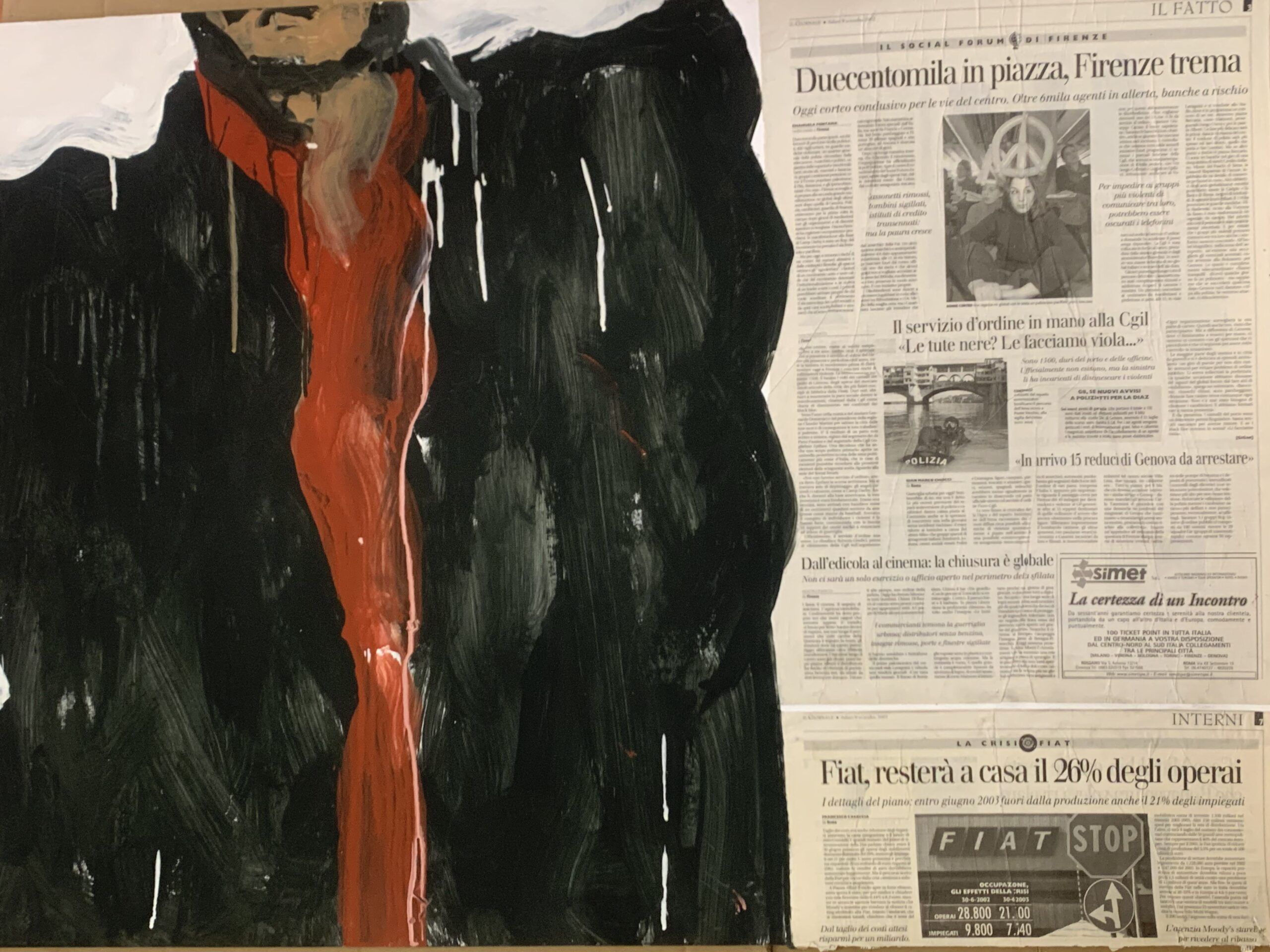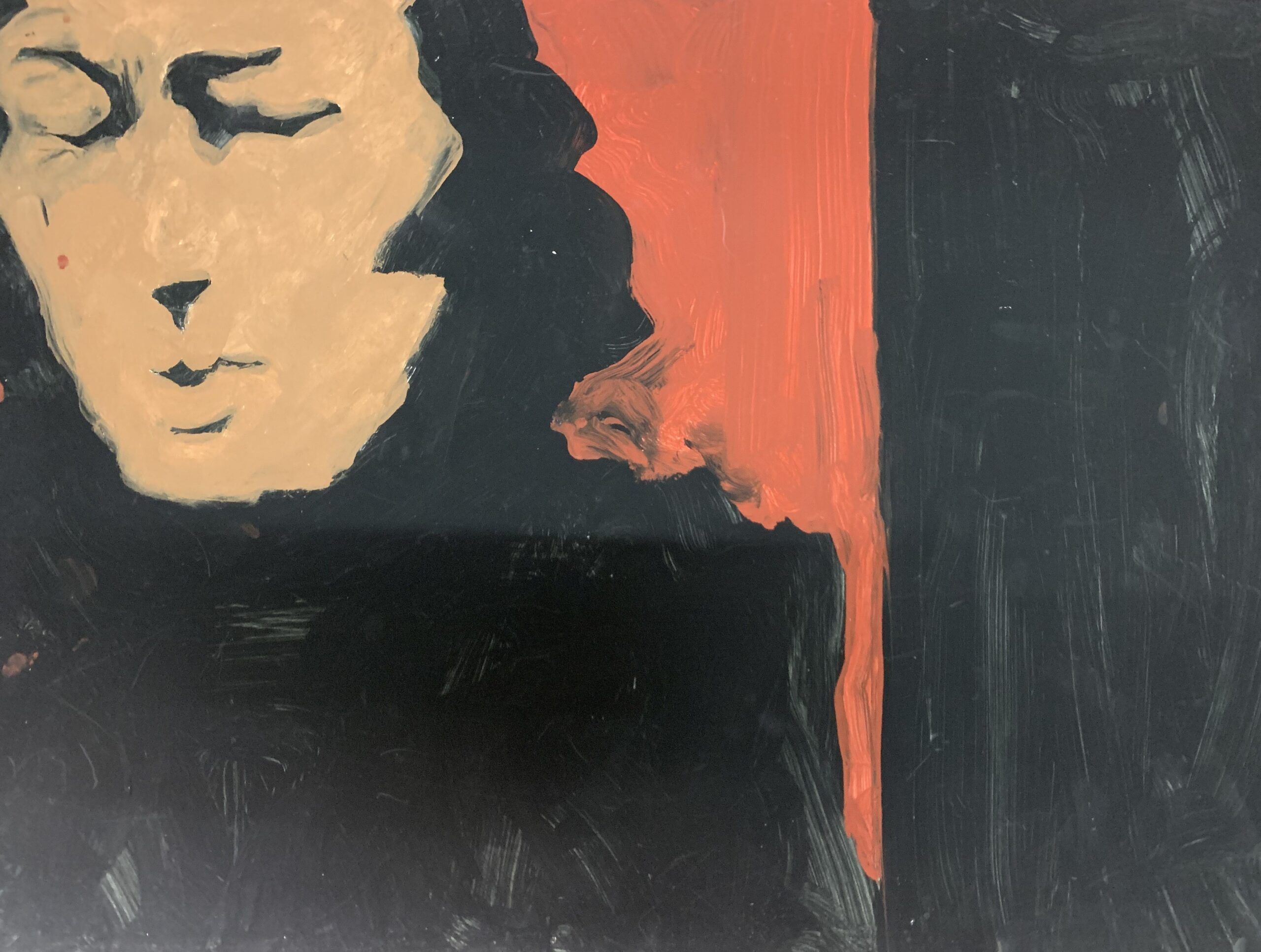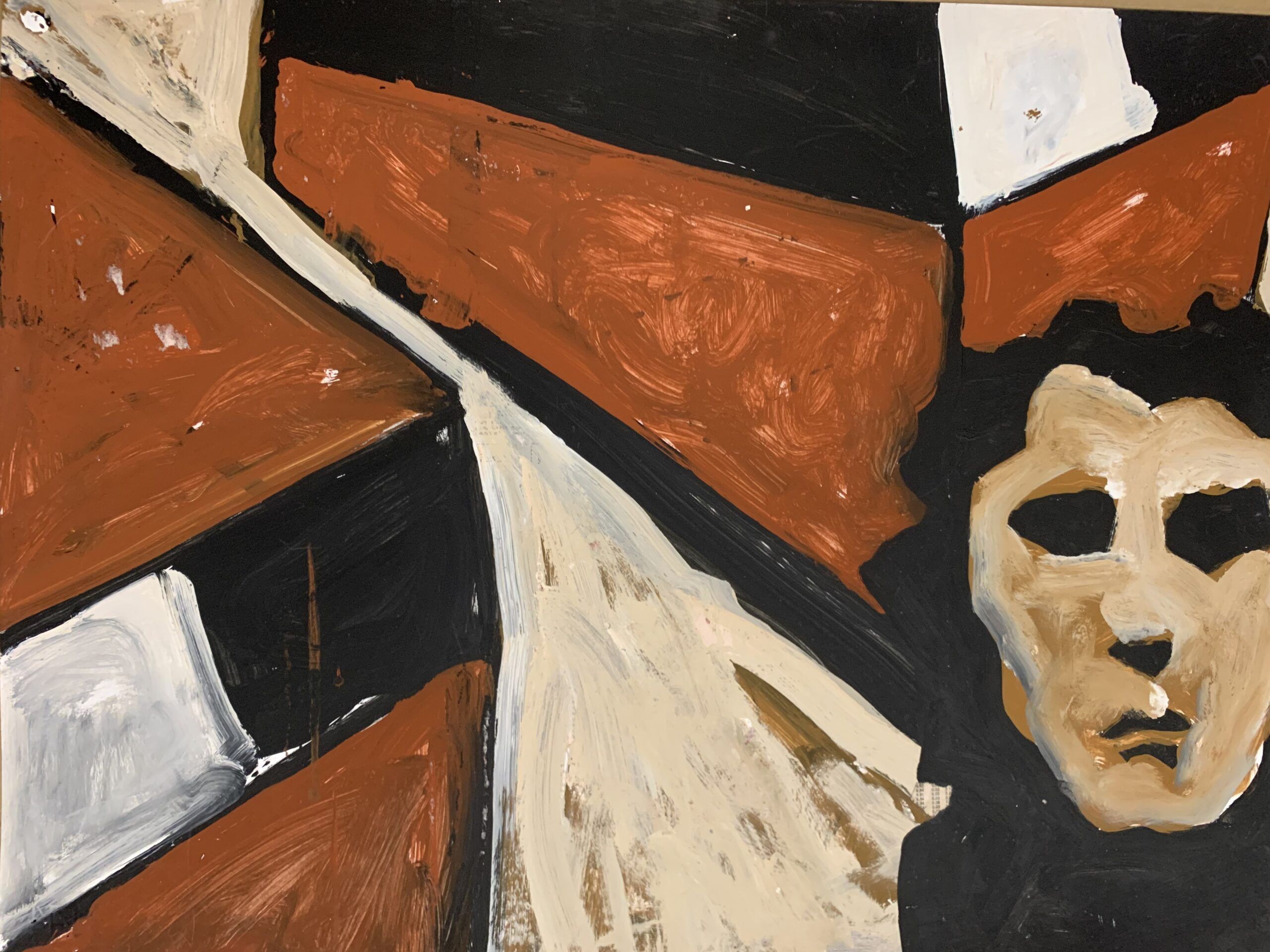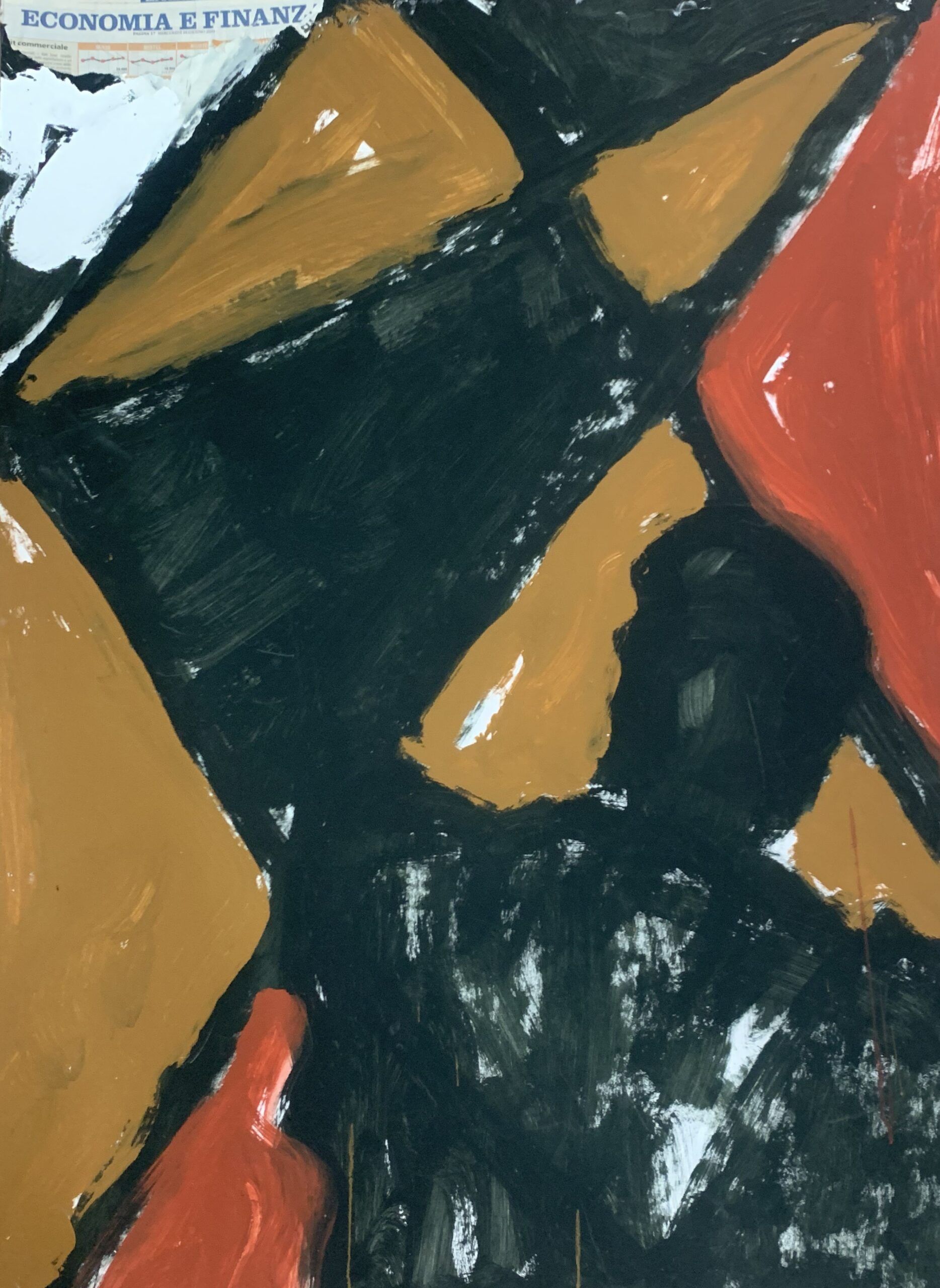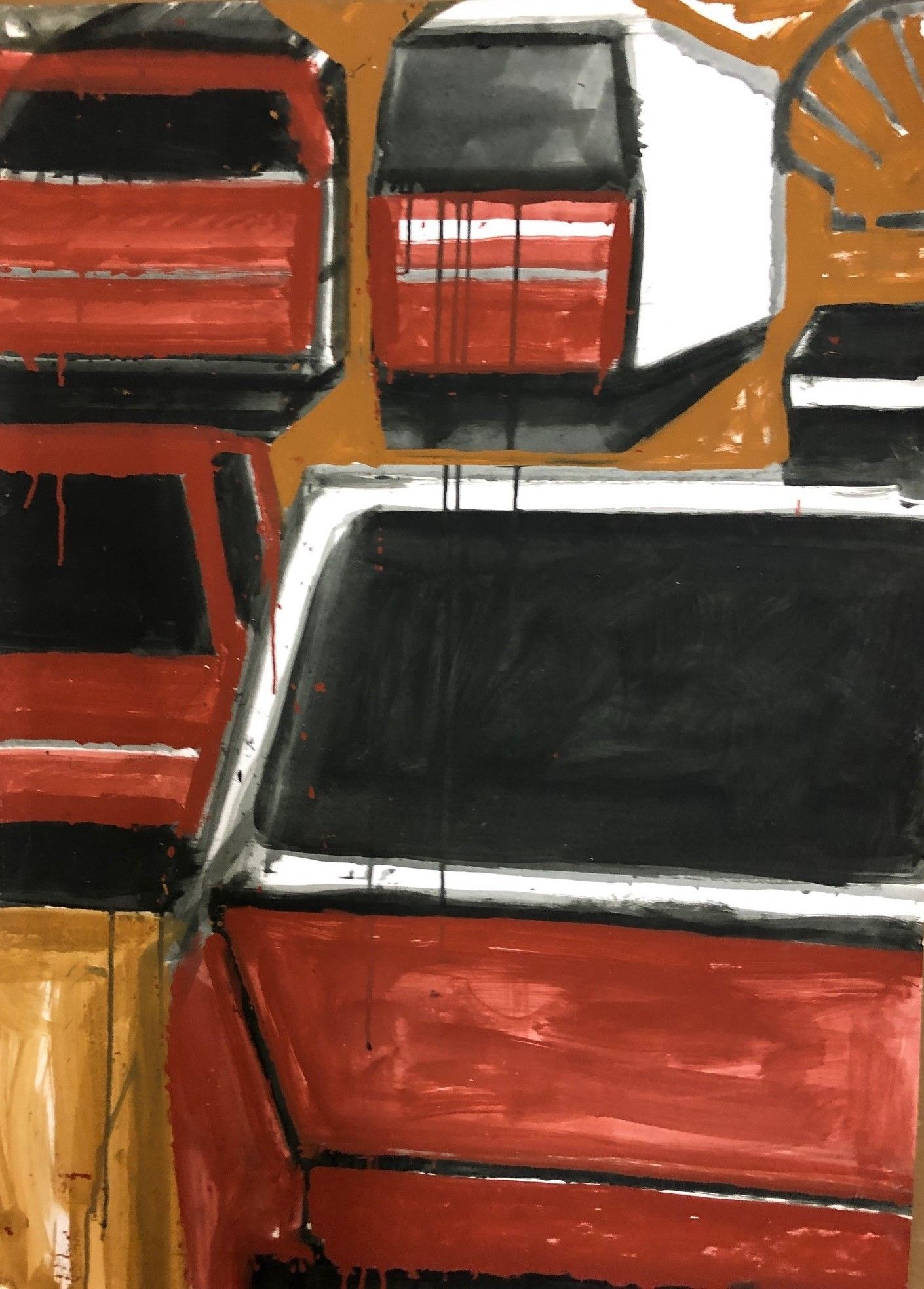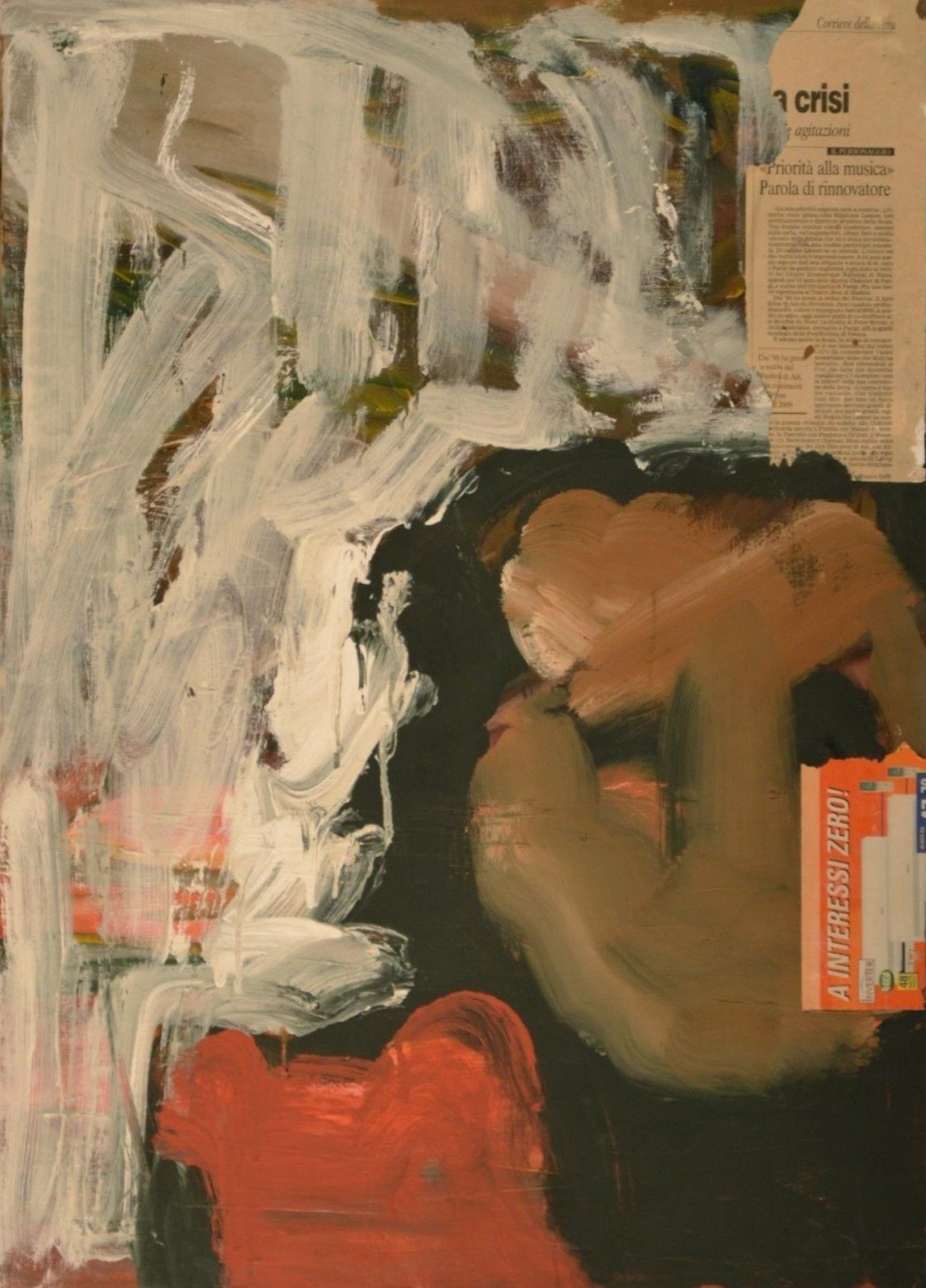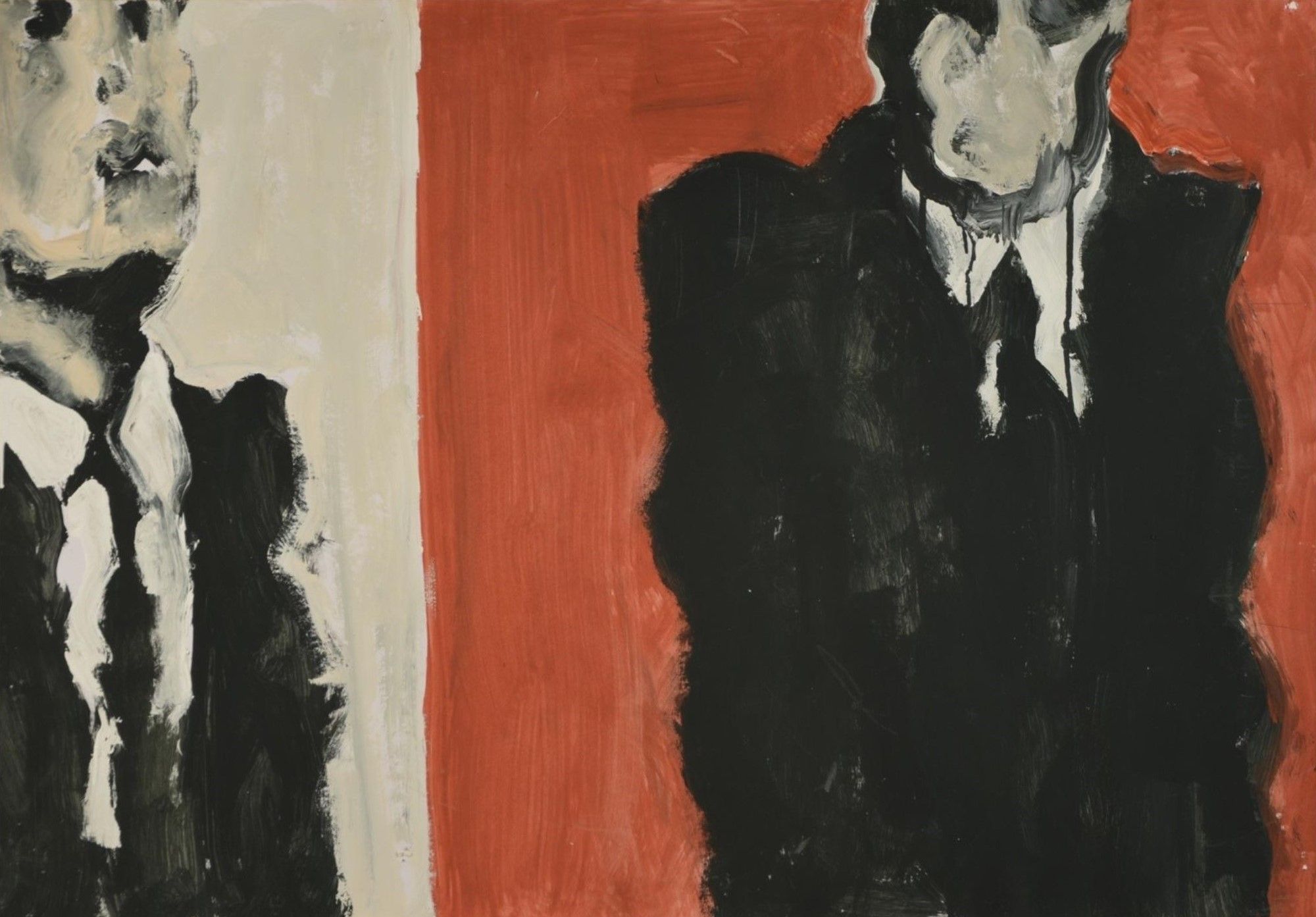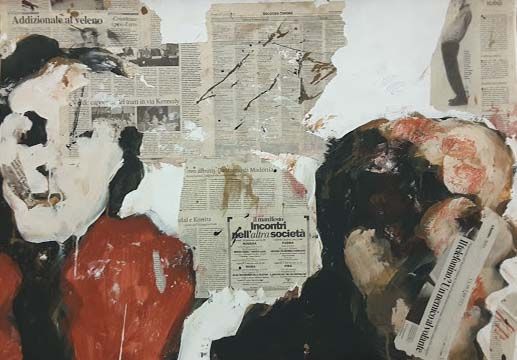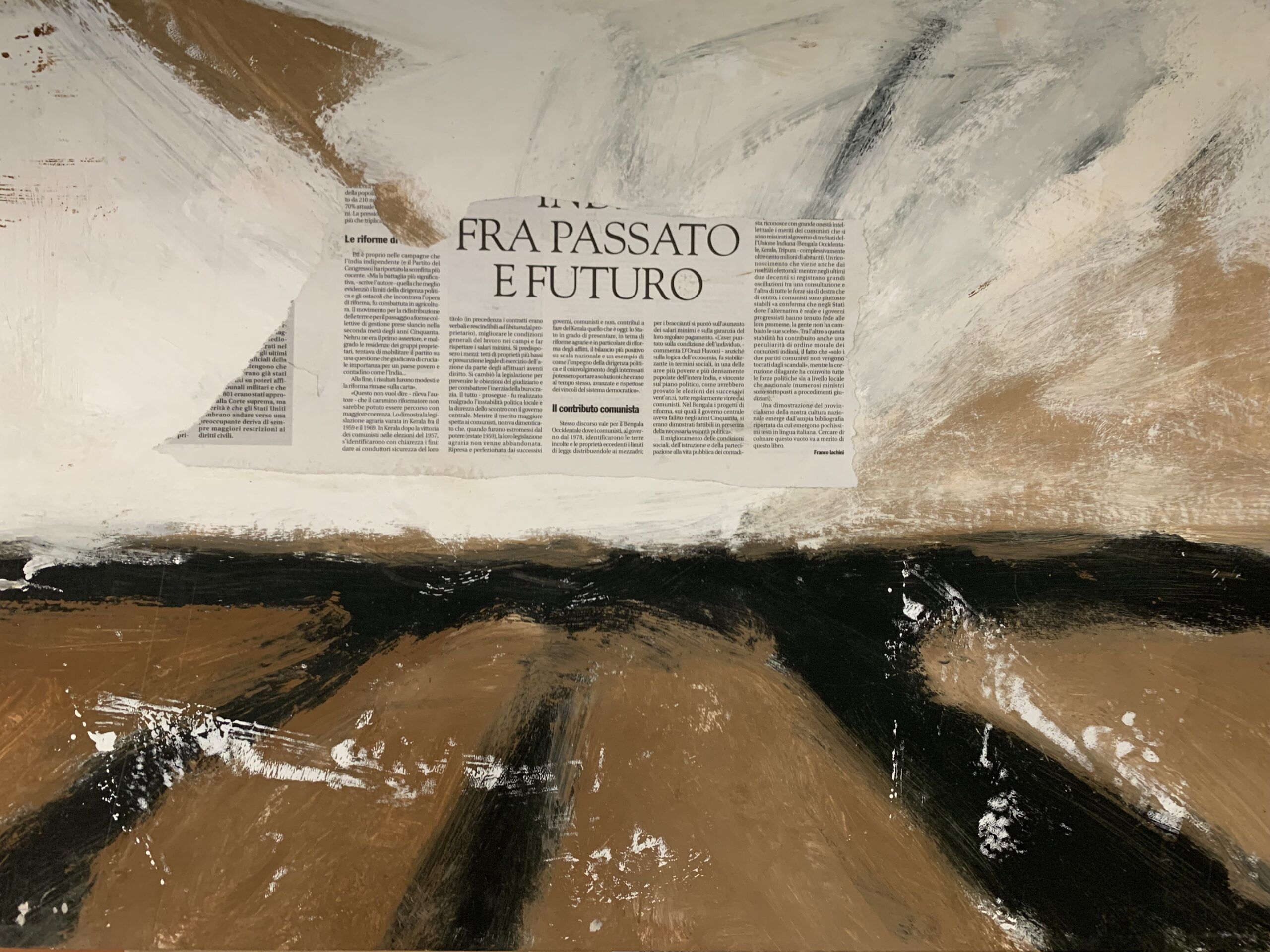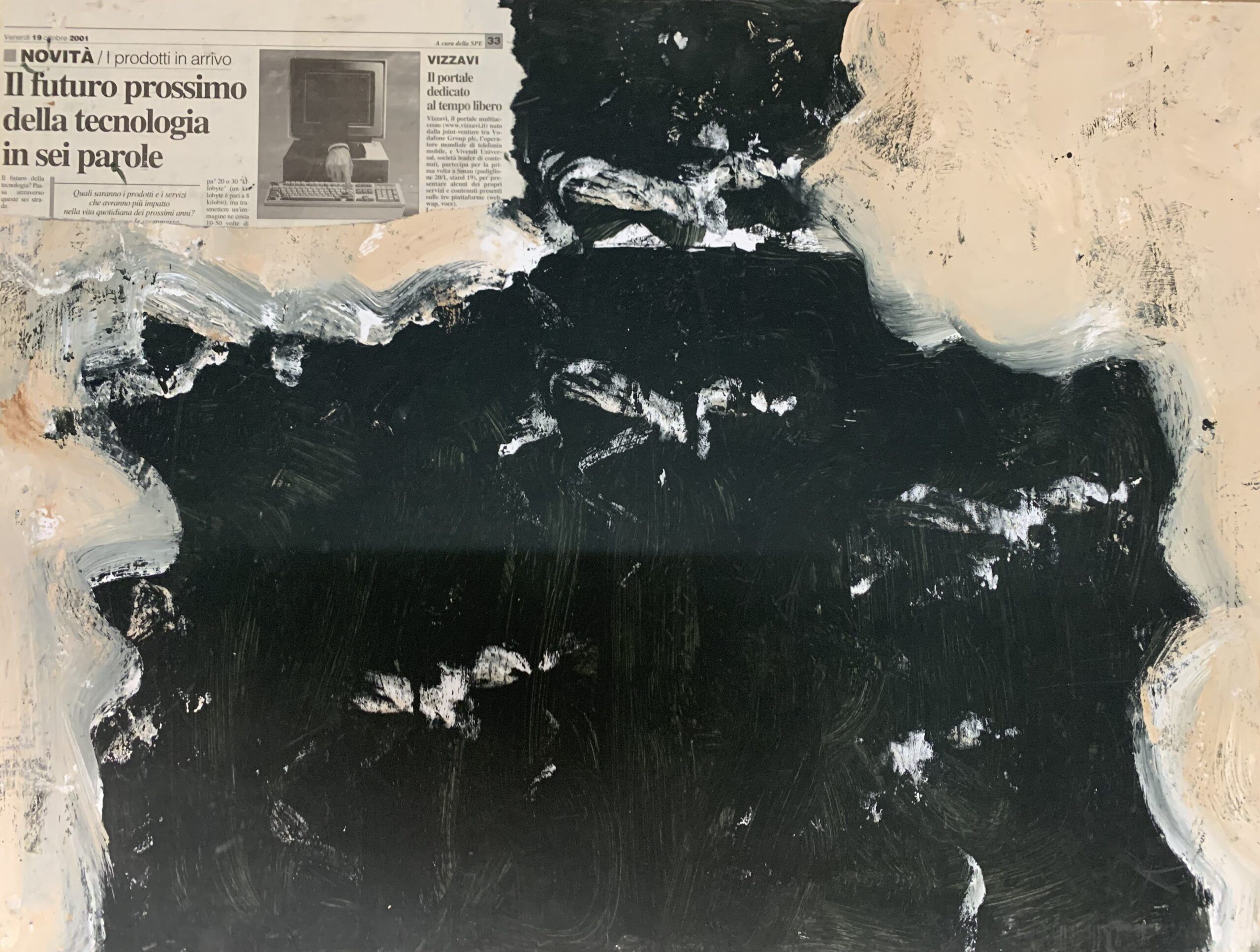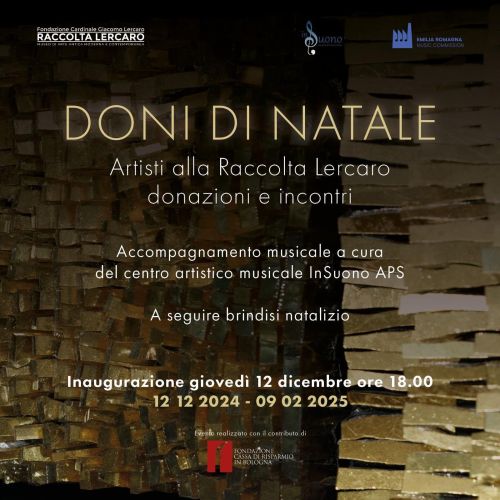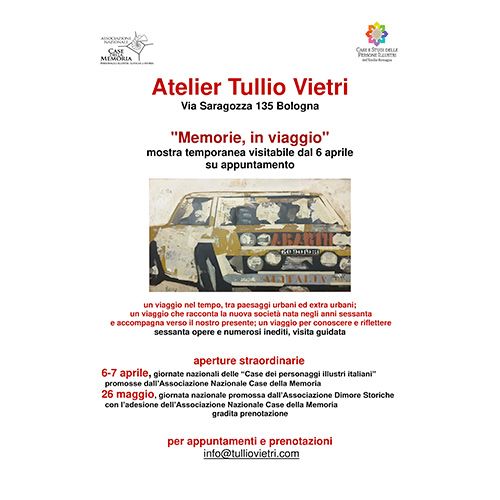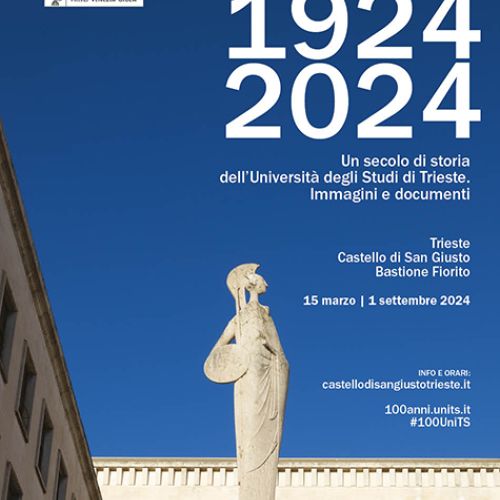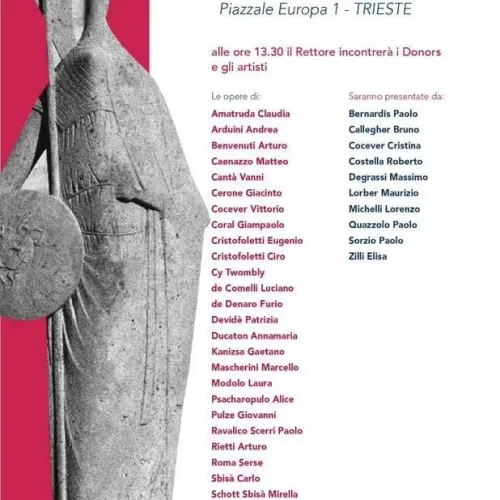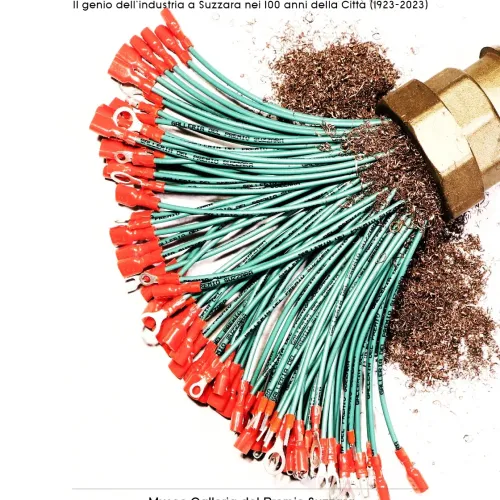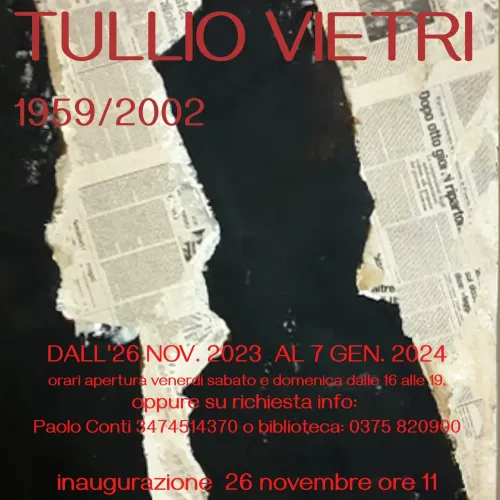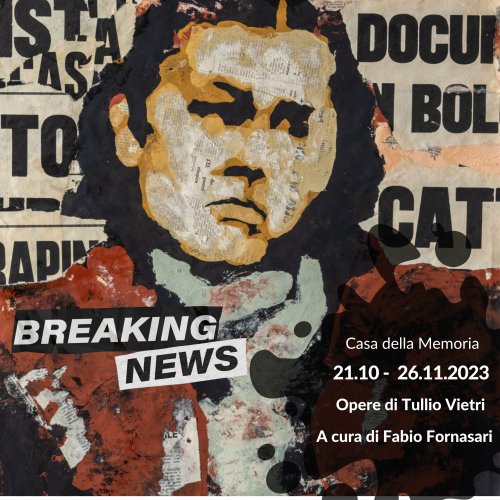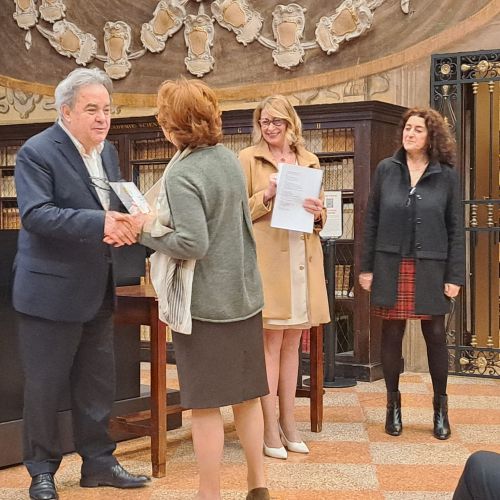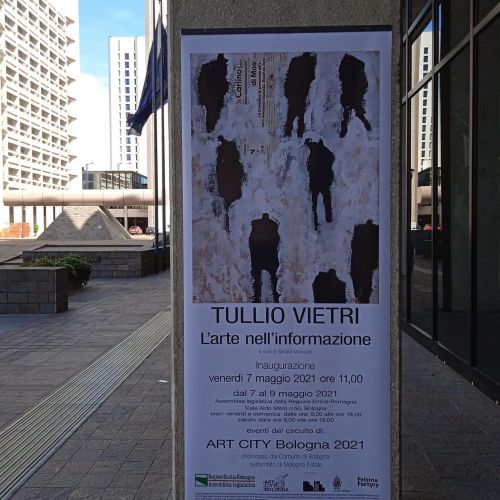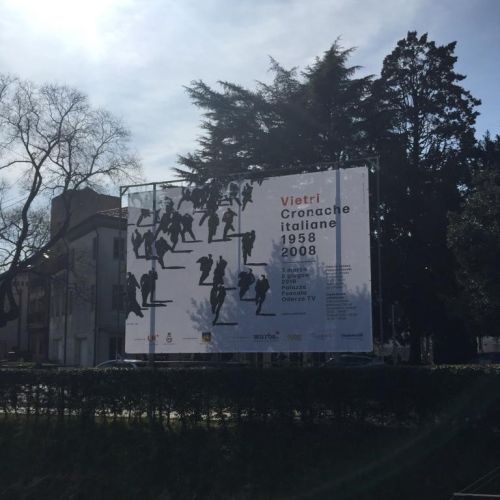The
2000s
2000s
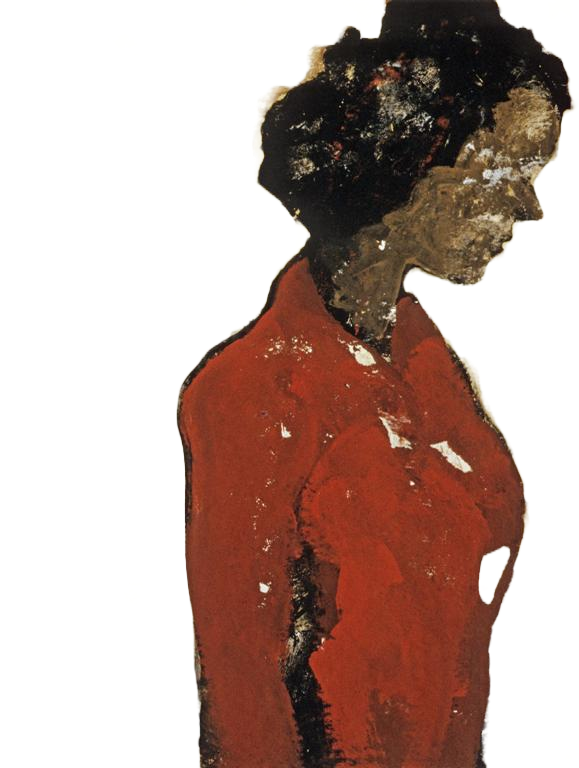
Acts of terrorism and wars heavily mark the relationship between East and West, while the European Union seeks new prominence with the single currency and Italy is progressively weakened by alternating governments and blossoming of scandals. The development model is being deconstructed under the pressure of the expansion of large multinationals, the computerisation of production processes and tertiarisation, industrial relocations and precarious work. Inequalities and migratory flows increase, while the environmental risk looms. Finance decides the fate of the economy, while in the global village televisions and social media propose a world of lightness, happiness and artificial freedom to increasingly homologated and isolated men.
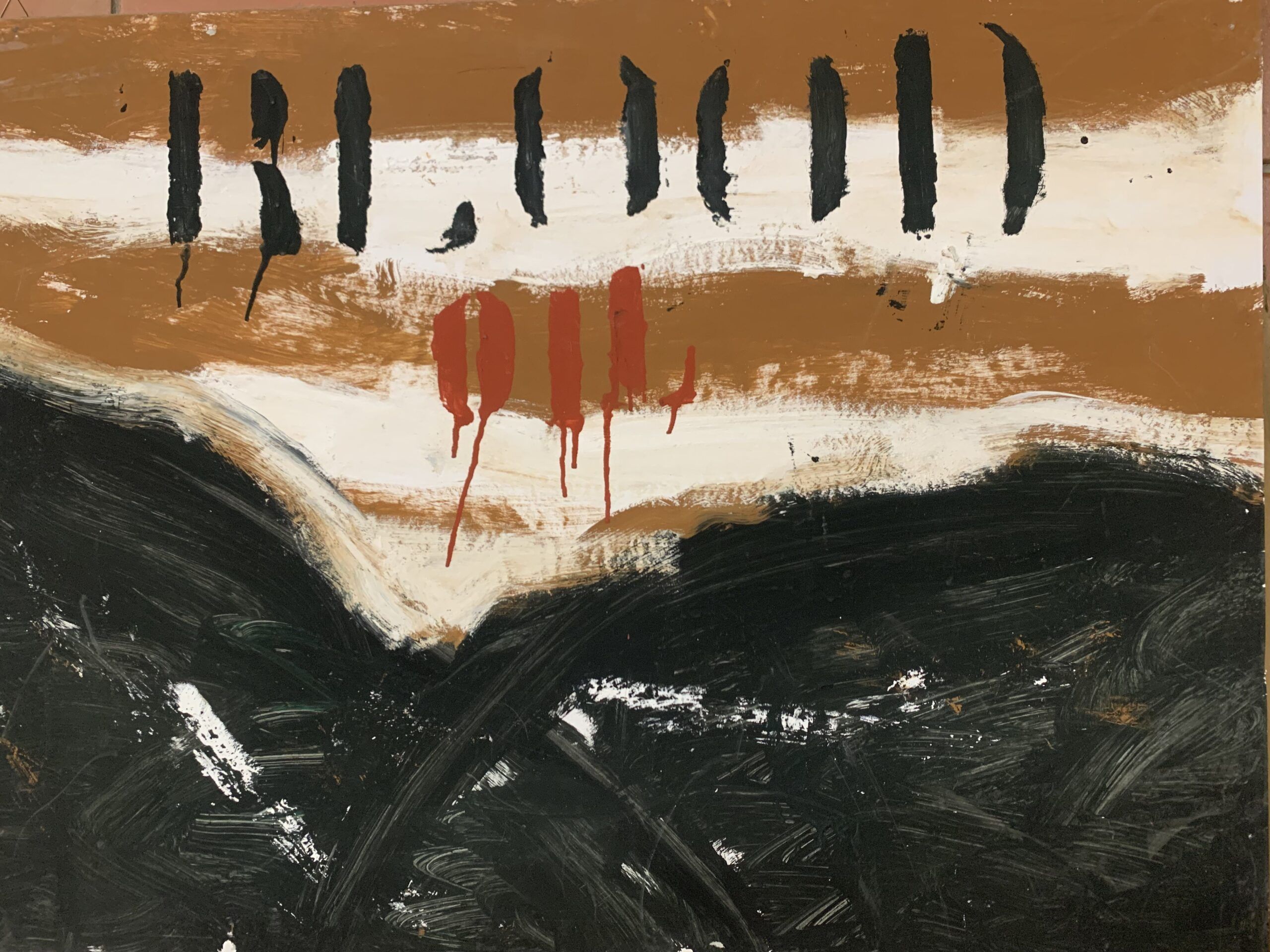

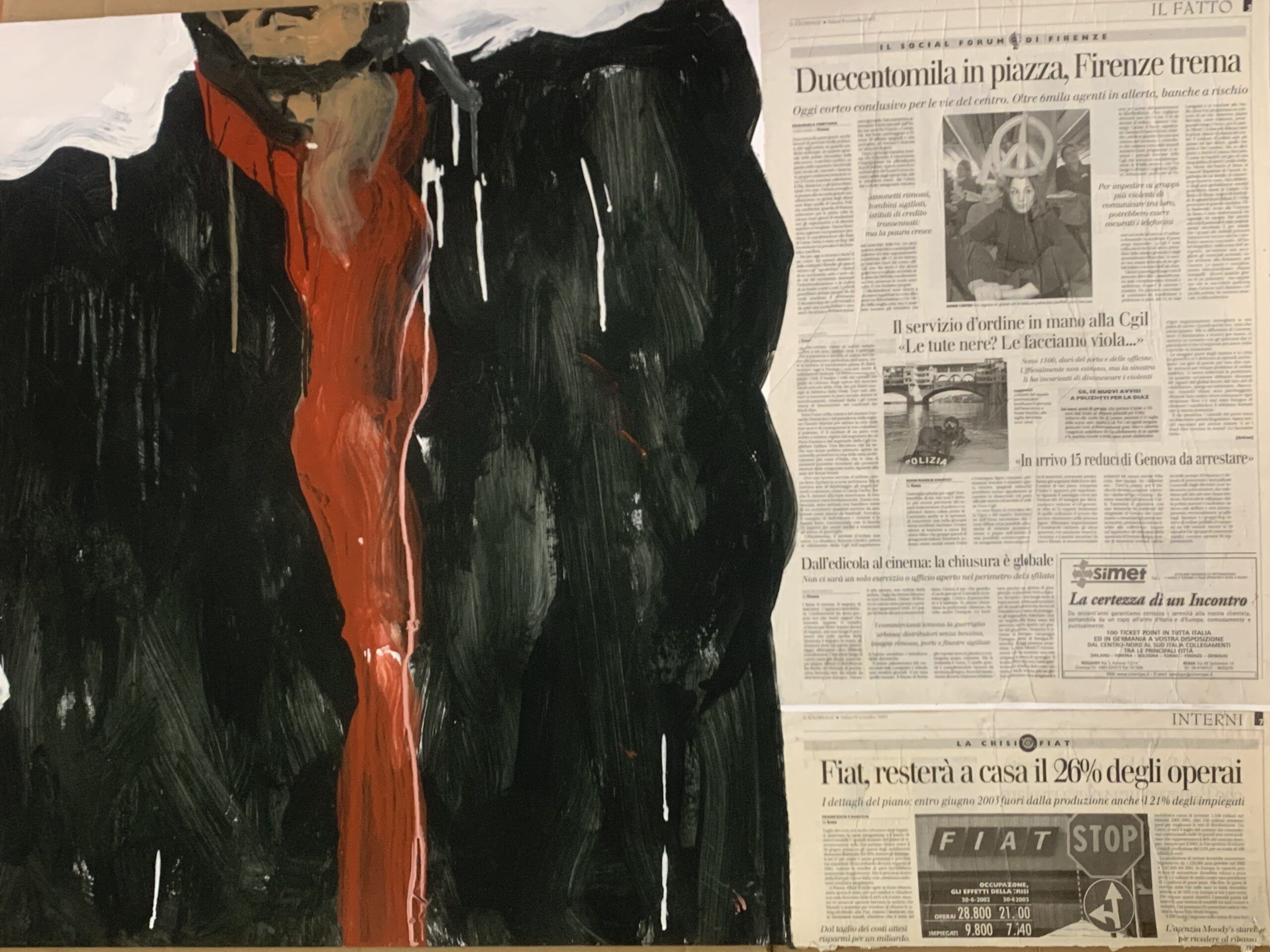
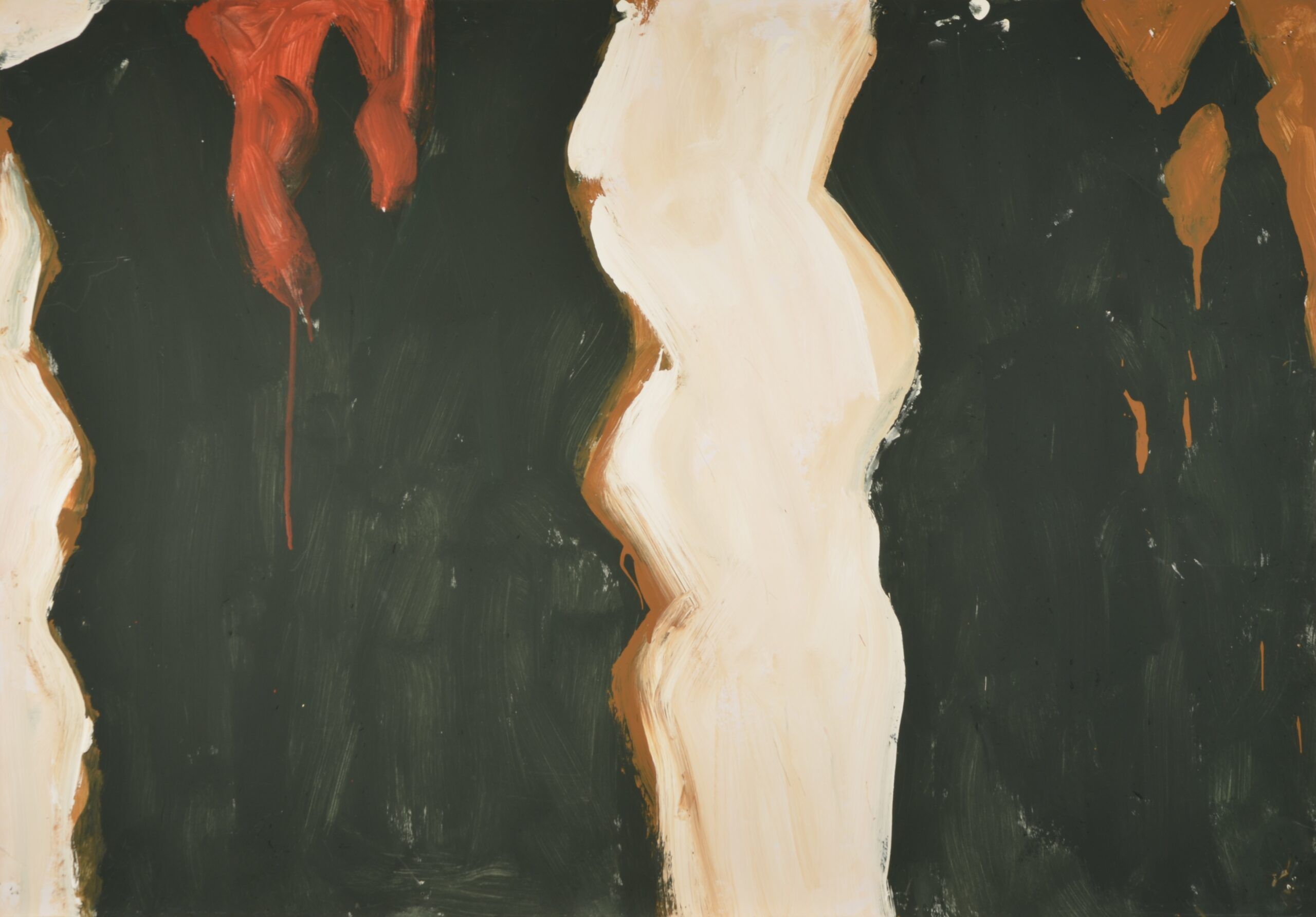


Vietri sees a society that has folded in on itself and that is in danger of denying itself a future. And he “shouts” his alarm by accentuating the gesture and decomposing the form to the limits of abstraction in the depiction of desertified countryside, skeletonised trees, deformed faces, lost people. His figuration becomes even more dramatic, almost tragic, with darkened colors, blurred shapes, broken marks, shattered images that often emerge from the most varied and improbable salvaged materials to further emphasize the loss of ethical and aesthetic values. Facing the impending crisis, his art depicts his extreme alarm, but also extreme invocation and reaffirmation of the centrality of the man, of his rights and his cultural-moral-spiritual values, and the respect for nature and peace as the foundation of civilization.
Last drawings and trees
From 2009 to 2014, Vietri is forced, for health reasons, to abandon his studio and easels, he can only draw at home, in the library. This gave rise to a large series of drawings, executed in marker with quick strokes on paper or newspaper pages. As in the pictorial production of previous years, trees, symbol of nature and symbol of the human condition, return in large numbers.
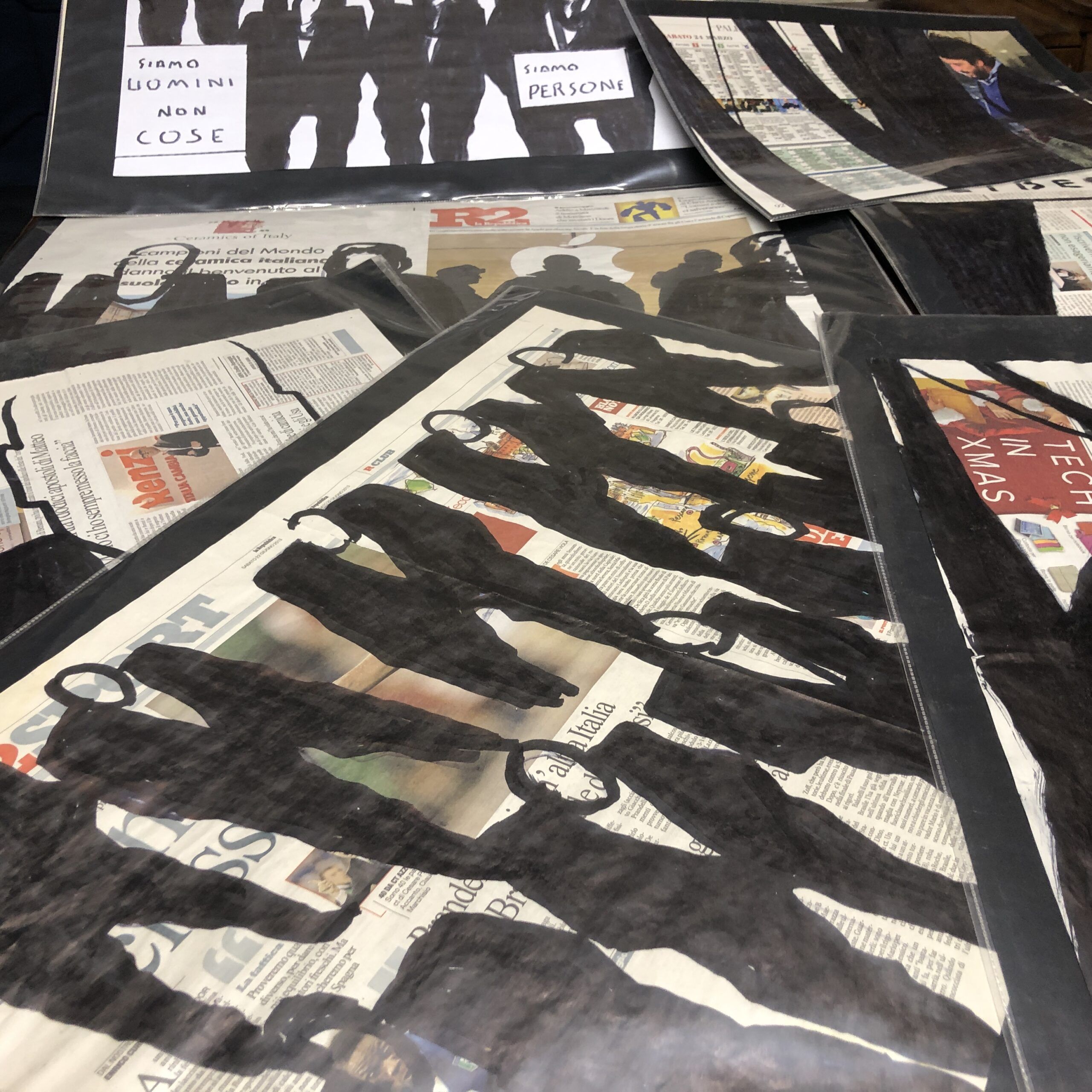


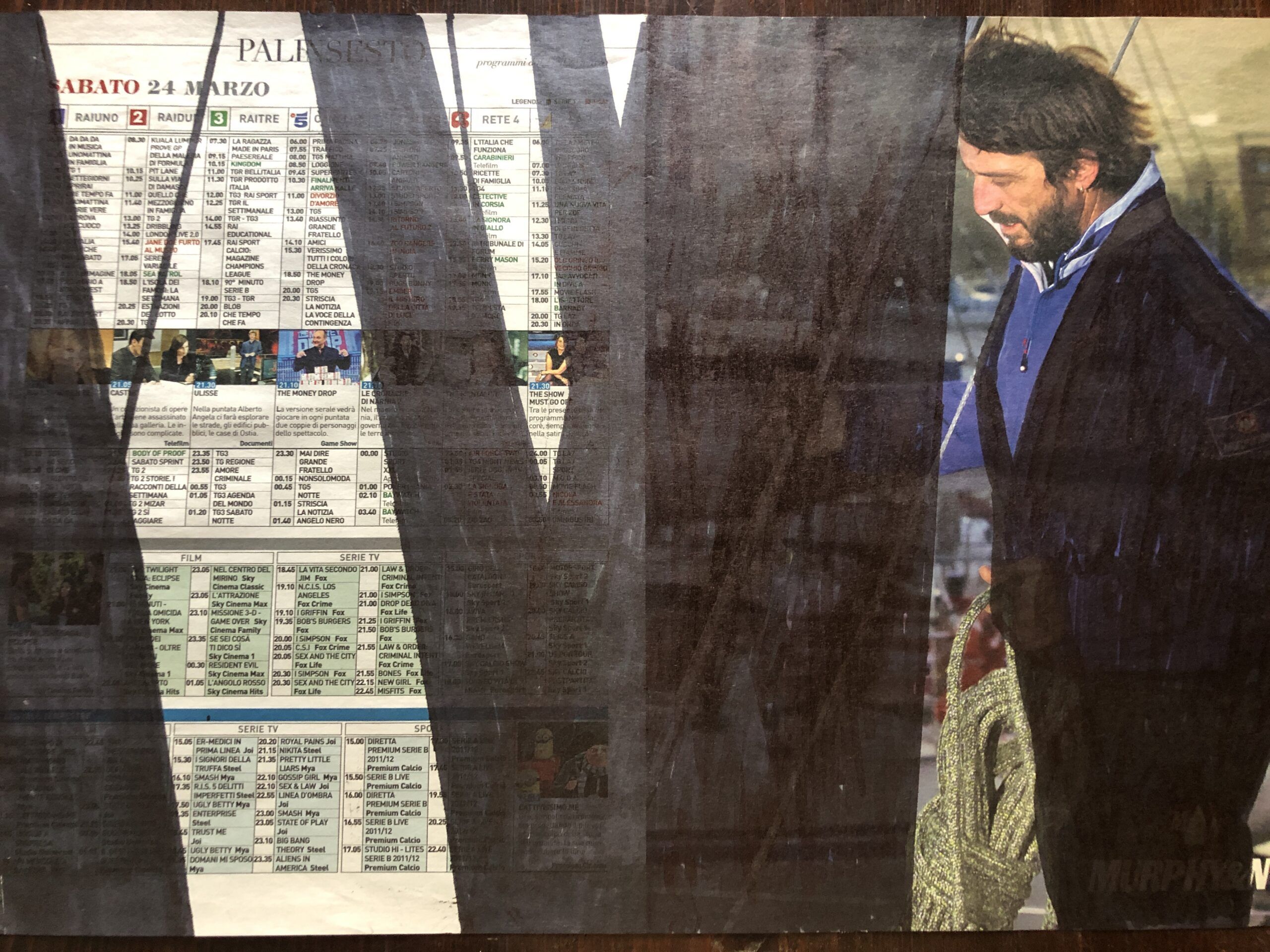
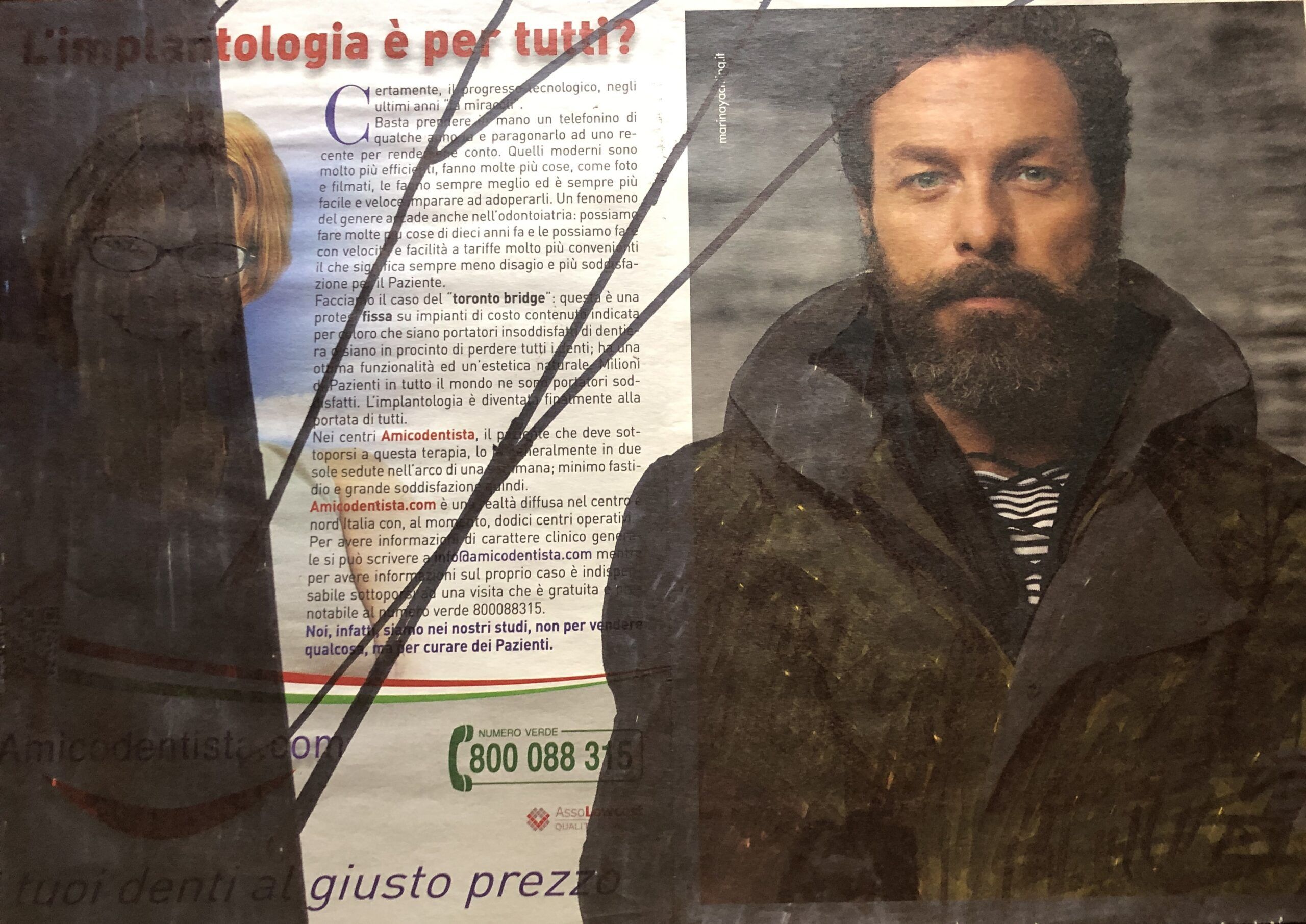
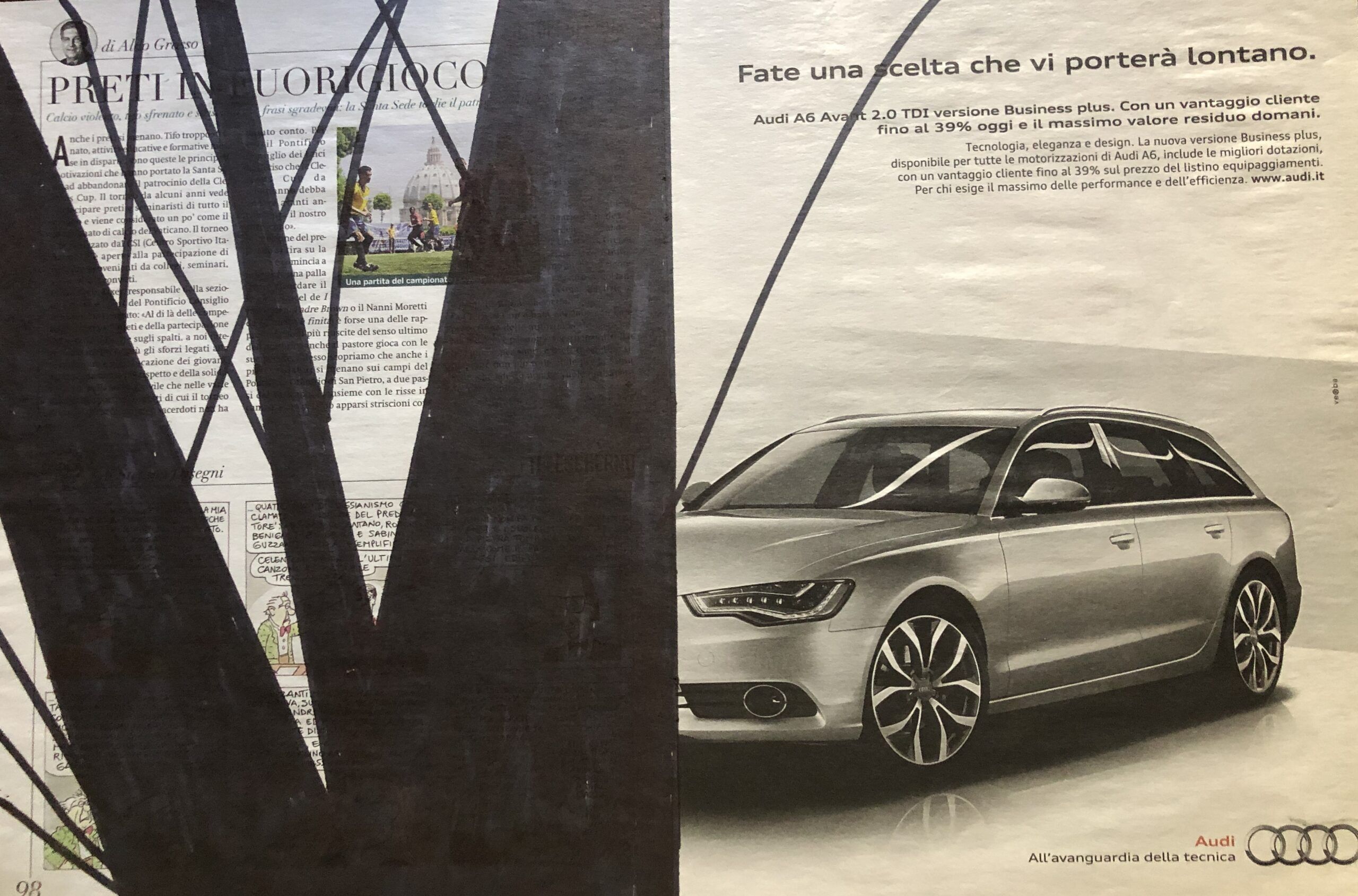
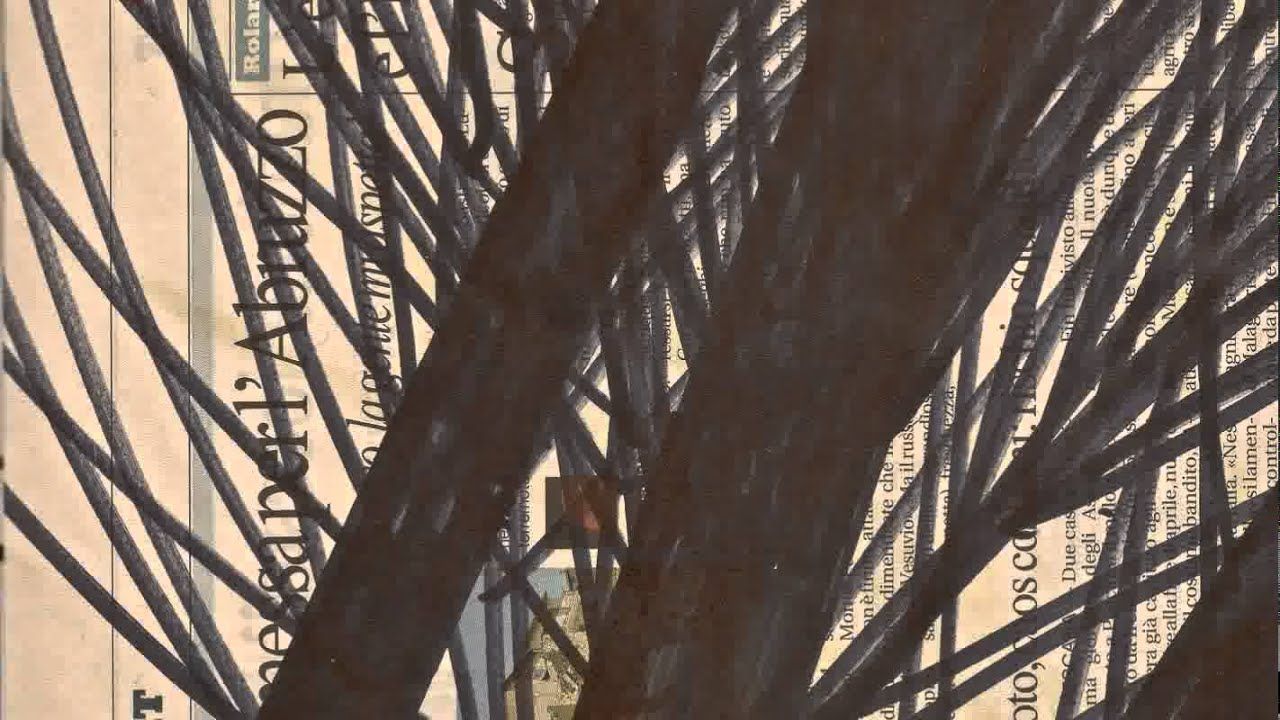

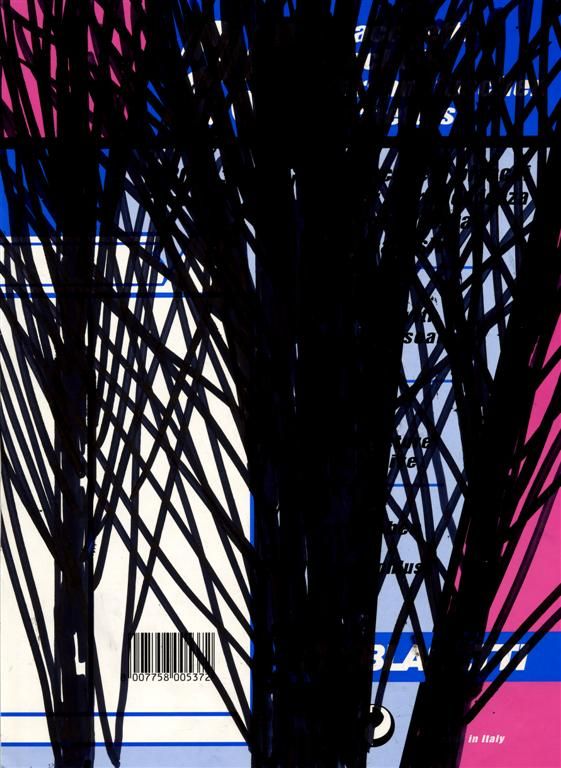
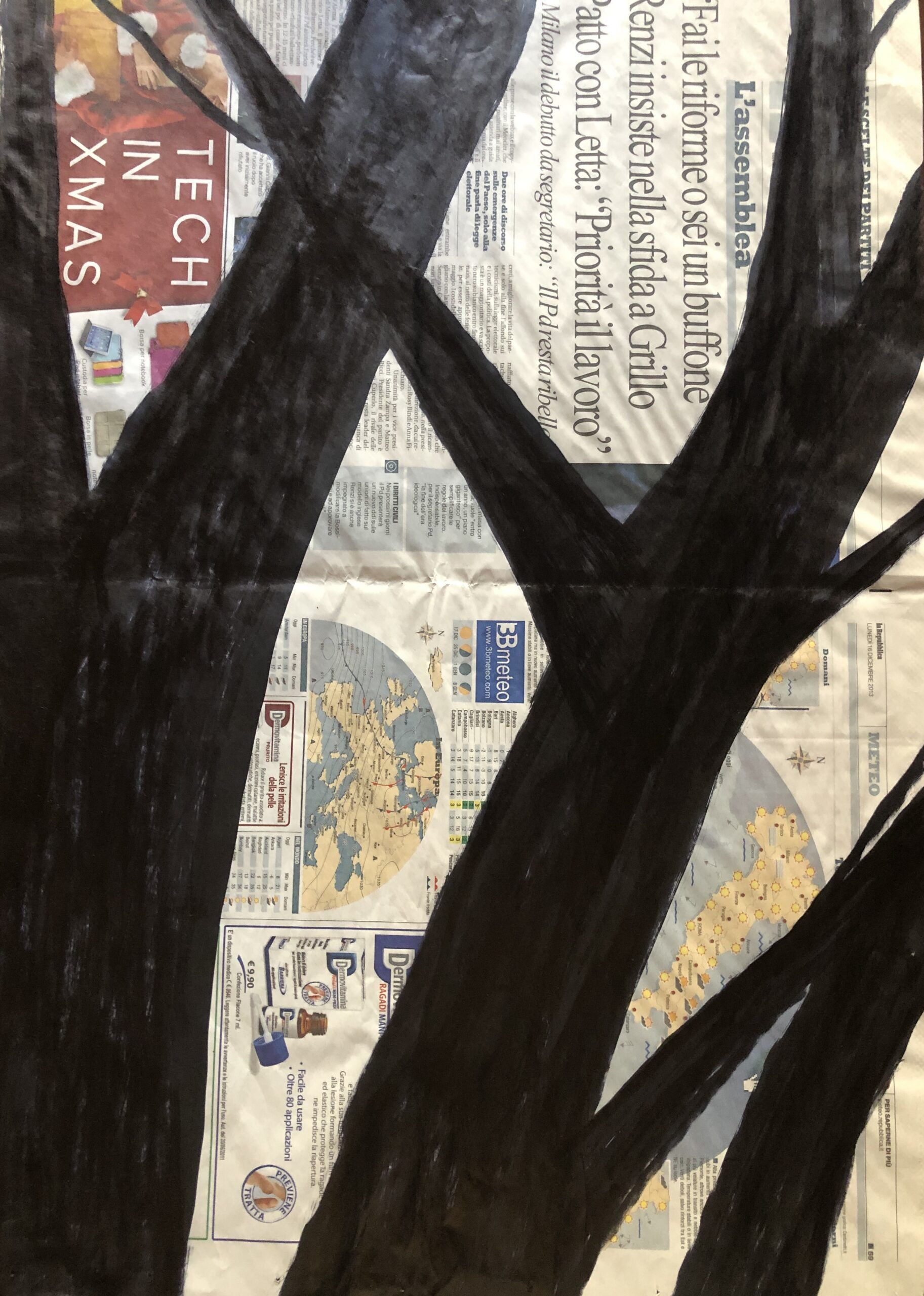
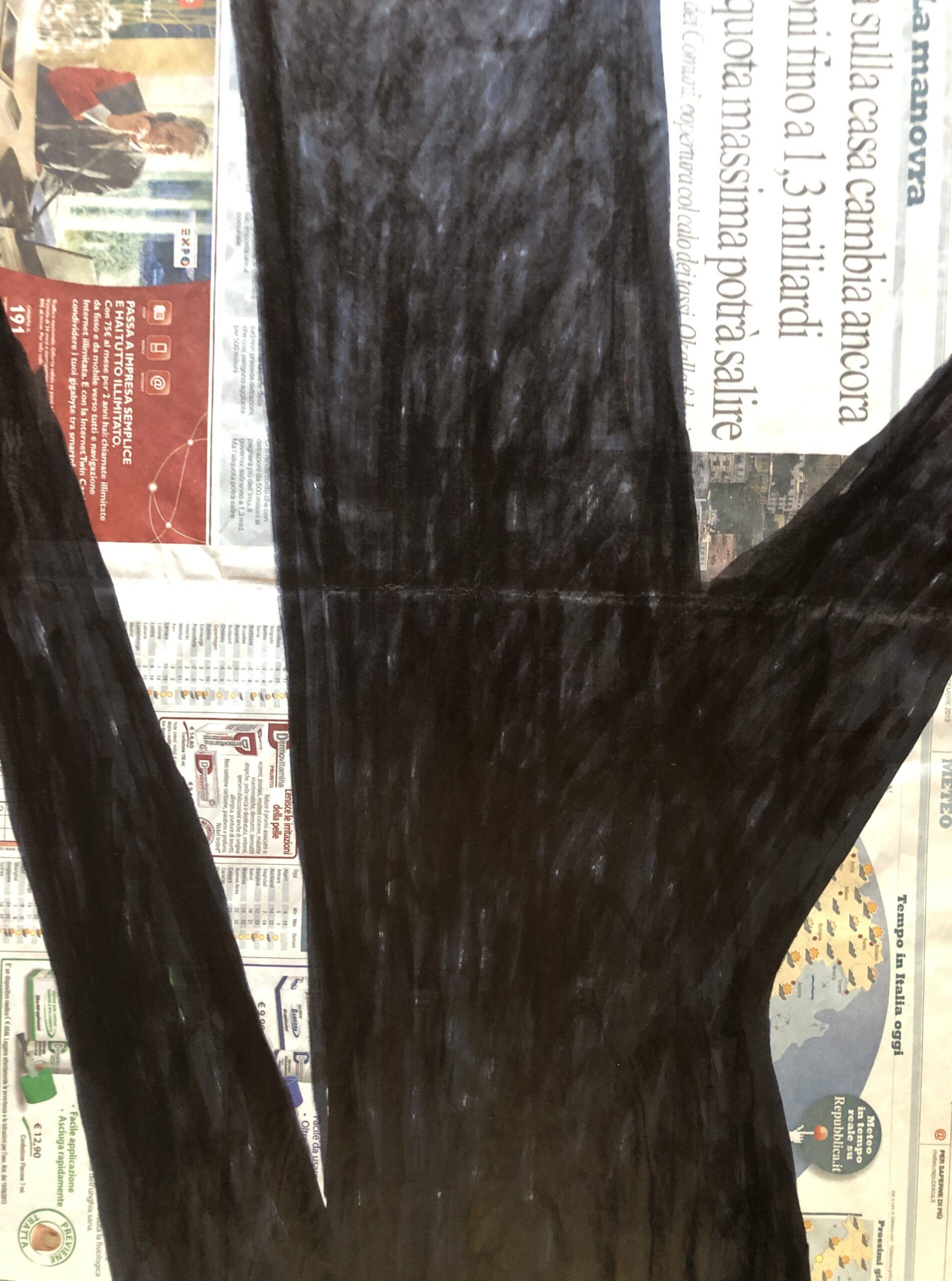
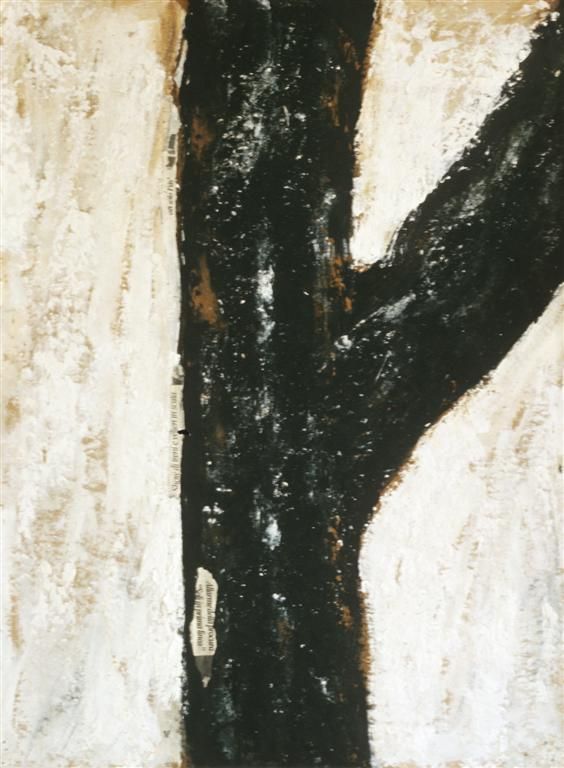

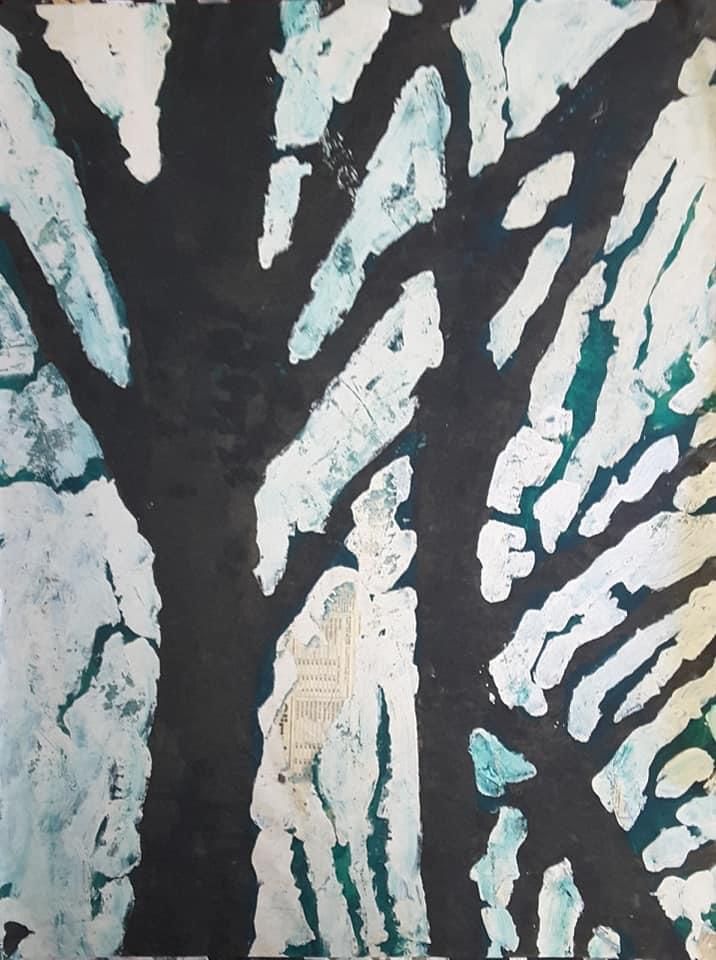
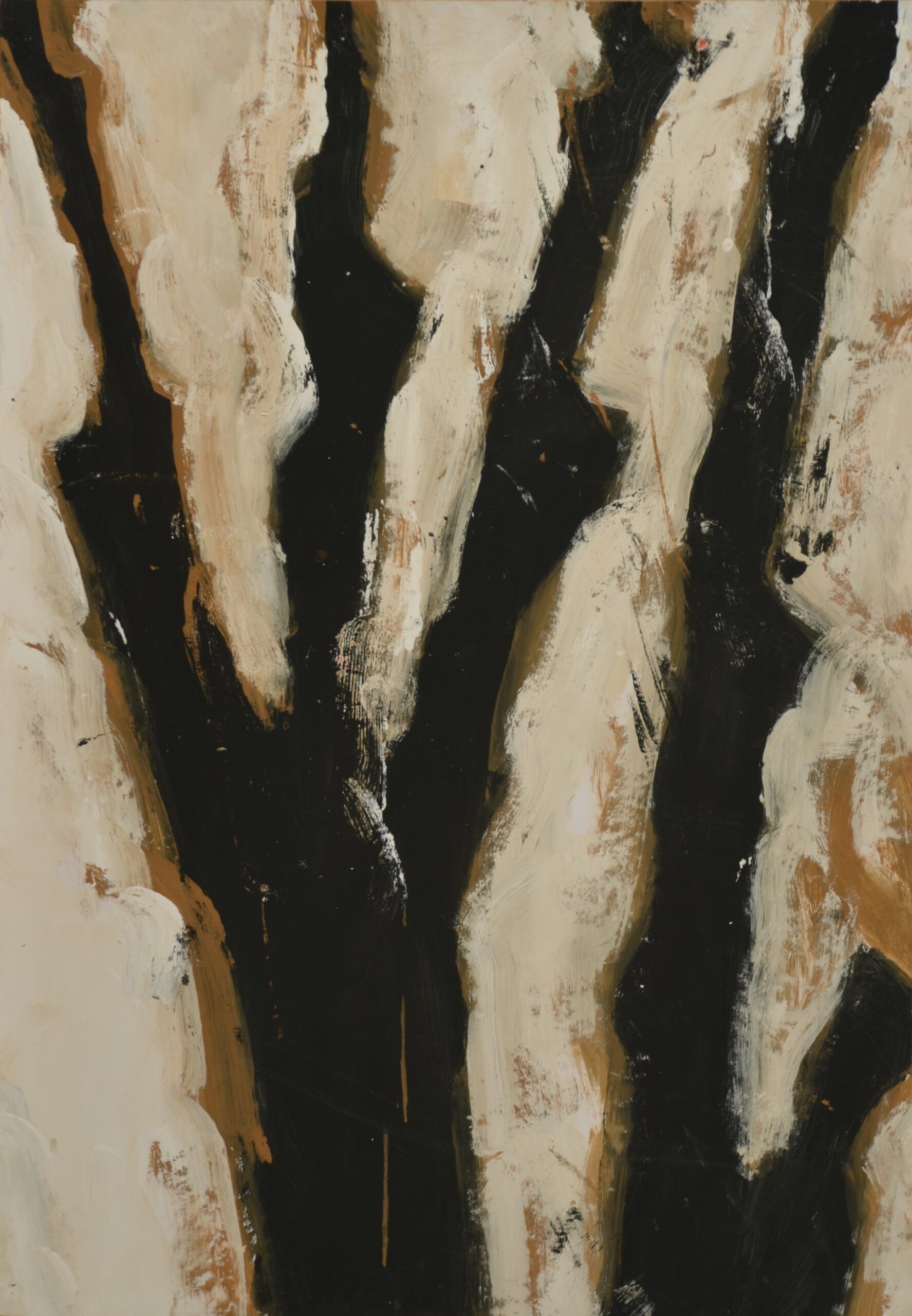
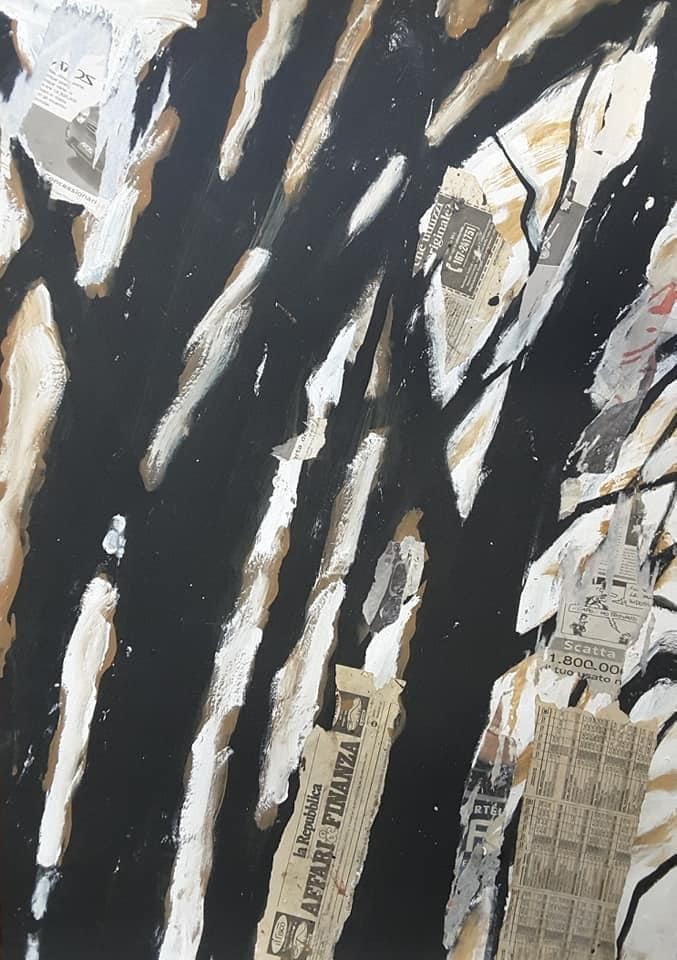

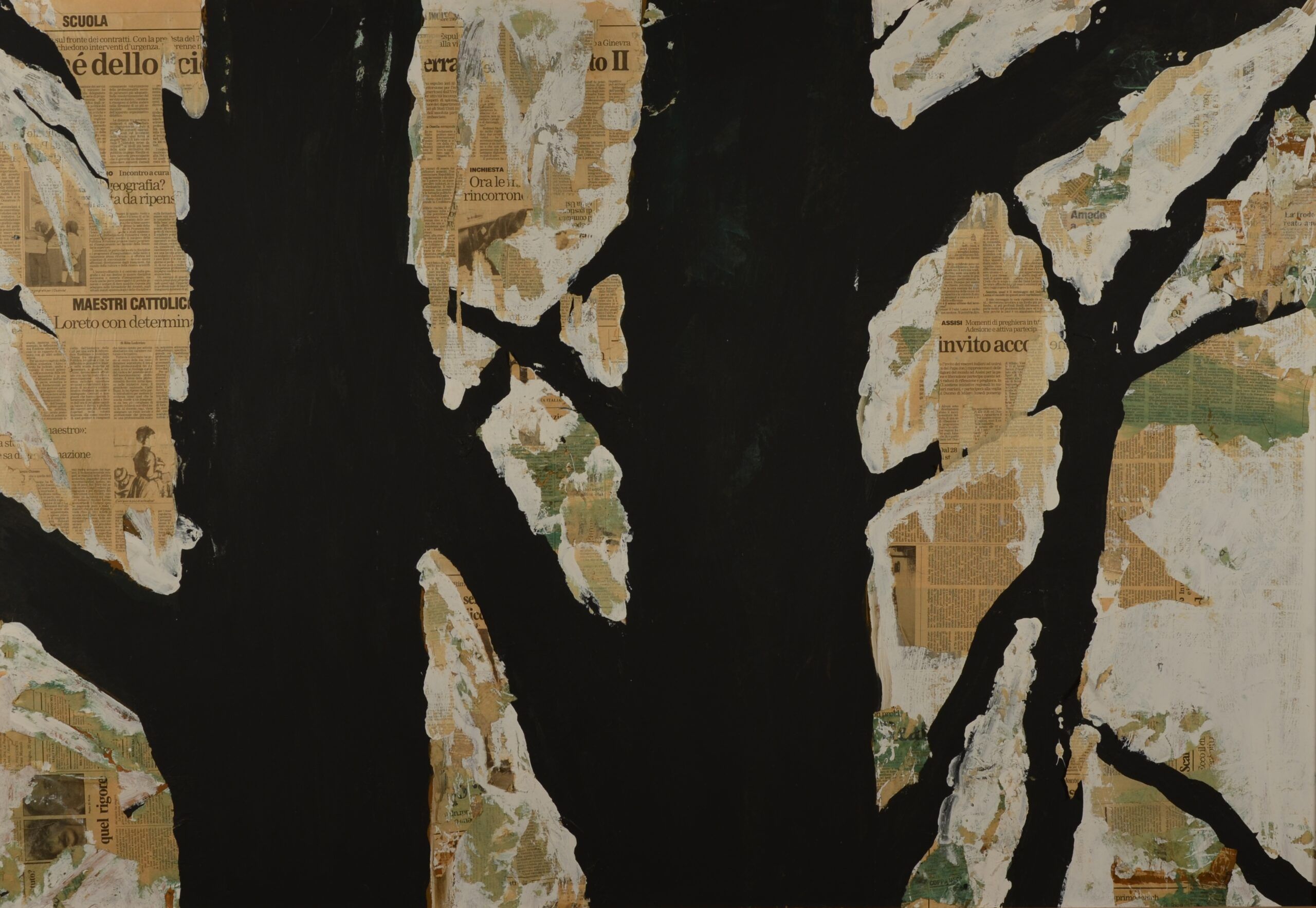

Gallery
Men and women with disfigured faces, insubstantial and evanescent figures, often acephalous. The city, with its contradictory dynamics, loses centrality; the urgency is in the dissipation of the true meaning of democracy, in the relentless race to hoard energy resources and raw materials, in the degradation of the natural environment, attacked and forgotten, in the war that has continued inexorably for over a decade.
Events & News
Highlights of special moments, near and far.
The Atelier
The atelier preserves the family’s rich pictorial and graphic collection (approximately 1,500 pieces, between paintings and graphics). It periodically organizes temporary exhibitions within its spaces, in order to promote knowledge about the collection, displaying the works in rotation.
It is located in Bologna in Via Saragozza 135 under the historic portico of San Luca.
The Atelier can be visited, by appointment, from October to June. Guided tours available.
The Museum
The Biblioteca Civica, managed by the Oderzo Cultura Foundation, displays the core of the collection owned by the Municipality of Oderzo, by the artist’s behest, custodian of his artworks (about 4000 pieces including paintings and graphics).
It is located in Oderzo (TV) in Via Garibaldi 80 at the Civic Library.
It can be visited during library opening hours and by appointment.
